– Press Release –
The EQS: the first electric vehicle in the luxury class
The 15 biggest innovations
The EQS is the first all-electric luxury sedan from Mercedes-EQ. With it, Mercedes-EQ is redefining this vehicle segment. The EQS is also the first model to be based on the modular architecture for luxury and executive-class electric vehicles. Fusing technology, design, functionality and connectivity, the EQS delights both drivers and passengers. First models on the market will be the EQS 450+ with 245 kW (electrical consumption NEDC combined: 19.1-16.0 kWh/100 km; CO2-emissions: 0 g/km) and the EQS 580 4MATIC with 385 kW (electrical consumption NEDC combined: 20.0-16.9 kWh/100 km; CO2-emissions:
0 g/km). The consumption figures according to WLTP: EQS 450+ electrical consumption combined
20.4-15.7 kWh/100 km, CO2-emissions 0 g/km; EQS 580 4MATIC electrical consumption combined
21.8-17.4 kWh/100 km, CO2-emissions 0 g/km.
As part of its Ambition 2039 initiative, Mercedes-Benz is working on offering a carbon-neutral new car fleet within 20 years from now. By as early as 2030, the company wants more than half the cars it sells to feature electric drive systems – this includes fully electric vehicles and plug-in hybrids. In many areas, Mercedes is already thinking about tomorrow today: the new EQS is designed to be correspondingly sustainable. The vehicles are produced in a carbon-neutral manner, and resource-saving materials such as carpets made from recycled yarn are used. This is because Mercedes-Benz considers the entire value chain, from development and the supplier network to its own production. Mercedes-Benz AG has had its climate protection targets confirmed by the Science Based Targets Initiative (SBTI).
With a great deal of meticulous detail work and on the basis of the Purpose design, the aerodynamicists, in close cooperation with the designers, were able to achieve a new cd best value of 0.20[1]. This makes the EQS the most aerodynamic production car in the world. The operating range particularly benefits from this. It is also among the best in terms of quiet running. The very low wind noise level contributes significantly to this.
The EQS also currently sets a very good value for recuperation: Of the maximum deceleration in the DAuto recuperation program of 5 m/s², up to 3 m/s² is achieved by recuperation (2 m/s² by the wheel brakes). This allows decelerating to a standstill without using the brake pedal, while at the same time the range benefits from this recuperation strategy and the high recuperation power (up to 290 kW[2]). Deceleration is also applied to detected vehicles ahead until they come to a standstill, for example at traffic lights. Intelligent energy recovery is situation-optimised with the aid of ECO Assist and acts with foresight, taking into account traffic conditions or topography, among other things. The driver also can set three energy recovery levels and the coast function via paddle shifters on the steering wheel.
With ranges up to 770 kilometres (WLTP) and an output of up to 385 kW the powertrain of the EQS also meets every expectation of a progressive sedan in the S-Class segment. A performance version with up to 560 kW is being planned. All EQS models have an electric powertrain (eATS) at the rear axle, while the versions with 4MATIC also have an eATS at the front axle.
The EQS marks the launch of a new generation of batteries with significantly higher energy density. The larger of the two batteries has a usable energy content of 107.8 kWh. That is around 26 percent more than the EQC (EQC 400 4MATIC: combined electrical consumption: 21.5-20.1 kWh/100 km; CO2 emissions: 0 g/km)[3]. The innovative battery management software, developed in-house, allows updates over the air (OTA). In this way, the energy management system remains up to date throughout the life cycle. In terms of the cell chemistry, the cobalt content of the cathodes has been reduced to ten percent.
The EQS can be charged with up to 200 kW at fast charging stations with direct current. Power for up to another 300 kilometres (WLTP) is recharged in just 15 minutes[4]. At home or at public charging stations, the EQS can be conveniently charged with up to 22 kW with AC using the on-board charger. In addition, there are various intelligent charging programs that can be activated automatically depending on the location, and functions such as particularly battery-saving charging.
By means of high-quality certificates of origin, Mercedes-Benz guarantees that energy from renewable energy sources is fed into the grid for charging current sourced via Mercedes me Charge. This so-called Green Charging has been an integral part of Mercedes me Charge since 2021. But Mercedes me Charge can do even more: drive to the appropriate charging station[5], open the flap, plug in and the current starts flowing: this is how easy the charging process is with the EQS, thanks to Plug & Charge. Other highlights include the densest network of charging points, with more than 500,000 of them in 31 countries, including over 200,000 in Europe. With IONITY Unlimited, all European Mercedes me Charge customers can use the fast charging network free of charge for one year.
Navigation with Electric Intelligence plans the fastest and most convenient route, including charging stops, based on numerous factors and reacts dynamically to traffic jams or a change in driving style, for example. A new feature of the EQS is a visualisation in the infotainment system (MBUX Mercedes-Benz User Experience) showing whether the available battery capacity is sufficient to return to the starting point without charging. Charging stations along the route that have been added manually are given preference in the route calculation. Proposed charging stations can be excluded. The estimated charging costs per charging stop are calculated.
Although the EQS is a close relative of the new S-Class, it is built on an all-electric architecture. This completely new concept made a rigorous Purpose Design possible: with its one-bow lines and cab-forward design with fastback, the EQS is clearly distinguishable from vehicles with combustion engines even at first glance. The design philosophy of Sensual Purity, combined with Progressive Luxury, is reflected in generously sculpted surfaces, reduced joints and seamless transitions (seamless design).
The front is combined into a ‘Black Panel’ unit. Innovative headlights connected by a light band and the deep black radiator grille (Black Panel) form the distinctive face. The exclusive look of the Black Panel radiator grille with central Mercedes star can be enhanced still further: as an optional extra, they are also available with a three-dimensional star pattern. This so-called Mercedes-Benz pattern is available in conjunction with AMG Line Exterior or Electric Art Exterior. The design picks up on the original star of the Daimler-Motorengesellschaft, which was registered as a trademark in 1911.
The EQS is the first Mercedes to offer the option of activating completely new vehicle functions via over-the-air updates (OTA) in many functional areas. Available from launch: two special driving programs for young drivers and service staff, some little games and the demo program “The Best or Nothing”. This means that, following the purchase and the initial new-car configuration, some of the features of the EQS can be adapted according to personal preferences. It will also be possible to unlock the rear axle steering with the larger steering angle of ten degrees. In addition to the classic purchase of individual functions, subscriptions, temporary activations and free test phases are also planned.
With ENERGIZING AIR CONTROL PLUS, Mercedes-Benz is taking a comprehensive approach to air quality in the EQS. The system is based on filtration, sensors, a display concept and air conditioning. The HEPA (High Efficiency Particulate Air) filter has a very high filtration level that enables it to trap fine particles, micro-particles, pollen and other substances that enter with the outside air. Sulphur dioxide, nitrogen oxides and odours are also reduced thanks to an activated charcoal coating. The HEPA filter has the “OFI CERT” ZG 250-1 certification in the area of viruses and bacteria. Using pre-entry climate control, it is also possible to clean the interior air before getting into the vehicle. The particulate levels outside and inside the vehicle are also displayed in MBUX. They can be viewed in detail in the dedicated Air Quality menu. If the quality of the outside air is low, the system can also recommend closing the side windows or the sliding sunroof.
As an option, the EQS has automatic comfort doors[6] at the front and rear. When the driver approaches the car, first of all the door handles extend. As he or she approaches further, the driver’s door opens automatically. Using MBUX, the driver is also able to open the rear doors, for example, to let in children in front of the school.
As an exceptionally intelligent vehicle, the EQS has up to 350 sensors, depending on the equipment. These record distances, speeds and accelerations, lighting conditions, precipitation and temperatures, seat occupancy as well as the driver’s blink of an eye or the passengers’ speech. This wealth of information is processed by control units that, controlled by algorithms, make decisions at lightning speed. So they are the brain, so to speak. The new EQS can expand its capabilities based on new experiences, because it is highly capable of learning thanks to artificial intelligence (AI).
The all-round sound experience in the EQS also makes the paradigm shift from a conventional to an electric car audible. A variety of soundscapes allows for an individual acoustic set-up. In combination with the Burmester® surround sound system, the EQS features the two soundscapes Silver Waves and Vivid Flux. As Sound Experiences they can be selected or switched off on the central display. Another soundscape can be unlocked using over-the-air technology. The interactive driving sound, which is reproduced via the sound system’s loudspeakers in the interior, also moves within the respective sound world.
New to ENERGIZING COMFORT are the three ENERGIZING NATURE programs Forest Glade, Sound of the Sea and Summer Rain. These provide an immersive and impressively realistic on-board sound experience. These calming sounds were created in consultation with the acoustic ecologist Gordon Hempton. As with the other programs that form part of ENERGIZING Comfort, lighting moods and images are used to address other senses.
The standard rear-axle steering with a steering angle of up to 4.5 degrees contributes to the handy and dynamic impression of the EQS. Alternatively, rear-axle steering with a steering angle of up to ten degrees can be ordered or subsequently activated by an upgrade over the air (OTA). This enables a turning circle of 10.9 metres for the EQS, which is over five metres long. This corresponds to the turning circle of many models in the compact class. The respective rear-axle angles and trajectories are shown in the driving mode menu in the central display.
Thanks to powerful sensors that monitor the vehicle’s surroundings, the parking systems can help the driver with manoeuvring in many areas. The driver can park and unpark the car via smartphone using Remote Parking Assist. With the pre-installation for the INTELLIGENT PARK PILOT, the EQS is prepared for Automated Valet Parking (AVP, SAE level 4). If equipped with the required optional extra and the corresponding Connect service (depending on the country), the vehicle has the technology on board to park and unpark fully automatically and without the driver in car parks equipped with AVP infrastructure, provided that national laws allow such operation.
The revolutionary DIGITAL LIGHT headlamp technology (standard from Advanced Plus equipment level) enables guide markings or warning symbols to be projected onto the road. New are the two assistance functions[7] that display the start of the cooperative lane change and provide a warning/direction instruction if Lane Keeping Assist or Blind Spot Assist detect a hazard. DIGITAL LIGHT has a light module with three extremely powerful LEDs in each headlamp, whose light is refracted and directed by 1.3 million micro-mirrors. The resolution is therefore more than 2.6 million pixels per vehicle.
With the optional DRIVE PILOT, the EQS will be able to drive in conditionally automated mode at up to 60 km/h where traffic density is high or in tailbacks on suitable motorway sections, initially in Germany. By relieving the pressure on the driver, the system enables him or her to undertake secondary activities[8] such as browsing on the internet or dealing with emails in the In-Car Office, and so gain extra time.
The MBUX Hyperscreen is the absolute highlight in the interior. This large, curved screen unit sweeps almost from A-pillar to A-pillar. Three screens sit under a cover glass and appear to merge into one. The 12.3-inch OLED display for the front passenger gives him or her their own display and control area. The entertainment functions are only available there while the car is being driven in accordance with the country-specific legal regulations. Mercedes-EQ relies on an intelligent, camera-based locking logic: if the camera detects that the driver is looking at the front passenger display, it is automatically dimmed.
With adaptive software, MBUX adapts completely to its user and makes personalised suggestions for numerous infotainment, comfort and vehicle functions. With the zero layer, the most important applications are always offered on the top level within the field of vision, according to situation and context.
The latest generation of driver assistance systems includes numerous driver support functions. New, for example, is the additional microsleep warning from ATTENTION ASSIST. It analyses the driver’s eyelid movements through a camera on the driver’s display (only in conjunction with MBUX Hyperscreen). The assistance display within the driver’s display shows the operation of the driving assistance systems in a comprehensible full-screen view.
The principles of Integral Safety, in particular accident safety, apply regardless of the platform. Like all other Mercedes, the EQS therefore features a rigid passenger cell, special deformation zones and state-of-the-art restraint systems. PRE-SAFE® is standard. The fact that the EQS is based on an all-electric architecture also opened up new design possibilities for its safety concept. It meant, for example, that a favourable location could be chosen for the installation of the battery, in a crash-protected area in the underbody. And because there is no large engine block on board, the behaviour in a frontal crash could be modelled even better. In addition to the standard crash tests, the car’s performance in various additional load situations was verified and extensive component tests carried out at the Vehicle Safety Technology Centre (TFS).
Key technical data[9]
|
|
EQS 450+ |
EQS 580 4MATIC |
| Drive system layout |
|
Rear-wheel |
All-wheel |
| Electric motor(s) |
Model |
Permanently excited synchronous motor(s) (PSM) |
| Max. powertrain output[10] |
kW |
245 |
385 |
| Max. torque transmission output |
Nm |
568 |
855 |
| Acceleration 0-100 km/h |
s |
6.2 |
4.3 |
| Top speed[11] |
km/h |
210 |
210 |
| Battery energy content, usable (WLTP) |
kWh |
107.8 |
107.8 |
| Rated voltage |
Volts |
396 |
396 |
| Energy recovery capacity, max.[12] |
kW |
186 |
290 |
| On-board charger (standard/option) |
kW |
11/22 |
11/22 |
| Charging time[13] at wallbox or at public charging station (AC charging, 11/22 kW) |
h |
10/5 |
10/5 |
| Charging time[14] at a rapid charging station (DC) |
min |
31 |
31 |
| DC charging capacity, max. |
kW |
200 |
200 |
| DC charging in 15 minutes[15] (WLTP) |
km |
Up to 300 |
Up to 280 |
|
| Combined fuel consumption (WLTP) |
kWh/100 km |
20.4-15.7 |
21.8-17.4 |
| CO2 emissions (WLTP) |
g/km |
0 |
0 |
| Combined fuel consumption (NEDC) |
kWh/100 km |
19.1-16.0 |
20.0-16.9 |
| CO2 emissions (NEDC) |
g/km |
0 |
0 |
|
|
| Vehicle |
|
| Length/width/height |
mm |
5216/1926/1512 |
| Length/width/height (USA) |
mm |
5265/1926/1513 |
| Track front/rear |
mm |
1667/1682 |
| Turning circle (with rear-axle steering 4.5°/10°) |
m |
11.9/10.9 |
| Boot capacity, VDA |
L |
610-1770 |
| Weight in roadworthy condition[16] |
kg |
2480 |
2585 |
| Payload |
kg |
465-545 |
475-550 |
| Perm. gross vehicle weight |
kg |
2945-3025 |
3060-3135 |
| cd value from |
|
0.20[17] |
0.209 |
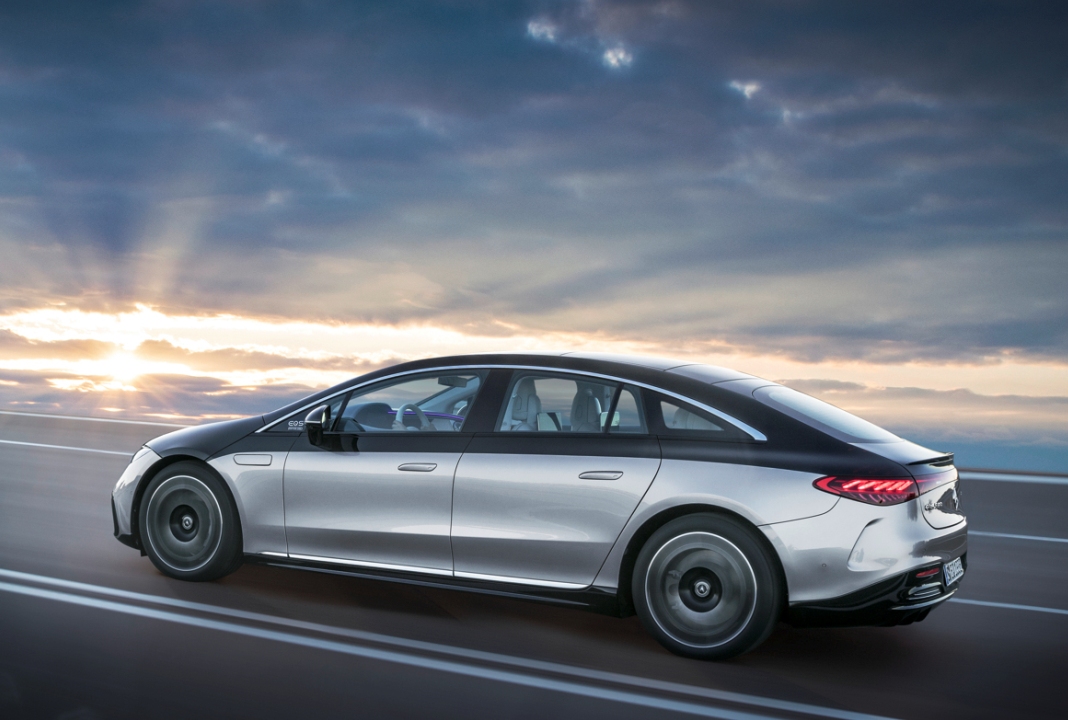 Interesting facts & figures
Interesting facts & figures
The new EQS: at a glance
Depending on the size of the battery and the vehicle equipment and configuration, WLTP ranges of up to 770 kilometres[18] are possible.
The path to the aerodynamics world record of the EQS required several 1000 calculation runs in the virtual wind tunnel with approx. 700 CPUs per calculation. With a cd figure from 0.20[19] the EQS is the world’s most aerodynamic production car. The frontal area of the EQS is 2.51 m2. This results in an effective air resistance from 0.5 m².
The momentum delivered to the wheels by the eATS is checked 10,000 times per minute and set if necessary. This enables a much faster response in the versions with 4MATIC than with mechanical all-wheel drive.
The modular drive concept allows a wide range of maximum total drive powers from 245 to 385 kW. A performance version with up to 560 kW is being planned.
Of the maximum deceleration in the DAuto recuperation program of 5 m/s², up to 3 m/s² is achieved by recuperation (2 m/s² by the wheel brakes). This allows decelerating to a standstill without using the brake pedal, while at the same time the range benefits from this recuperation strategy and the high recuperation power (up to 290 kW[20]).
On request, the EQS has four automatic comfort doors[21]. Via MBUX, the driver has the option of opening the rear doors remotely and letting children get in at school, for example.
The standard rear-axle steering with a steering angle of up to 4.5° contributes to the handy and dynamic impression of the EQS. Alternatively, rear-axle steering with a steering angle of up to 10° can be ordered or subsequently activated by an upgrade over the air (OTA). This enables a turning circle of 10.9 metres for the EQS, which is over five metres long.
DIGITAL LIGHT has a light module with three extremely powerful LEDs in each headlamp, whose light is refracted and directed by 1.3 million micro-mirrors. The resolution is therefore more than 2.6 million pixels per vehicle.
Mercedes me Charge has the densest charging network with over 500,000 charging points in 31 countries, including over 200,000 in Europe.
With the MBUX Hyperscreen, multiple displays merge seamlessly to create an impressive curved screen band over 141 centimetres wide. The area perceived by the occupants measures 2432.11 sq. cm.
The large glass covering the MBUX Hyperscreen is curved in three dimensions in a moulding process at temperatures of approx. 650°C. This process allows a distortion-free view of the display unit across the entire width of the vehicle, irrespective of the radius of the glass cover.
Depending on the equipment, up to 350 sensors monitor the functions of the EQS or peer into the vehicle’s surroundings. And that’s not even counting the antennas. The sensors record, for example, distances, speeds and accelerations, lighting conditions, precipitation and temperatures, the occupancy of seats as well as the driver’s blink of an eye or the passengers’ speech.
The optional driving sound of the EQS is interactive and reacts to a good dozen different parameters such as the position of the accelerator pedal, speed or recuperation.
No.6 MOOD Linen is the name of the fragrance composed especially for the EQS. It bears the number 6 because the first electric cars were added to the model range in 1906 with the “Mercédès Electrique” vehicles.
More than 40 new inventions have found their way into EQS. In addition, 20 design applications protect the extraordinary design of the electric luxury sedan.
To get to the most important applications of MBUX, the user has to scroll through 0 menu levels. That’s why it’s called a zero layer.
The display area of the optionally available larger head-up display corresponds to a screen with a diagonal of 77 inches. The imaging unit consists of a high-resolution matrix of 1.3 million individual mirrors.
The “Mercedes-Benz pattern” is used in several places in the EQS, for example, in the exterior as a special variant of the Black Panel front or in a light-alloy wheel design. In the interior, the Mercedes-Benz pattern can be found in the backlit trim elements with laser-cut[22] or on the front passenger display as a digital decorative image. It is an abstracted, three-dimensional star pattern based on an early trademark of the Daimler Motorengesellschaft (DMG), which was entered in the trademark registry on 9 February 1911.
The HEPA filter (High Efficiency Particulate Air) as part of the optional equipment ENERGIZING AIR CONTROL Plus with a volume of 9.82 dm³ cleans the incoming outside air at its very high filtration level. Over 99.65 percent of particles of all sizes are eliminated. Around 600 grams of activated charcoal are used to neutralise odours. The adsorption area is equivalent to about 150 football fields.
For haptic feedback during operation, a total of 12 actuators are located under the touchscreen surfaces of the MBUX Hyperscreen. If a finger touches certain spots there, they trigger a tangible vibration in the cover plate.
The Burmester® surround sound system in the EQS comprises 15 speakers with a total output of 710 watts and produces an unusually expressive, natural sound – the Burmester “feel-good sound”.
A coating on the cover glass simplifies cleaning of the MBUX Hyperscreen. The curved glass itself consists of particularly scratch-resistant aluminium silicate.
The EQS is the first production car with a cd value starting from 0.20[23]. In this way, it makes use of the advantages of the Purpose Design.
8 CPU cores, 24 GB RAM and 46.4 GB per second RAM memory bandwidth are some of the MBUX technical data.
The brightness of the MBUX Hyperscreen’s screen is adjusted to the ambient conditions using the measurement data from 1 multifunction camera and an additional 1 light sensor.
With up to seven profiles, the display area of the MBUX Hyperscreen for the front passenger can be individualised (only available in Dubai and Abu Dhabi).
“Hey Mercedes” supports 27 languages with Natural Language Understanding (NLU).
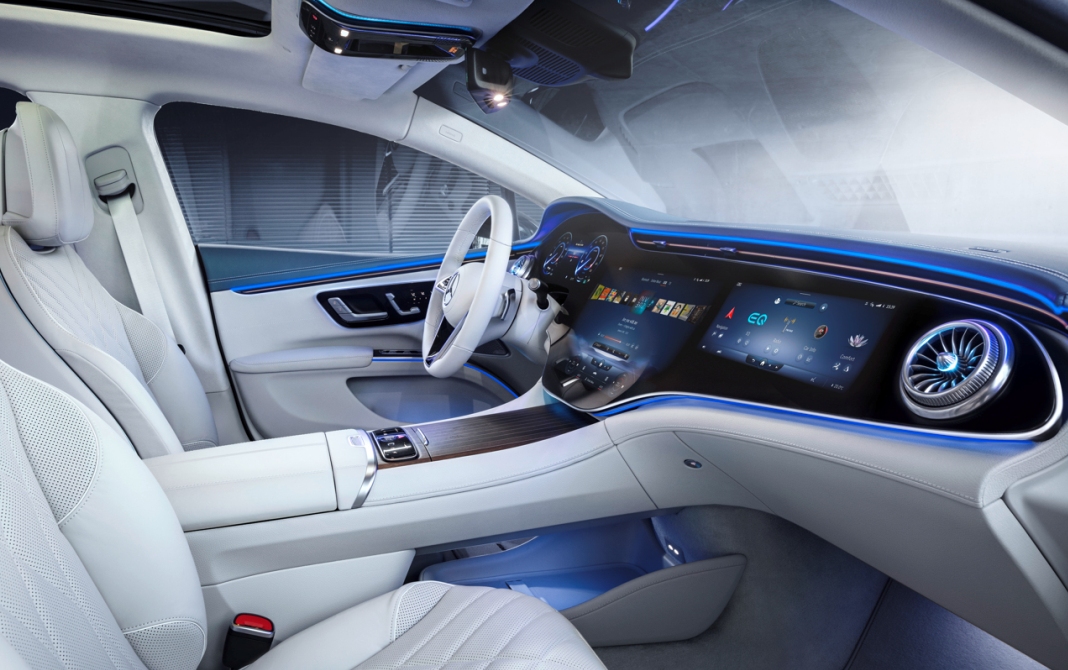
[1] With 19-inch AMG wheel/tyre combination (available in the EU from the end of 2021) in SPORT driving mode
[2] This value refers to the electrical power fed into the electric battery due to recuperation. It can be achieved under optimal environmental conditions, depending on, among other things Charge status and temperature. Deviations are possible.
[3] The electrical consumption has been determined on the basis of Commission Regulation (EC) 692/2008.
[4] Charging speed at DC fast charging stations with 500 amps
[6] Follow after market launch
[7] Owing to road traffic regulations, the availability and functions of these new assistance functions may be restricted in certain markets.
[8] The legally permissible secondary activities of the driver depend on the relevant national traffic regulations.
[9] Technical data of the EQS concerning mileage, range, output, torque, recuperation and performance in this publication is provisional, and was calculated internally in accordance with the applicable certification method. Confirmed TÜV figures, EC type approval and conformity certification with official figures are not yet available. Differences between the stated figures and the official figures are possible.
[10] The system output does not result from the simple addition of individual output figures.
[11] Electronically limited
[12] This value refers to the electrical power fed into the electric battery due to recuperation. It can be achieved under optimal environmental conditions, depending on, among other things Charge status and temperature. Deviations are possible.
[13] The charging times are for a 10-100% full charge at a wallbox or public charging station (AC connection with at least 11/22 kW, 16/32 A per phase)
[14] The charging times are for 10-80% full charge at a DC quick charging station with a supply voltage of 400 V, current at least 500 A.
[15] At DC fast charging stations with 500 amps based on WLTP range.
[16] According to EC
[17] With 19-inch AMG wheel/tyre combination (available in the EU from the end of 2021) in SPORT driving mode
[18] Technical data of the EQS concerning mileage, range, output, torque, recuperation and performance in this publication is provisional, and was calculated internally in accordance with the applicable certification method. Confirmed TÜV figures, EC type approval and conformity certification with official figures are not yet available. Differences between the stated figures and the official figures are possible.
[19] With 19-inch AMG wheel/tyre combination (available in the EU from the end of 2021) in SPORT driving mode
[20] This value refers to the electrical power fed into the electric battery due to recuperation. It can be achieved under optimal environmental conditions, depending on, among other things charge status and temperature. Deviations are possible.
[21] Follow after market launch
[22] Follows after market launch
[23] With 19-inch AMG wheel/tyre combination (available in the EU from the end of 2021) in SPORT driving mode
 Shipments are planned to start in June, the Kremlin says. The majority of Aurus vehicles are planned to be sold on the international markets, mainly in the Middle East.
Shipments are planned to start in June, the Kremlin says. The majority of Aurus vehicles are planned to be sold on the international markets, mainly in the Middle East.


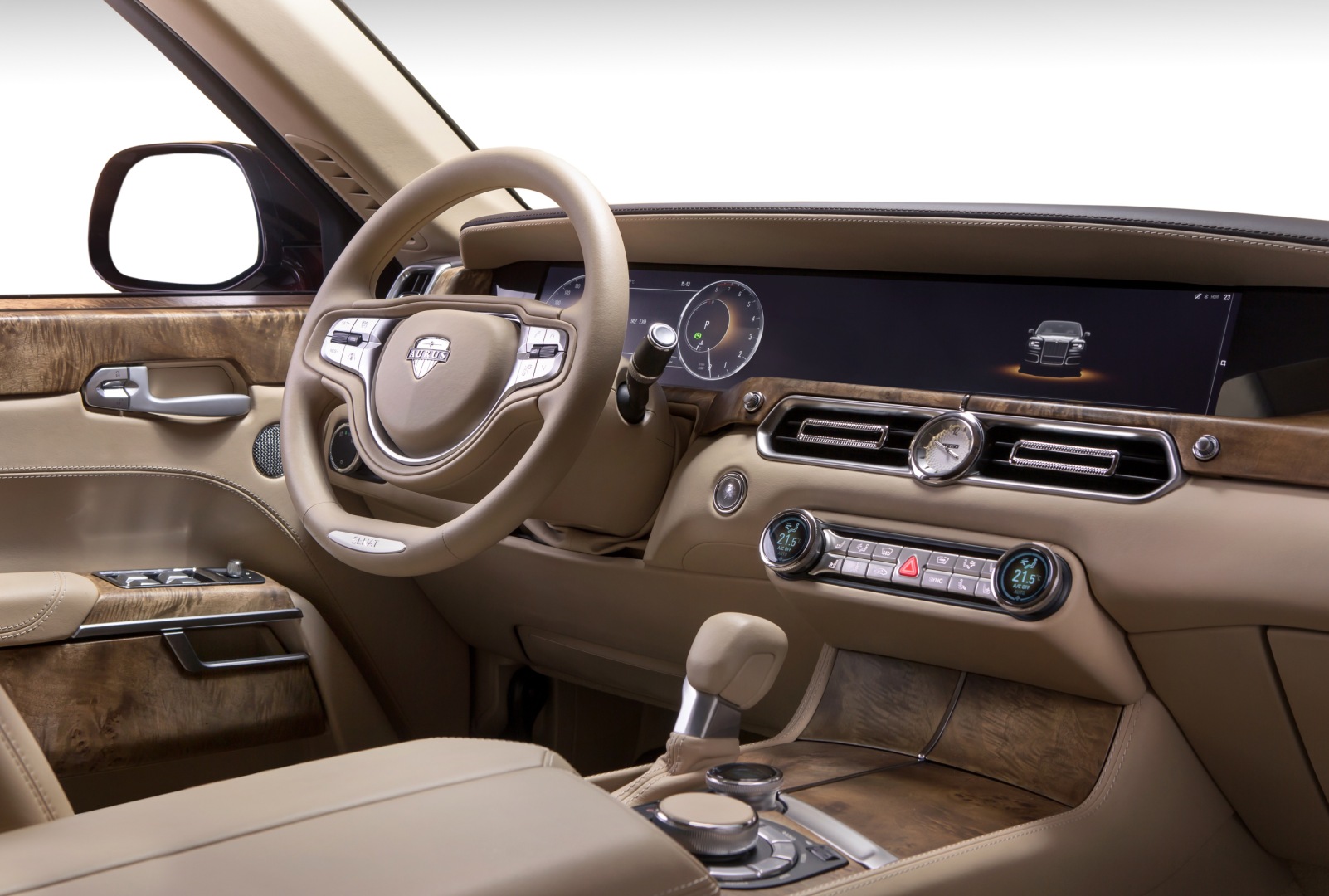

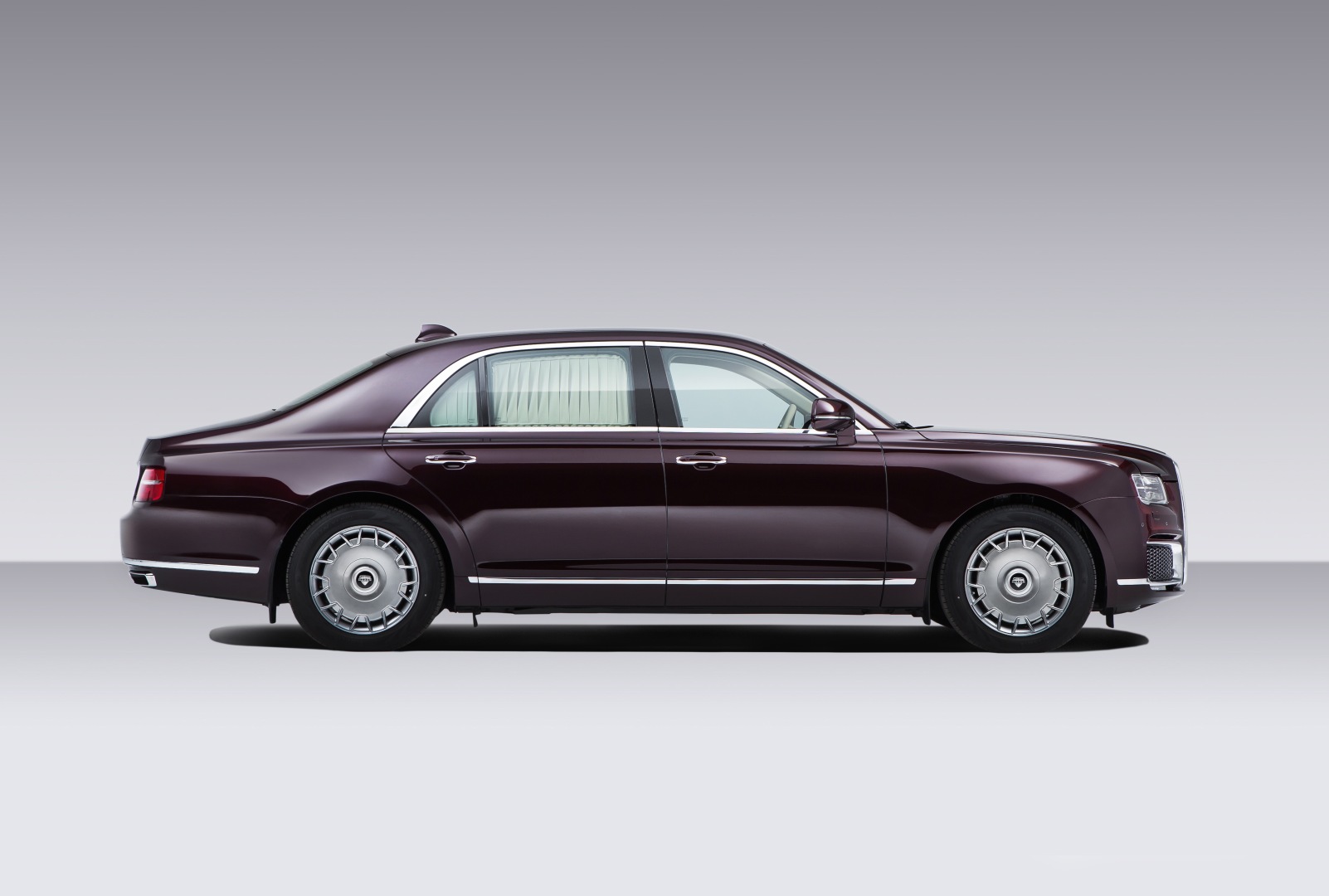
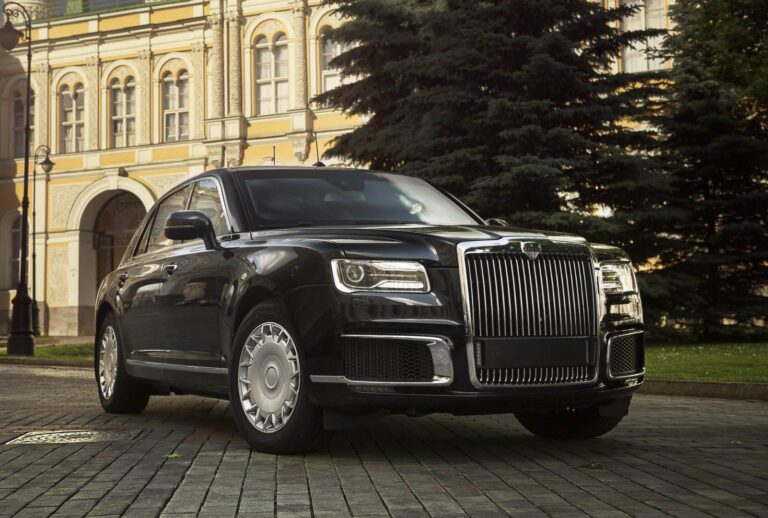

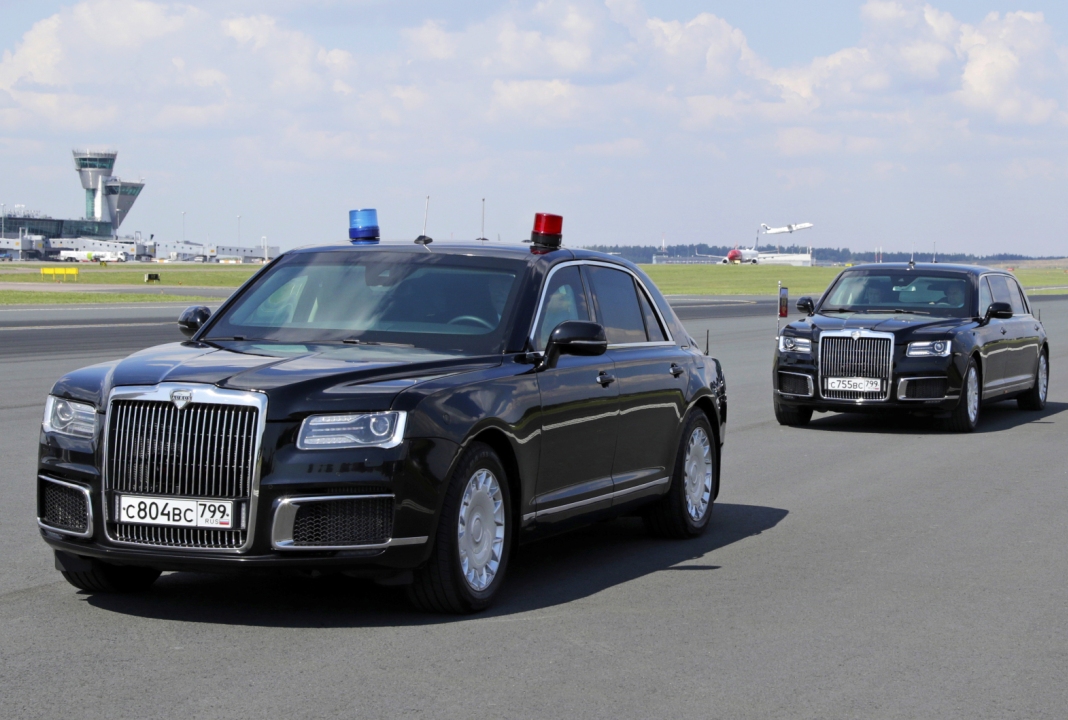
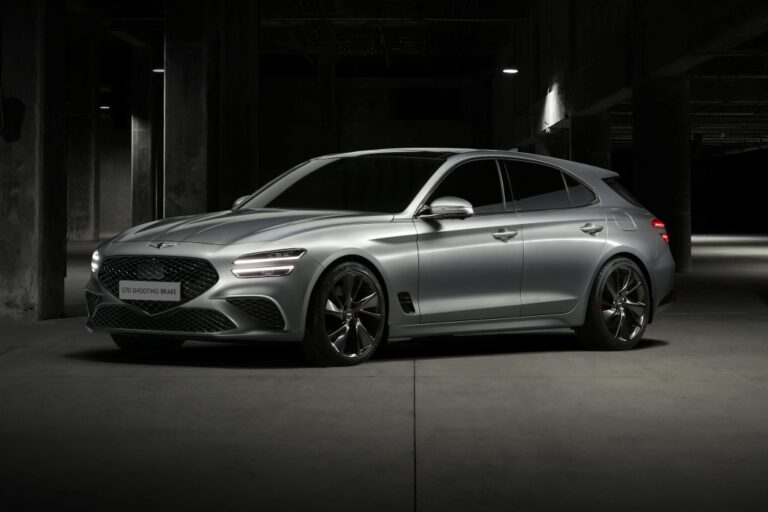





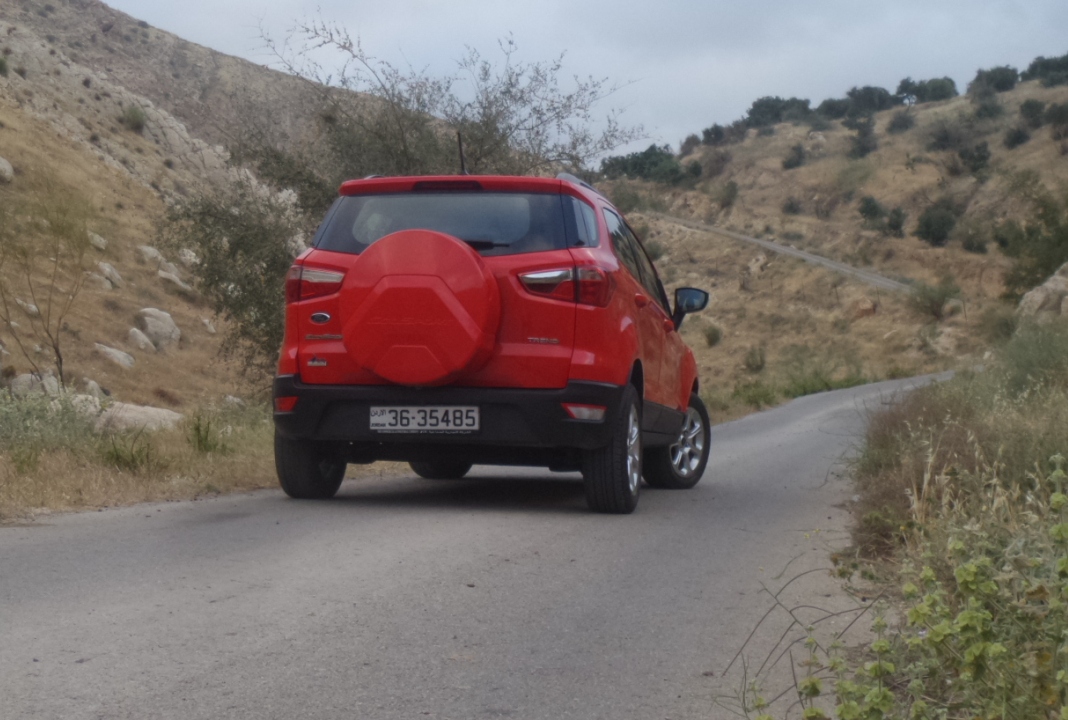 Face-lifted for the better in 2018, the EcoSport ditched a somewhat ungainly stacked grille for the much cleaner, more charismatic current fascia, and its almost playfully aggressive interpretation of larger Fords’ contemporary design language. With big and broad twin-slat and slotted grill flanked by squinting and browed lights, the EcoSport’s feisty flavour is complemented with an eager stance implied by its rising waistline, jutting tailgate spoiler and high-set rear lights. Prominent wheel-arches and lower black cladding meanwhile play up its SUV-inspired aesthetic, and good off-road angles deliver genuine dirt road ability.
Face-lifted for the better in 2018, the EcoSport ditched a somewhat ungainly stacked grille for the much cleaner, more charismatic current fascia, and its almost playfully aggressive interpretation of larger Fords’ contemporary design language. With big and broad twin-slat and slotted grill flanked by squinting and browed lights, the EcoSport’s feisty flavour is complemented with an eager stance implied by its rising waistline, jutting tailgate spoiler and high-set rear lights. Prominent wheel-arches and lower black cladding meanwhile play up its SUV-inspired aesthetic, and good off-road angles deliver genuine dirt road ability. Progressive in delivery and happily revving to redline, the EcoSport’s engine is responsive at low-end and flexible in mid-range for a compact non-turbo unit, and is estimated to propel its 1,212kg mass through 0-100km/h in 13-seconds and onto around 175km/h. Driving the front wheels, the EcoSport’s engine would ideally be mated to a manual gearbox, as available in its domestic Indian market. However, the regionally-available 6-speed automatic is smooth, slick and intuitive shifting, with well-judged ratios, but only offers two selectable driving options, and not manually individual and sequential gear selection.
Progressive in delivery and happily revving to redline, the EcoSport’s engine is responsive at low-end and flexible in mid-range for a compact non-turbo unit, and is estimated to propel its 1,212kg mass through 0-100km/h in 13-seconds and onto around 175km/h. Driving the front wheels, the EcoSport’s engine would ideally be mated to a manual gearbox, as available in its domestic Indian market. However, the regionally-available 6-speed automatic is smooth, slick and intuitive shifting, with well-judged ratios, but only offers two selectable driving options, and not manually individual and sequential gear selection.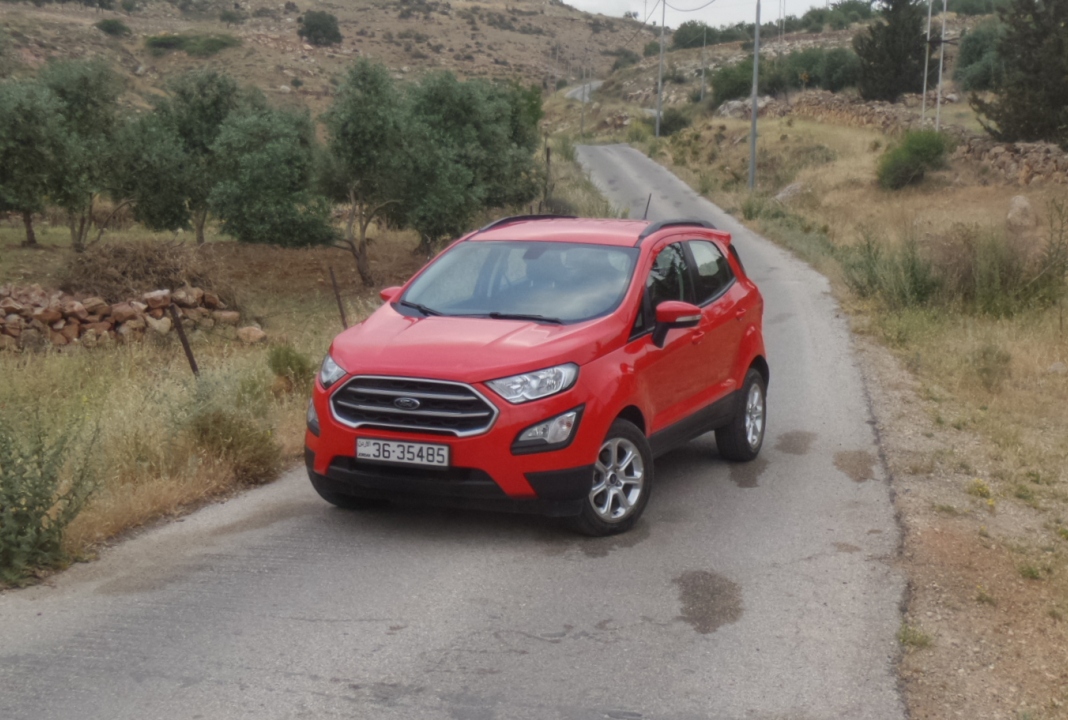 Tidily eager into corners with quick steering, lightweight engine and short wheelbase, the EcoSport turns on a proverbial dime yet well controls body lean for a tall comfortable riding crossover. Easy to precisely place on road with its compact dimensions, good front visibility and nuanced and intimate steering feel and feedback, the EcoSport makes swift point-to-point progress with little need to dial back momentum through twist and turns. Fun and fast cross country, the EcoSport’s suspension is meanwhile supple yet settled, and its brakes intuitive in pedal travel and response.
Tidily eager into corners with quick steering, lightweight engine and short wheelbase, the EcoSport turns on a proverbial dime yet well controls body lean for a tall comfortable riding crossover. Easy to precisely place on road with its compact dimensions, good front visibility and nuanced and intimate steering feel and feedback, the EcoSport makes swift point-to-point progress with little need to dial back momentum through twist and turns. Fun and fast cross country, the EcoSport’s suspension is meanwhile supple yet settled, and its brakes intuitive in pedal travel and response.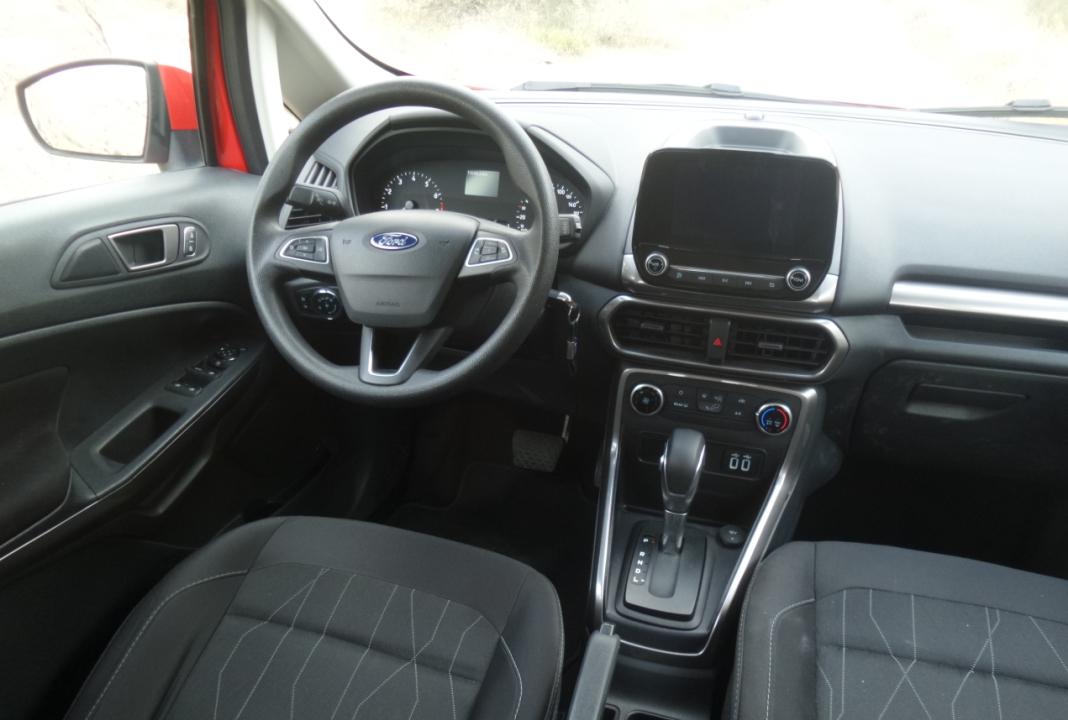 Well packaged inside in terms of space efficiency, the EcoSport offers genuinely good rear headroom and adequate rear legroom. With its spare tyre located externally on its side-swinging tailgate, the EcoSport has a spacious vertically-oriented cargo area with additional underfloor storage, and allows useful access in low roof garages. The downside of the external spare tyre is that one needs to be careful it doesn’t bump into walls or other cars when opening the tailgate in narrow parking spaces. Easy to maneuver in such confines, the EcoSport meanwhile features rear parking sensors and camera.
Well packaged inside in terms of space efficiency, the EcoSport offers genuinely good rear headroom and adequate rear legroom. With its spare tyre located externally on its side-swinging tailgate, the EcoSport has a spacious vertically-oriented cargo area with additional underfloor storage, and allows useful access in low roof garages. The downside of the external spare tyre is that one needs to be careful it doesn’t bump into walls or other cars when opening the tailgate in narrow parking spaces. Easy to maneuver in such confines, the EcoSport meanwhile features rear parking sensors and camera.
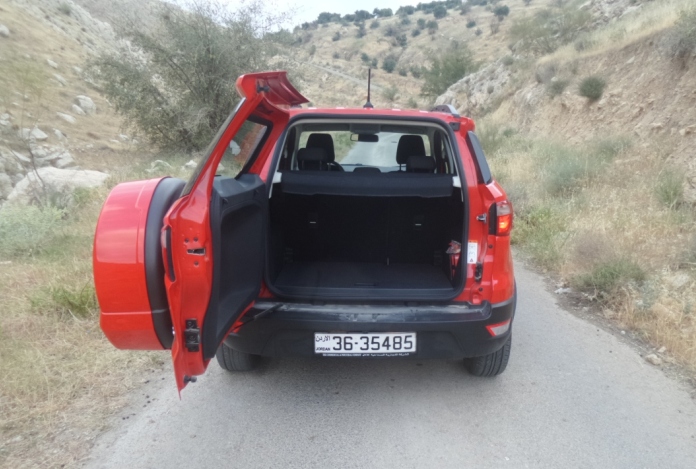


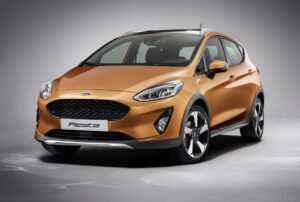
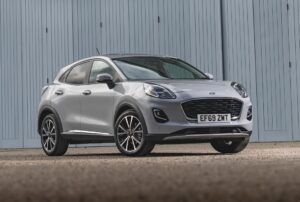

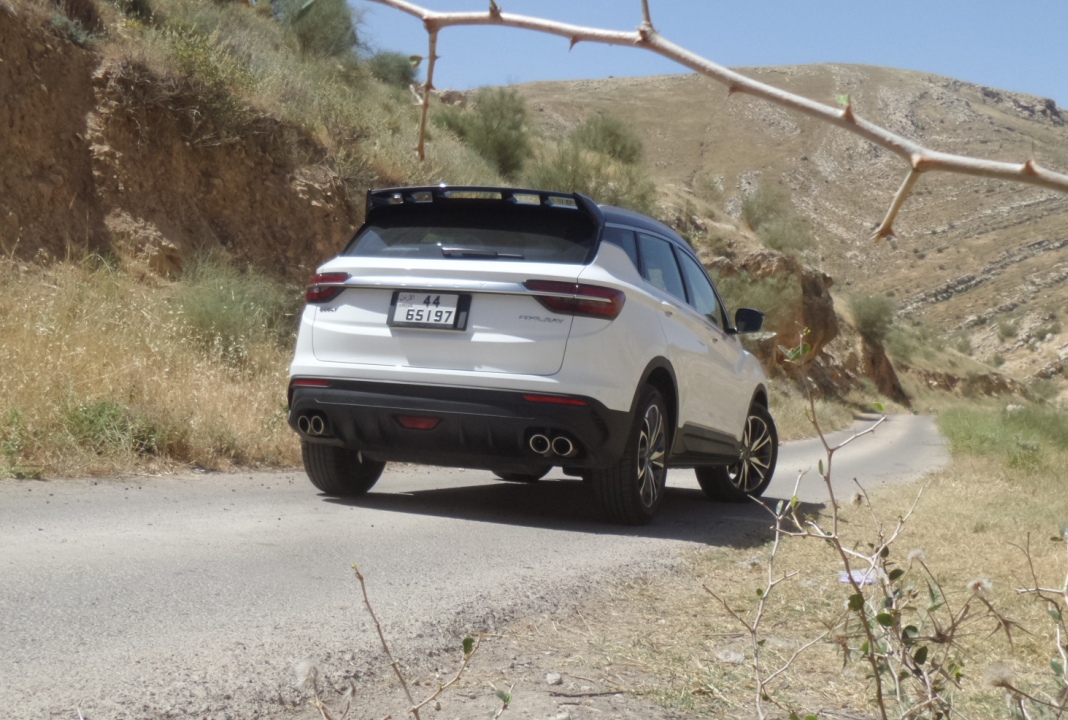
 A sportily agile and responsive drive in most circumstance and for most drivers’ demands, given it is a high riding crossover with generous 196mm ground clearance, the Coolray turns into corners in a tidy fashion, with nimble weight transfer when driving in a reasonably brisk fashion. Its light and quick steering meanwhile weights up nicely and becomes more nuanced when picking up speed through sprawling switchbacks. Driving over road imperfections, the Coolray seems more settled than many rivals on rebound and in its vertical control, but would benefit from stiffer damper rates.
A sportily agile and responsive drive in most circumstance and for most drivers’ demands, given it is a high riding crossover with generous 196mm ground clearance, the Coolray turns into corners in a tidy fashion, with nimble weight transfer when driving in a reasonably brisk fashion. Its light and quick steering meanwhile weights up nicely and becomes more nuanced when picking up speed through sprawling switchbacks. Driving over road imperfections, the Coolray seems more settled than many rivals on rebound and in its vertical control, but would benefit from stiffer damper rates.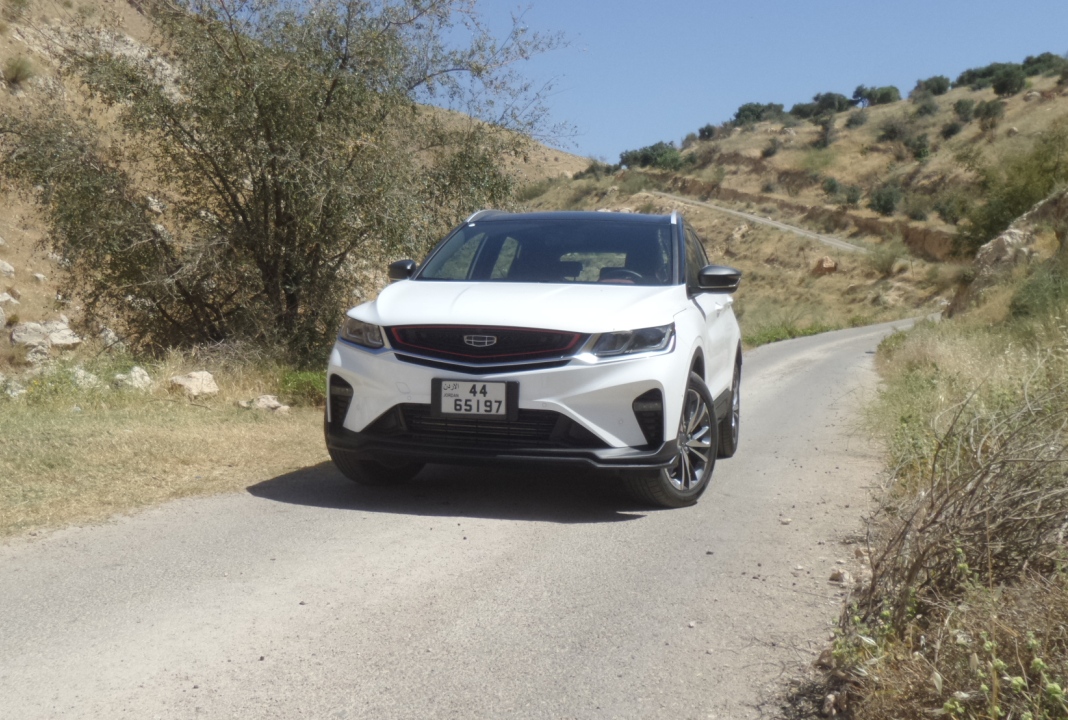 Specifications: Geely Coolray 1.5T GF Sport
Specifications: Geely Coolray 1.5T GF Sport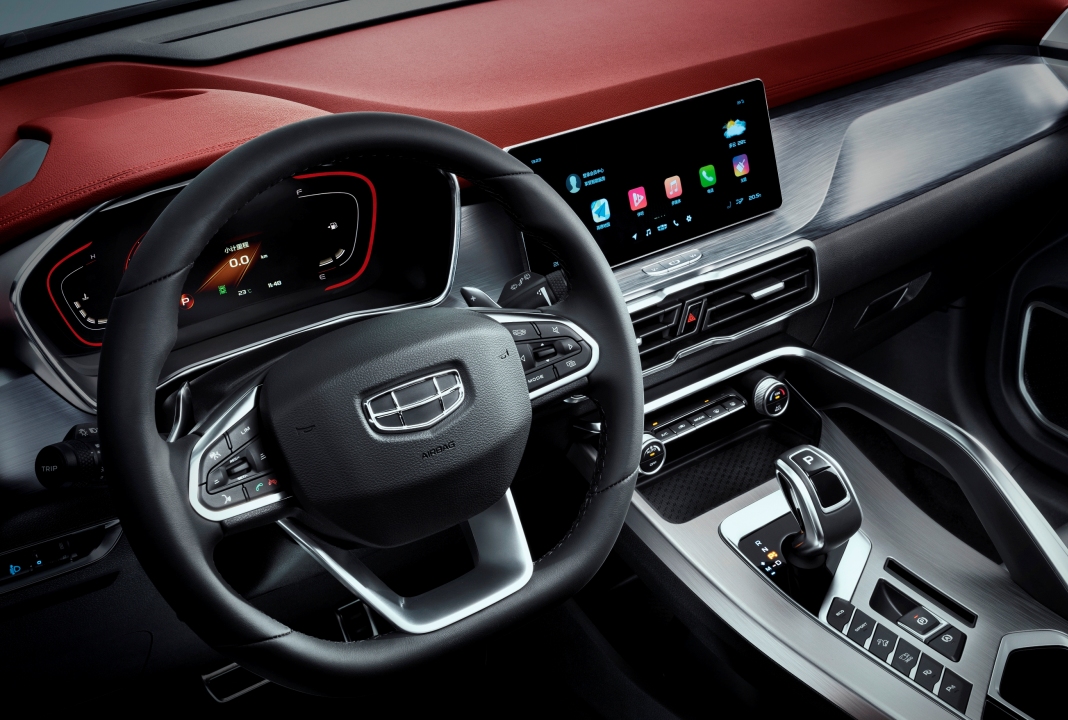
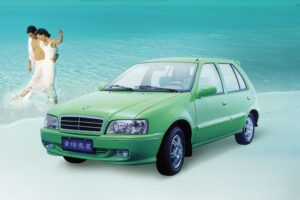

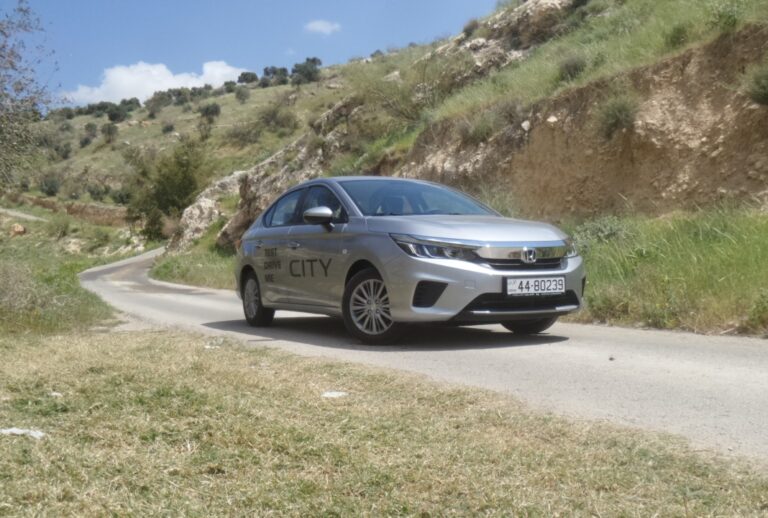
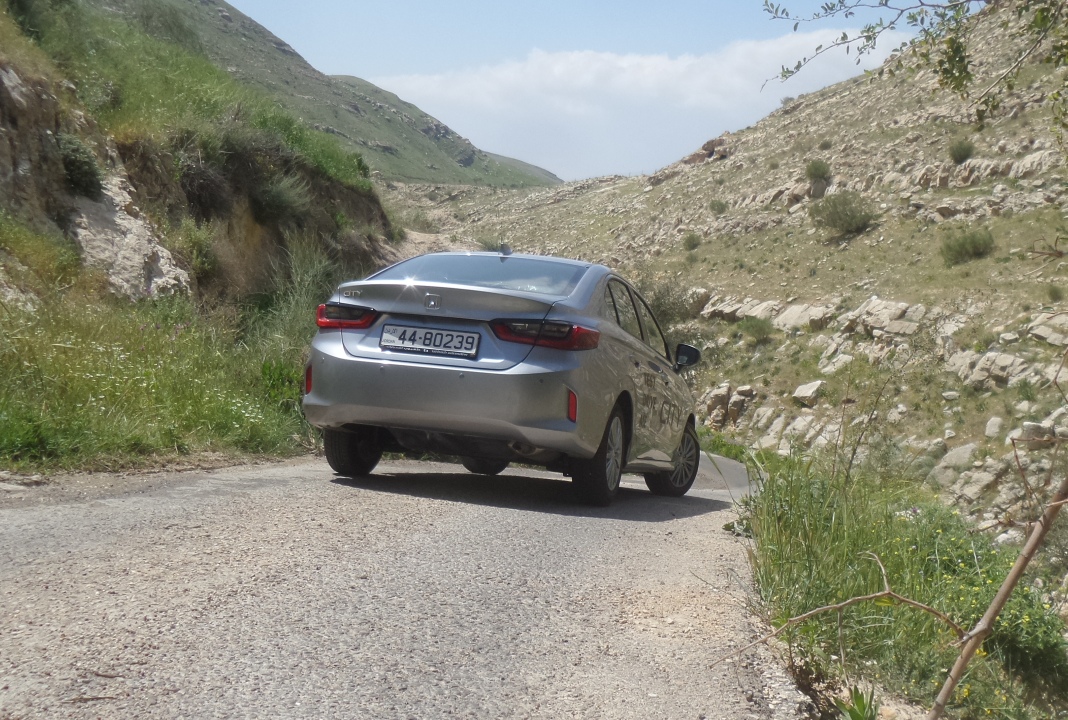 Powered by an upgraded and presumably better breathing DOHC version of its predecessor’s naturally-aspirated variable timing 16-valve 1.5-litre 4-cylinder engine, the new City’s performance figures are nearly identical, but with a single horsepower gain and 300rpm earlier torque peak. That said, the new City seems livelier, with more flexible lower and mid-range delivery. Given improved engine performance despite a marginal weight penalty, one estimates little changed 0-100km/h acceleration in 11.5-seconds or so, and 190km/h top speed. Fuel efficiency however is slightly improved, at a claimed and frugal 4.74l/100km.
Powered by an upgraded and presumably better breathing DOHC version of its predecessor’s naturally-aspirated variable timing 16-valve 1.5-litre 4-cylinder engine, the new City’s performance figures are nearly identical, but with a single horsepower gain and 300rpm earlier torque peak. That said, the new City seems livelier, with more flexible lower and mid-range delivery. Given improved engine performance despite a marginal weight penalty, one estimates little changed 0-100km/h acceleration in 11.5-seconds or so, and 190km/h top speed. Fuel efficiency however is slightly improved, at a claimed and frugal 4.74l/100km.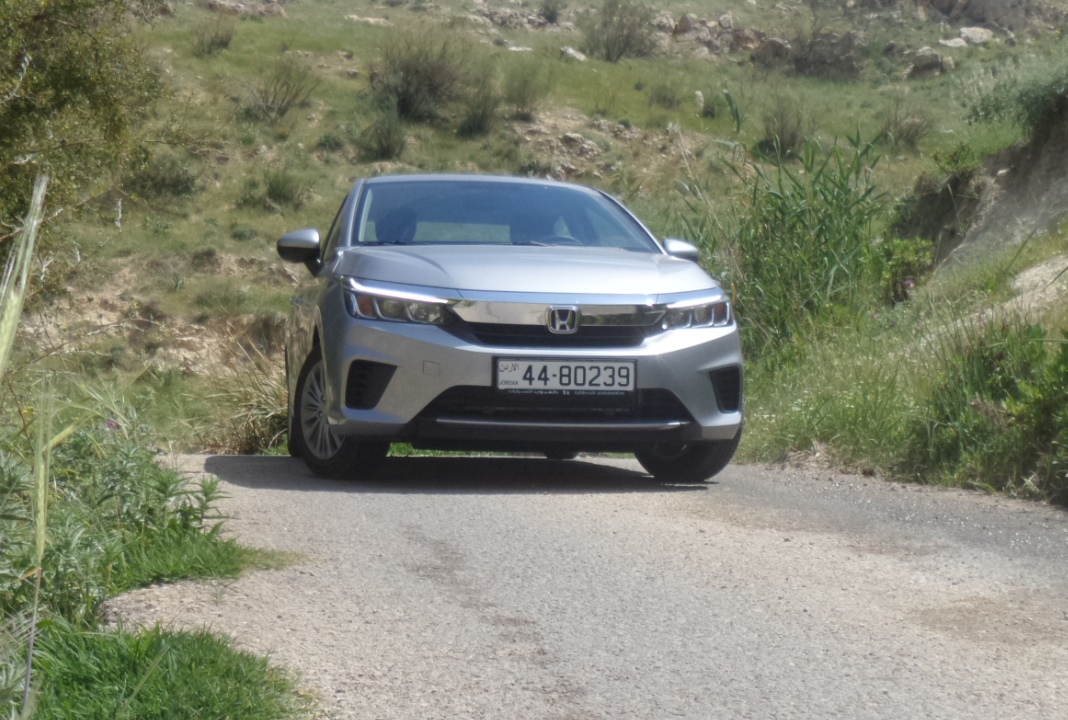 With high revving engine and weighing just 1,126kg in DX specification, as driven, the Honda City is something that is becoming less common, in that it is a practical and uncomplicated yet fun to drive compact saloon. Stable and refined on motorways, and maneuverable in town, the City is nonetheless light on its feet and agile through twisting roads. Turning in responsively and eager to change direction with its light and quick steering, the City’s light weight is easily kept in control by MacPherson strut front and torsion beam rear suspension.
With high revving engine and weighing just 1,126kg in DX specification, as driven, the Honda City is something that is becoming less common, in that it is a practical and uncomplicated yet fun to drive compact saloon. Stable and refined on motorways, and maneuverable in town, the City is nonetheless light on its feet and agile through twisting roads. Turning in responsively and eager to change direction with its light and quick steering, the City’s light weight is easily kept in control by MacPherson strut front and torsion beam rear suspension.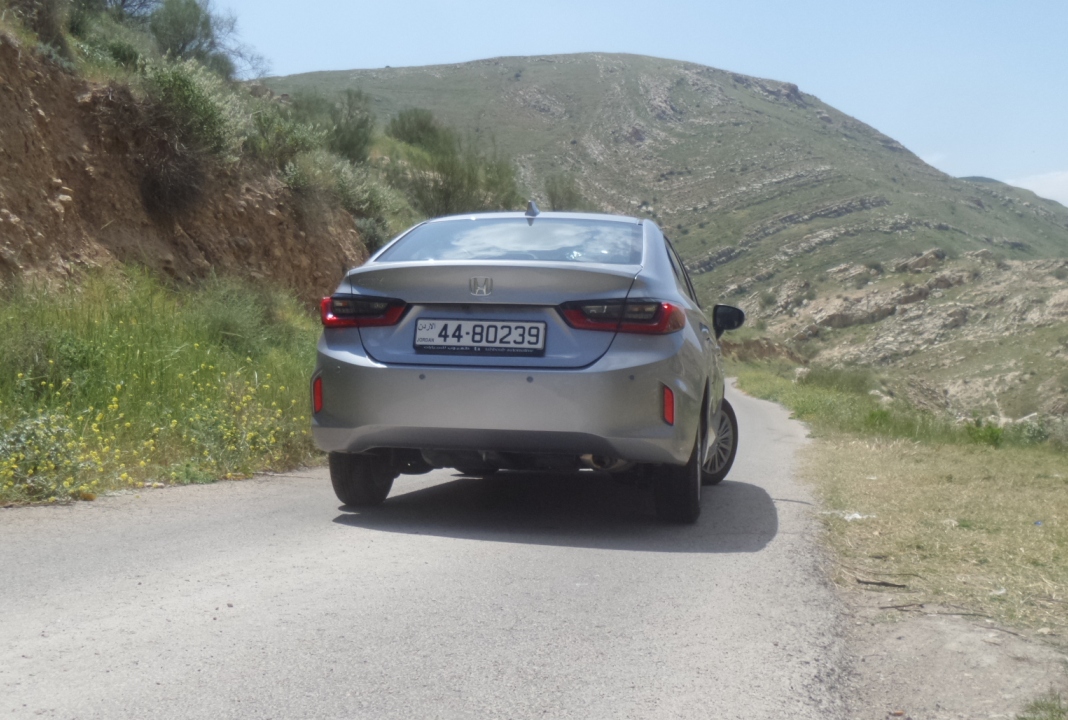 Specifications: Honda City 1.5 DX
Specifications: Honda City 1.5 DX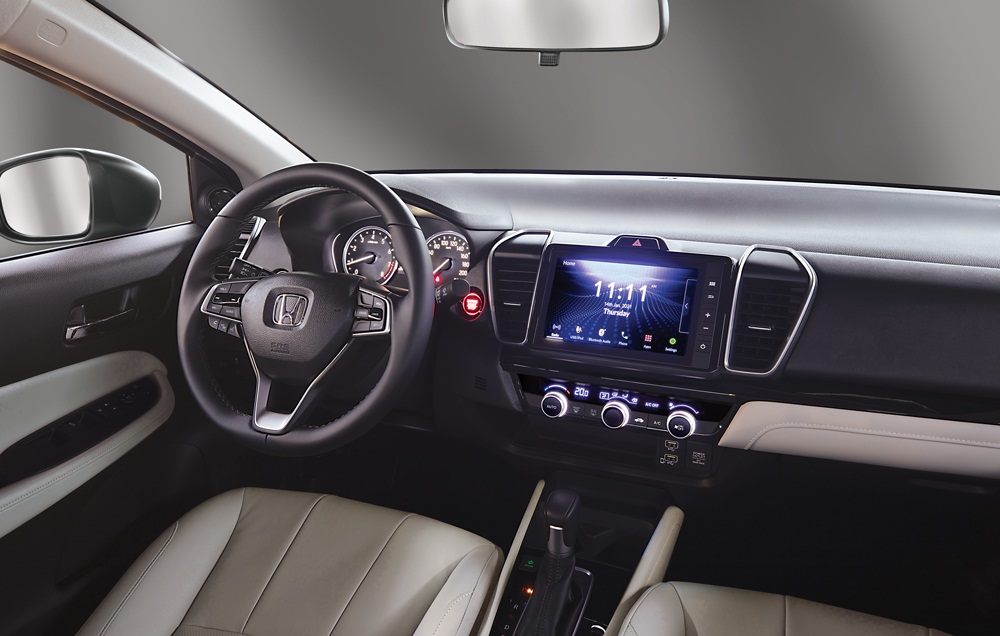
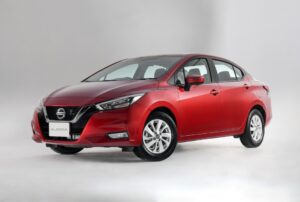
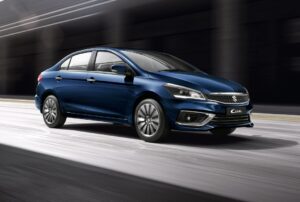
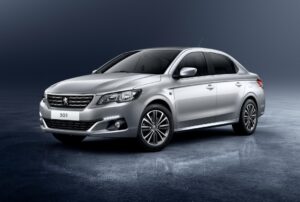
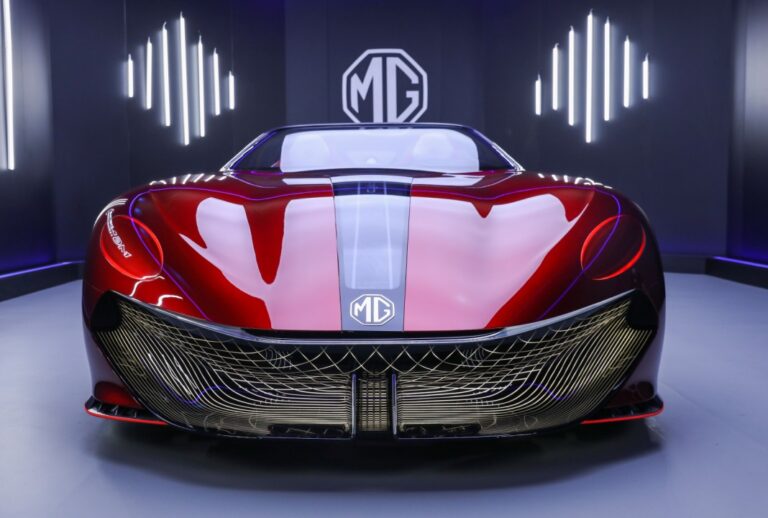
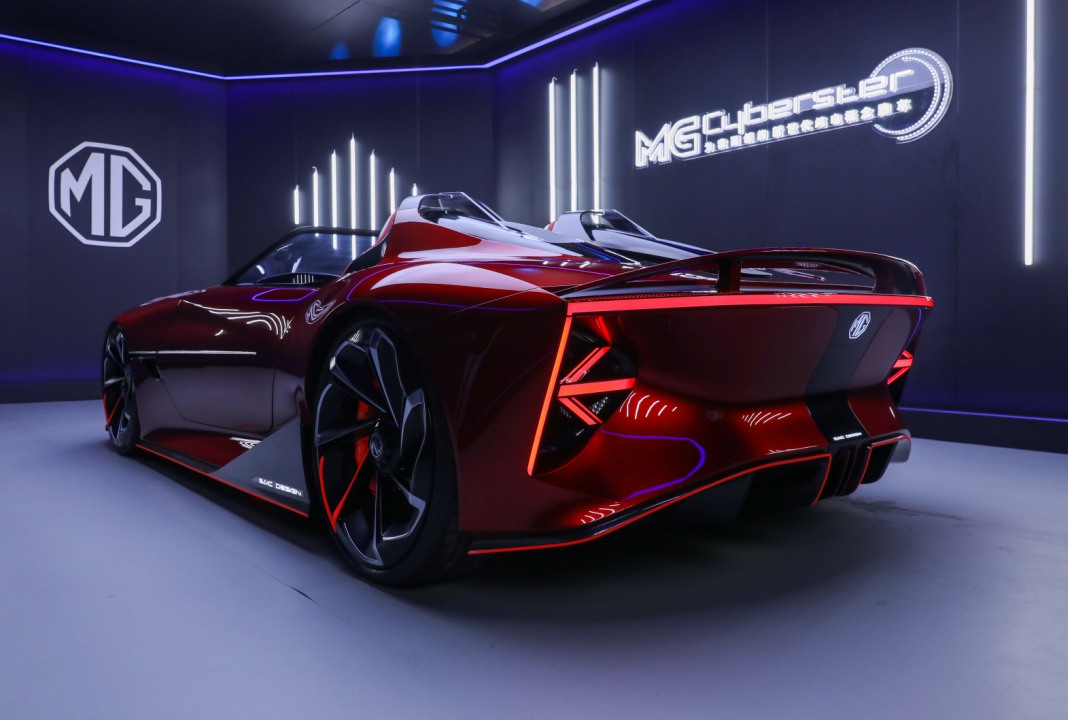 Showcasing an undeniably bold and eye-catching exterior styling, the Cyberster features classic round MG headlights, coupled with a slim grille design, along with interactive ‘Magic Eye’ headlights that open when switched on. Other striking details include a ‘laser belt’ LED strip down the side of the car and the outline of the door, which follows the direction of the LED strip.
Showcasing an undeniably bold and eye-catching exterior styling, the Cyberster features classic round MG headlights, coupled with a slim grille design, along with interactive ‘Magic Eye’ headlights that open when switched on. Other striking details include a ‘laser belt’ LED strip down the side of the car and the outline of the door, which follows the direction of the LED strip. Tom Lee, Managing Director of MG Motor’s Middle East operations, commented: “With the release of the Cyberster, the brand is adamant on bridging and strengthening its British heritage with its current high-tech and state-of-the-art products. MG has always been known for its sports cars and we will always be keen to offer customers exclusive masterpieces that are truly unique”.
Tom Lee, Managing Director of MG Motor’s Middle East operations, commented: “With the release of the Cyberster, the brand is adamant on bridging and strengthening its British heritage with its current high-tech and state-of-the-art products. MG has always been known for its sports cars and we will always be keen to offer customers exclusive masterpieces that are truly unique”.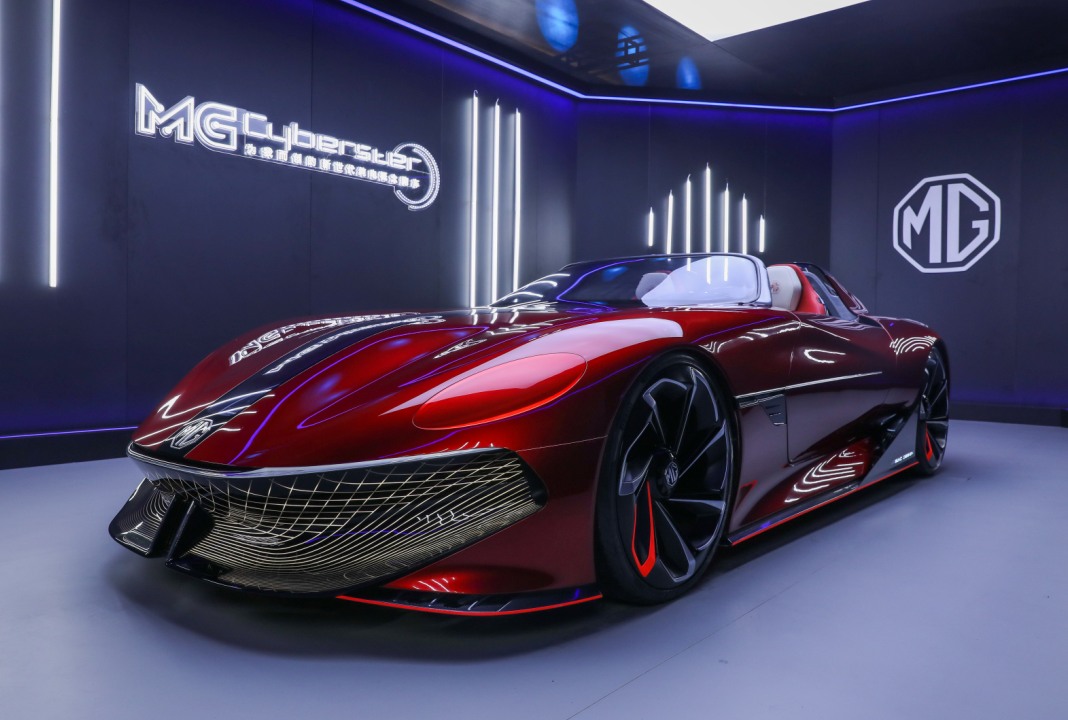
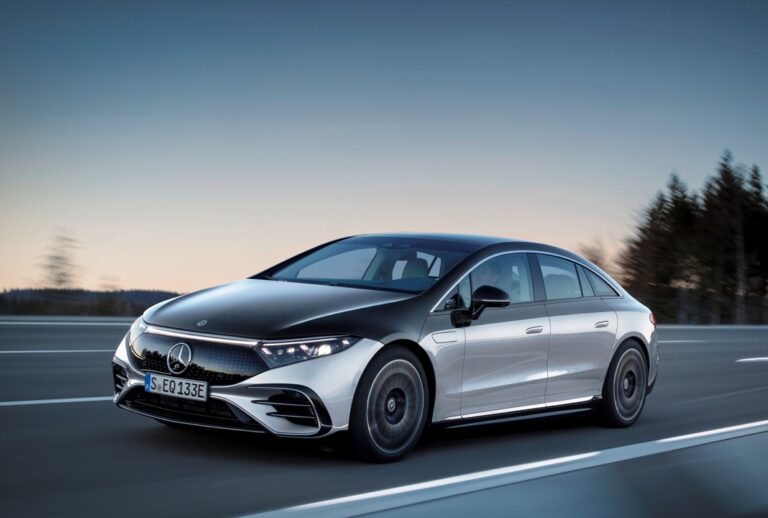
 Interesting facts & figures
Interesting facts & figures
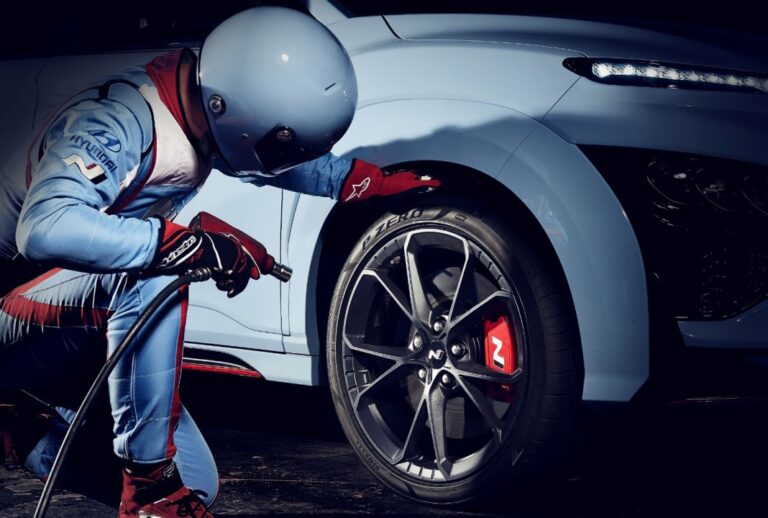
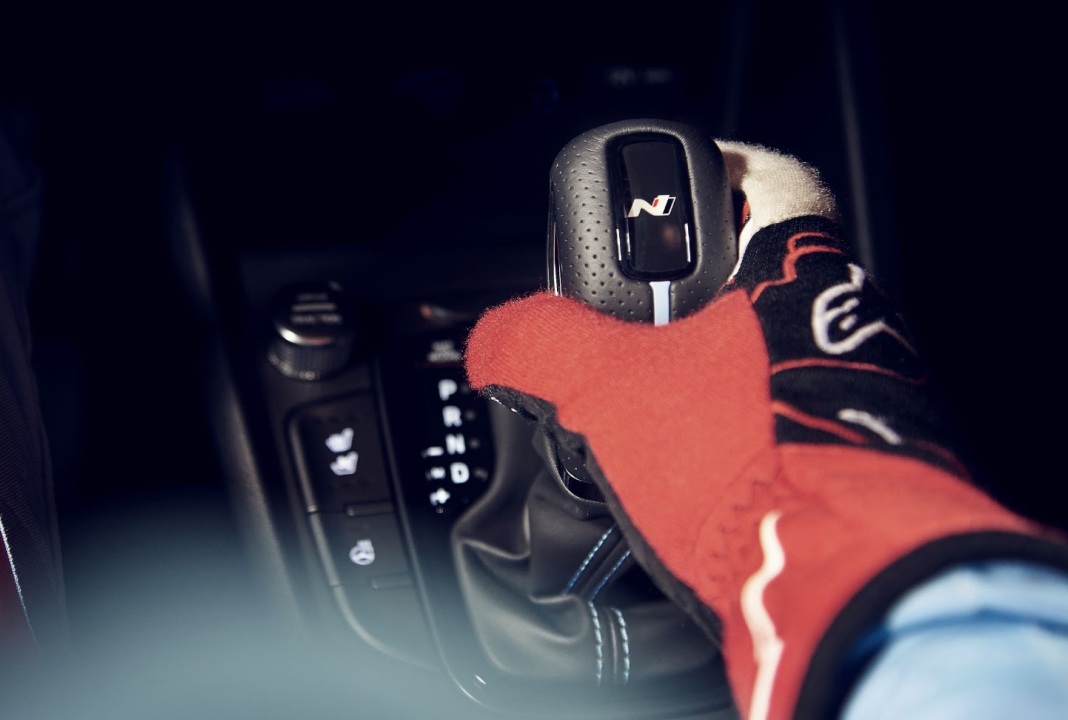
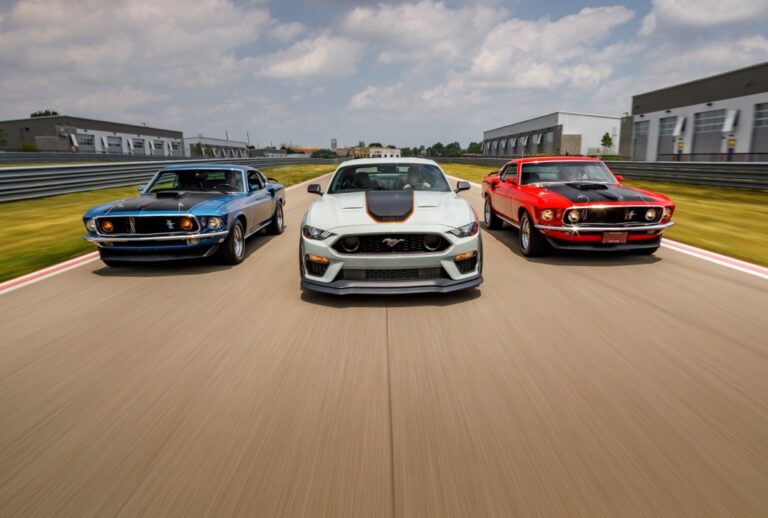
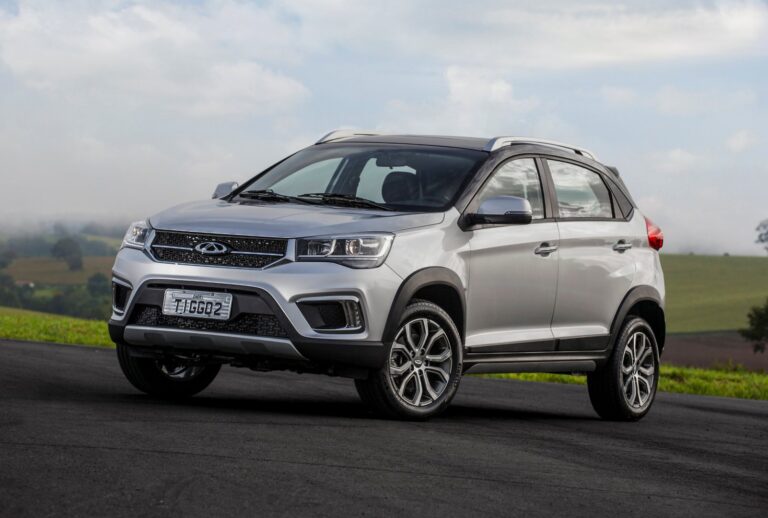

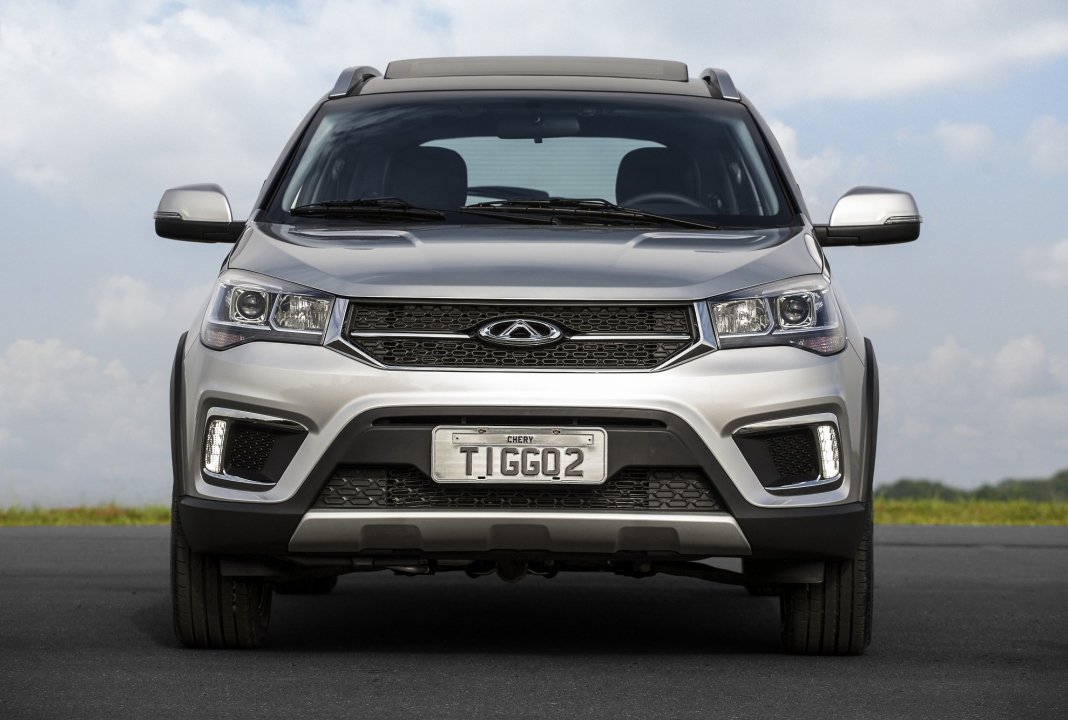
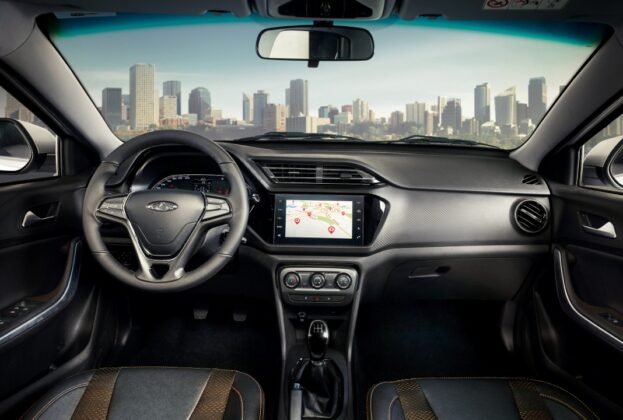
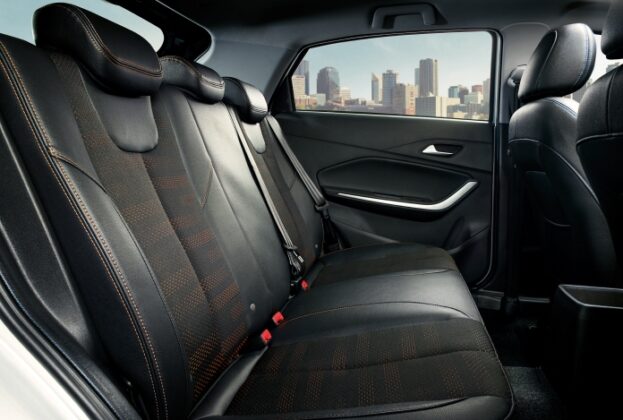
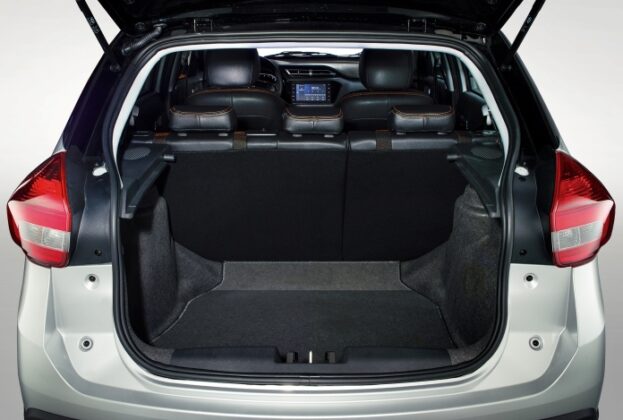

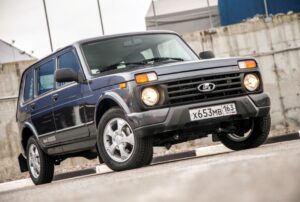
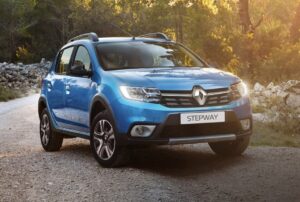
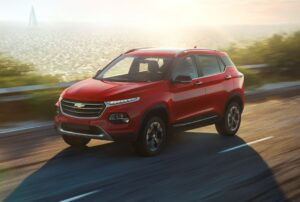
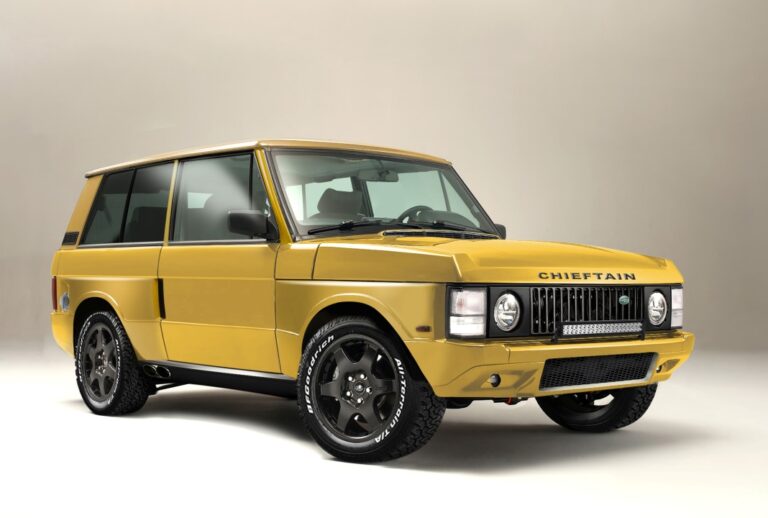
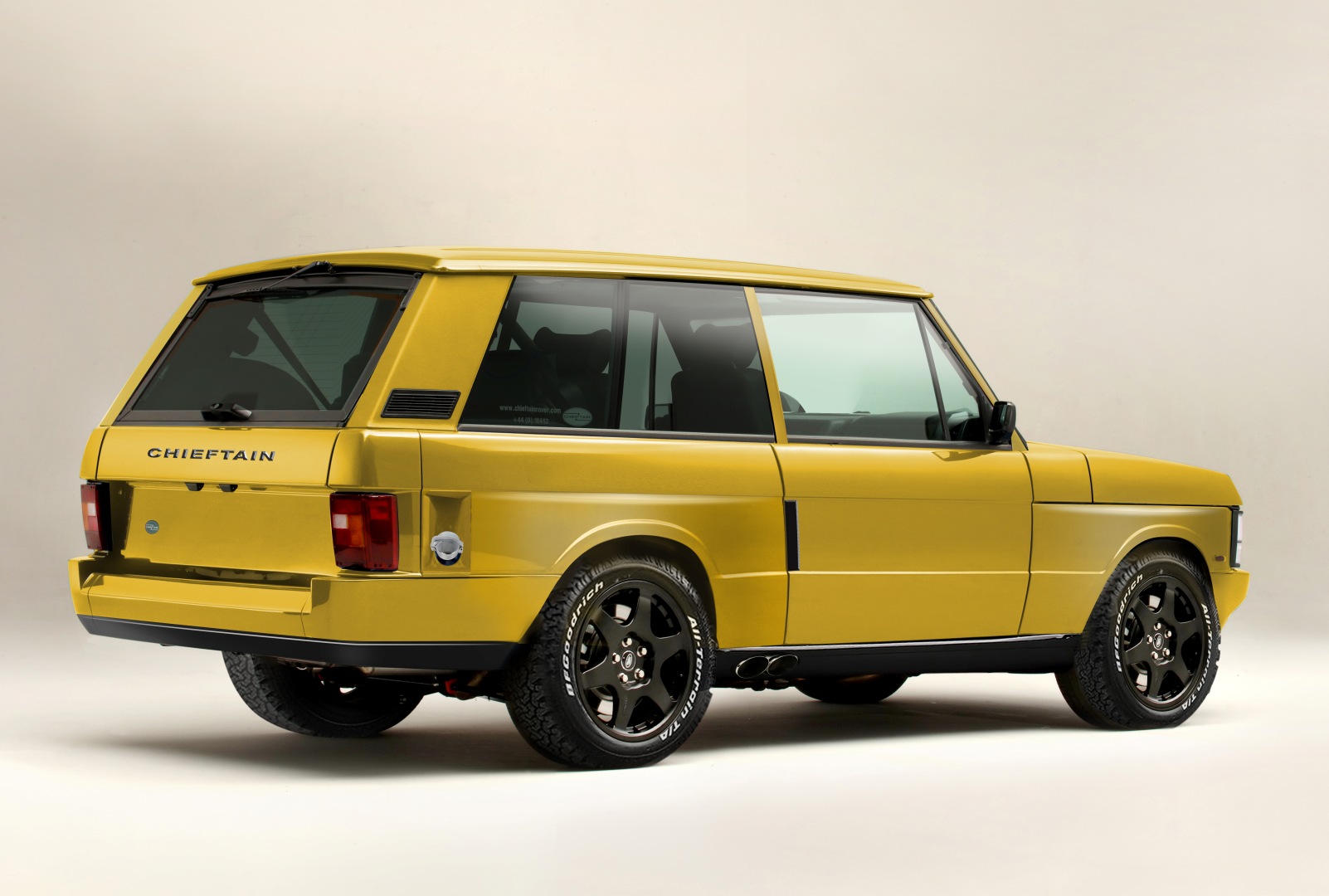 Ready to be commissioned for production, the Chieftain Xtreme is built on a modified Range Rover chassis with independent double wishbone suspension at all four corners for enhanced ride comfort and driving dynamics. Under the bonnet, it is powered by muscular General Motors supercharged small block LT4 V8 engine. Driving all four wheels through an 8-speed automatic gearbox, the Chieftain Xtreme is projected to develop 700BHP and about the same lb/ft of torque.
Ready to be commissioned for production, the Chieftain Xtreme is built on a modified Range Rover chassis with independent double wishbone suspension at all four corners for enhanced ride comfort and driving dynamics. Under the bonnet, it is powered by muscular General Motors supercharged small block LT4 V8 engine. Driving all four wheels through an 8-speed automatic gearbox, the Chieftain Xtreme is projected to develop 700BHP and about the same lb/ft of torque.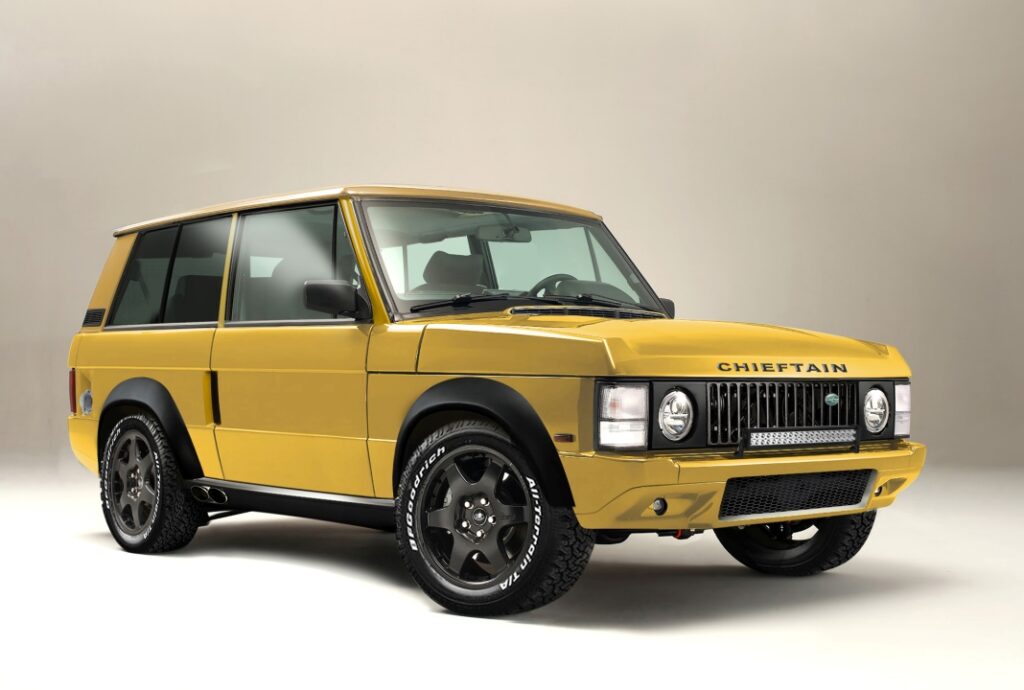
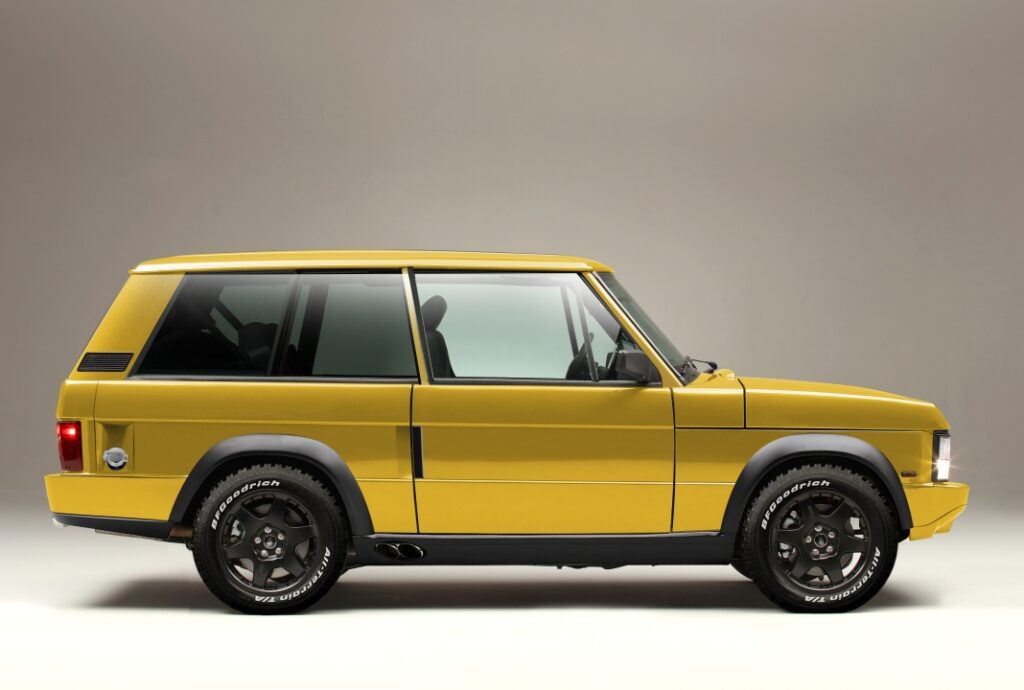
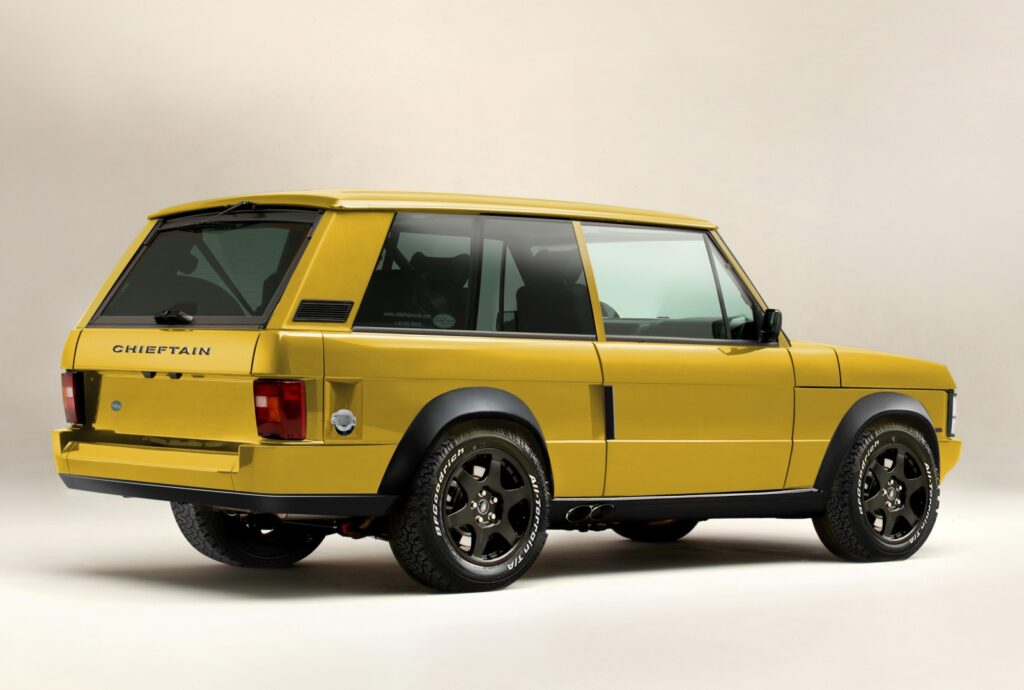
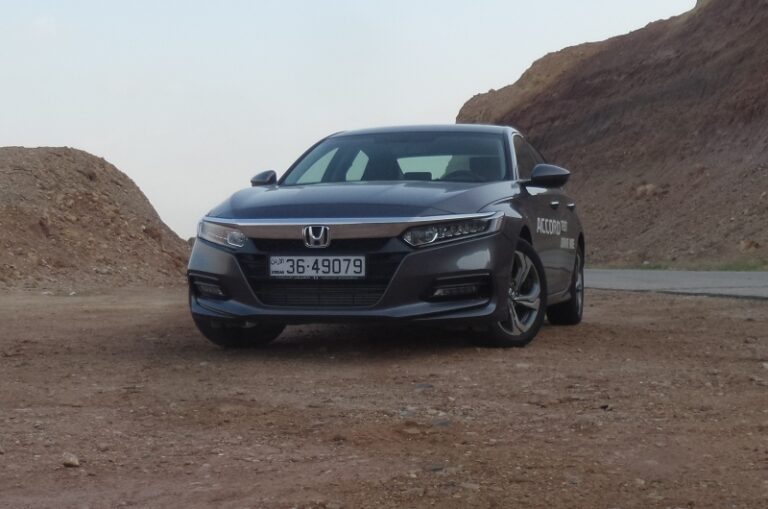
 The Accord’s most assertive design aspect is its jutting shark-nose with the near obligatorily wide and full length grille and slim squinting headlights, recessed deep beneath a full-width decorative chrome bar. Sculpted surfacing includes a scalloped clamshell bonnet, and gently arcing waistline crease. Meanwhile, the Accord’s rakish fastback-like roofline and its rising and prominent sill line are set on converging trajectories and a tapered, somewhat sportily low bootlid with integrated spoiler. Athletic yet elegant, the Accord’s stance seems both dignified, yet eager to pounce. Its rear meanwhile features integrated dual exhaust ports and boomerang-like lights.
The Accord’s most assertive design aspect is its jutting shark-nose with the near obligatorily wide and full length grille and slim squinting headlights, recessed deep beneath a full-width decorative chrome bar. Sculpted surfacing includes a scalloped clamshell bonnet, and gently arcing waistline crease. Meanwhile, the Accord’s rakish fastback-like roofline and its rising and prominent sill line are set on converging trajectories and a tapered, somewhat sportily low bootlid with integrated spoiler. Athletic yet elegant, the Accord’s stance seems both dignified, yet eager to pounce. Its rear meanwhile features integrated dual exhaust ports and boomerang-like lights.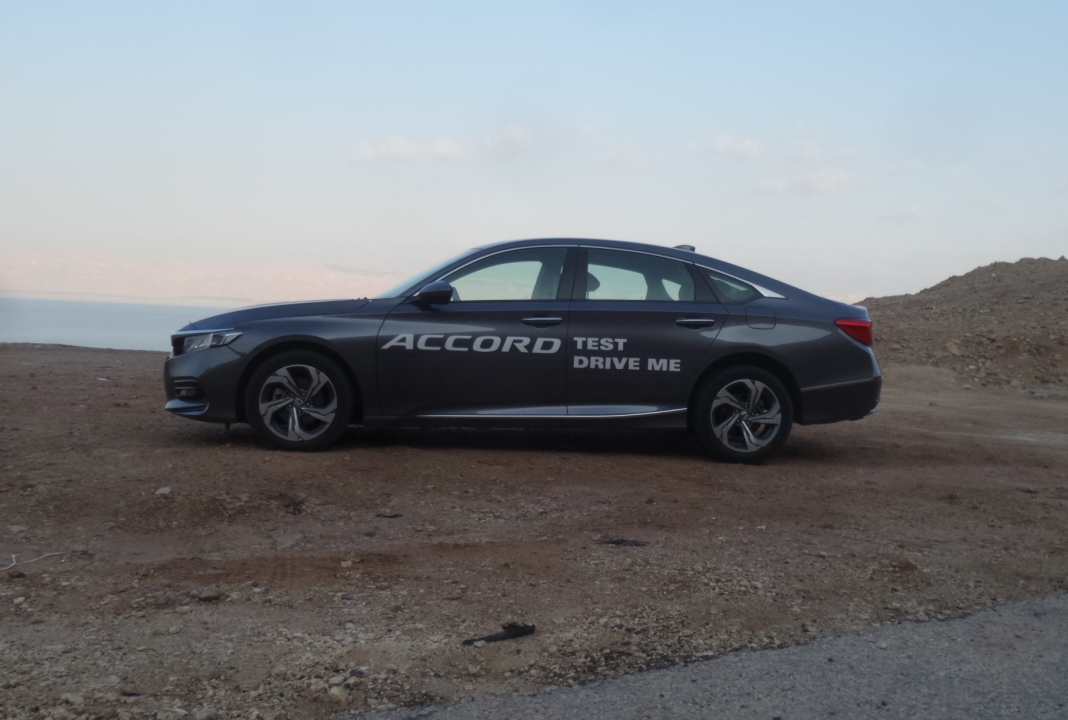 Smooth and muscular with generous mid-range pull and a distant guttural snarl at higher revs, the Accord’s compact but punchy engine delivers its best at relatively low revs, but is nevertheless eager and perky to its rev limit, with good throttle control and lift-off precision. Its CVT is meanwhile seamless through ratios and while there are no simulated fixed ratios to manually select, it is however responsive to throttle input and allows the engine to rev freely, and helps return modest 7.2l/100km fuel efficiency. Observed consumption during demanding test drive conditions was meanwhile unexpectedly low.
Smooth and muscular with generous mid-range pull and a distant guttural snarl at higher revs, the Accord’s compact but punchy engine delivers its best at relatively low revs, but is nevertheless eager and perky to its rev limit, with good throttle control and lift-off precision. Its CVT is meanwhile seamless through ratios and while there are no simulated fixed ratios to manually select, it is however responsive to throttle input and allows the engine to rev freely, and helps return modest 7.2l/100km fuel efficiency. Observed consumption during demanding test drive conditions was meanwhile unexpectedly low.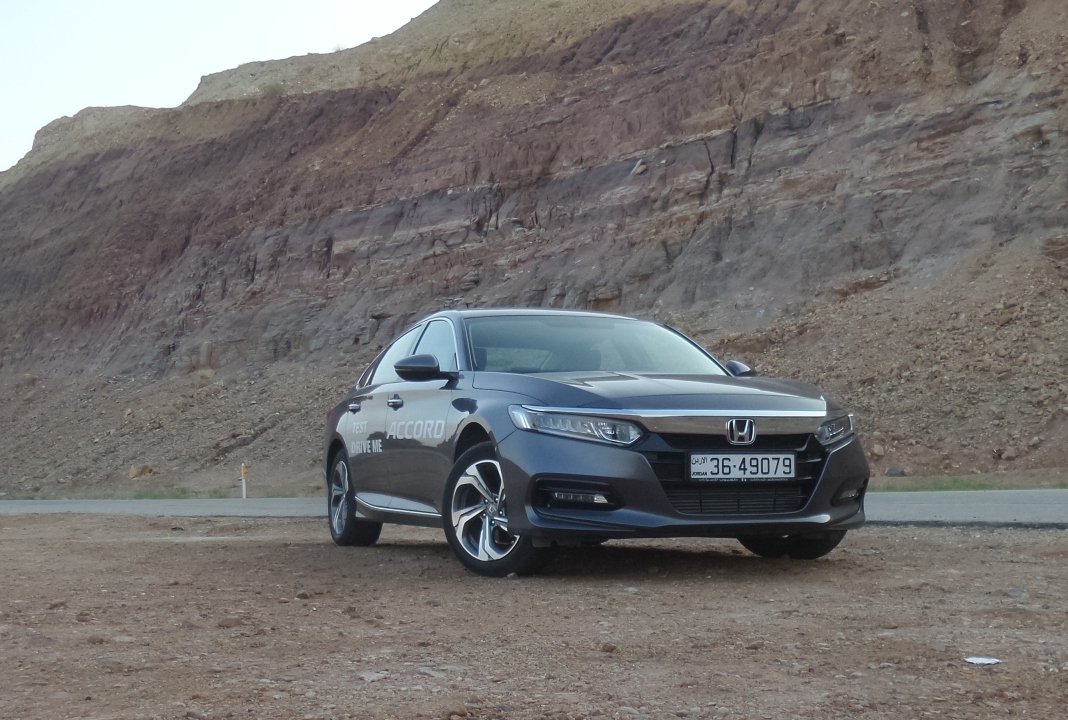 Grippy and committed through fast sweepers, snaking lanes and even hairpin hill climbs, the Accord is nothing short of a joy to drive across sprawling countryside roads. However it is at its best being pushed close to but not quite at its dynamic limits to avoid the expected understeer when being driven too hard and tight into lower traction corners. That said, and despite its front-drive architecture’s front weight bias, the accord can also be nudged out at the rear before stability controls quickly step in.
Grippy and committed through fast sweepers, snaking lanes and even hairpin hill climbs, the Accord is nothing short of a joy to drive across sprawling countryside roads. However it is at its best being pushed close to but not quite at its dynamic limits to avoid the expected understeer when being driven too hard and tight into lower traction corners. That said, and despite its front-drive architecture’s front weight bias, the accord can also be nudged out at the rear before stability controls quickly step in.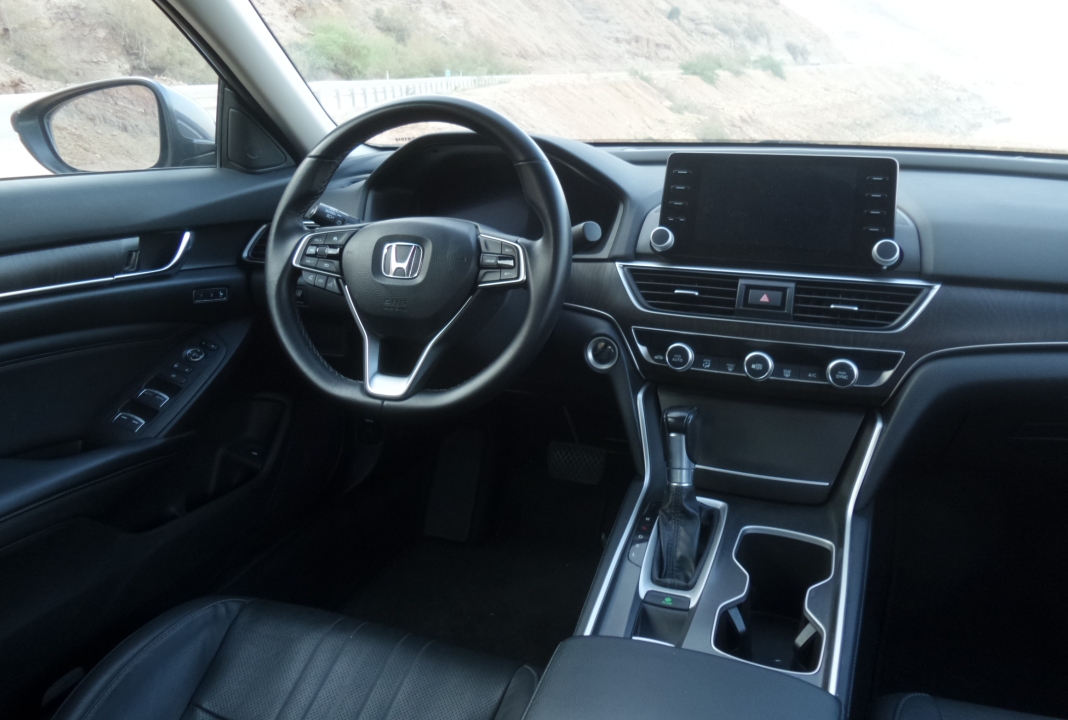 Supple and settled with good cabin refinement, the Accord delivers a relaxed yet alert and focused driving environment. Seated in comfortable, supportive and well-adjustable seats, the Accord’s driving position and suspension vertical control work to keep the driver feeling in control and at the heart of proceedings. Controls are meanwhile user-friendly and within easy reach, and include clear digital instrumentation, driver-oriented gear lever and chunky contoured steering wheel. Cabin room is generous in front, while rear seating provides good legroom, and decent headroom, even with the low slung roofline and optional sunroof.
Supple and settled with good cabin refinement, the Accord delivers a relaxed yet alert and focused driving environment. Seated in comfortable, supportive and well-adjustable seats, the Accord’s driving position and suspension vertical control work to keep the driver feeling in control and at the heart of proceedings. Controls are meanwhile user-friendly and within easy reach, and include clear digital instrumentation, driver-oriented gear lever and chunky contoured steering wheel. Cabin room is generous in front, while rear seating provides good legroom, and decent headroom, even with the low slung roofline and optional sunroof.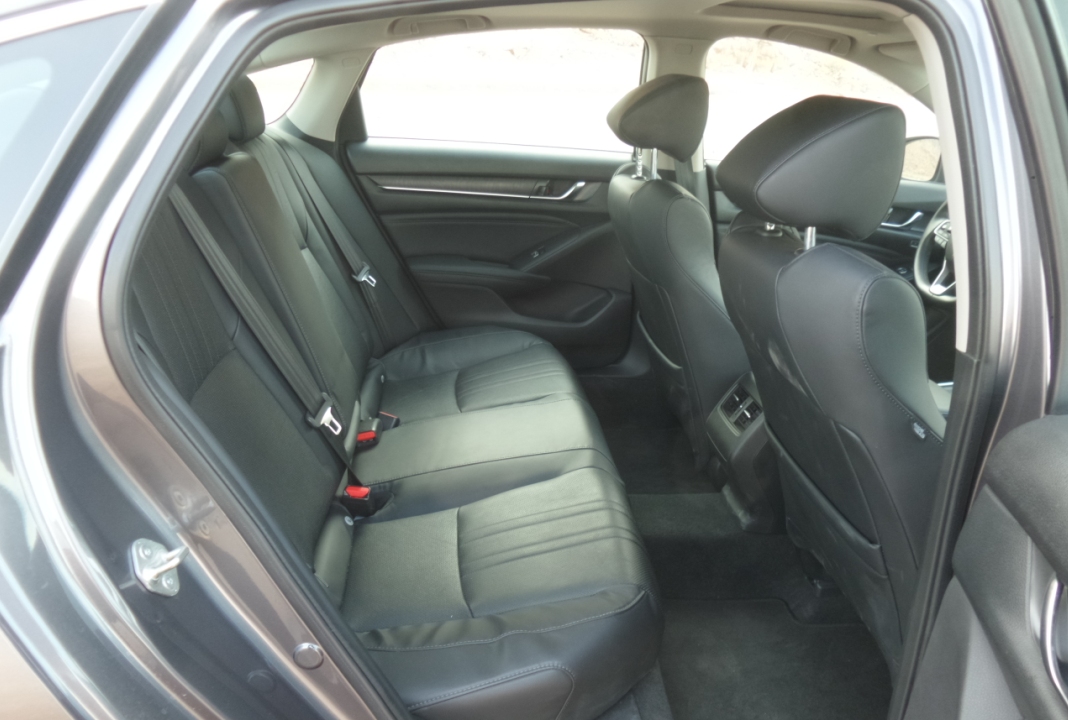 Specifications: Honda Accord 1.5T EX-L
Specifications: Honda Accord 1.5T EX-L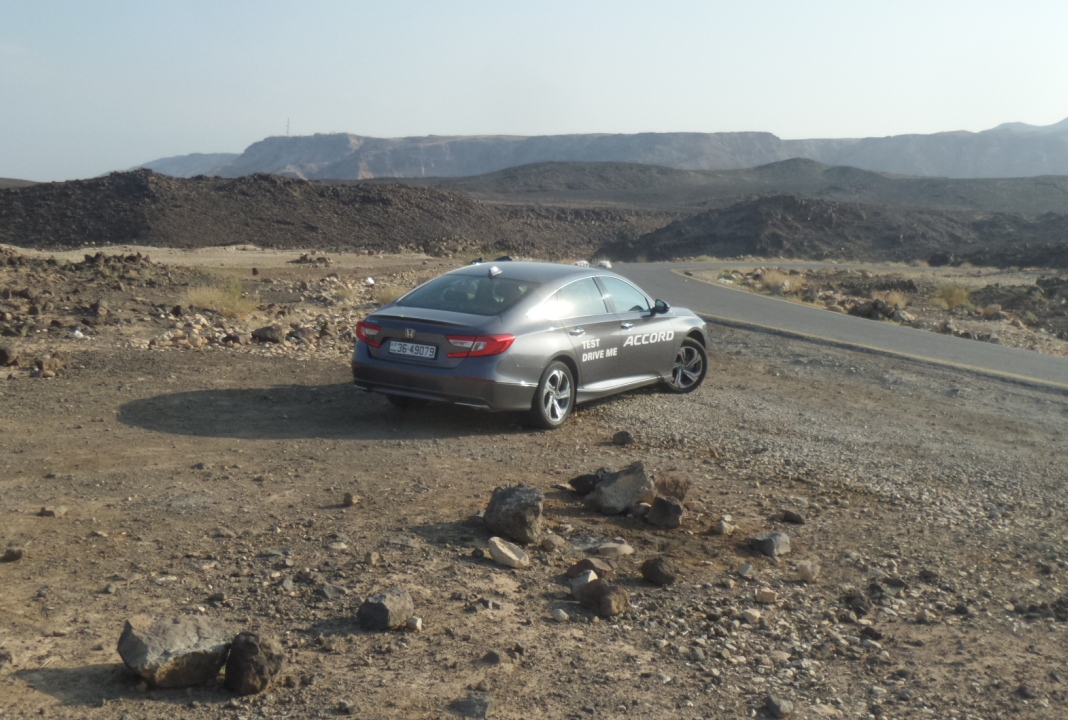
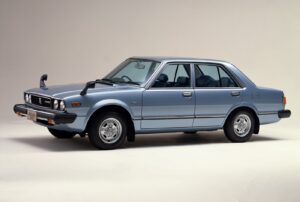
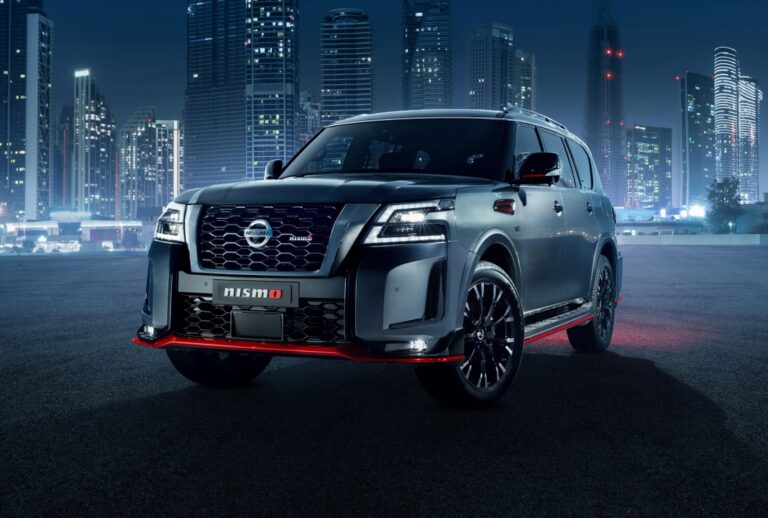
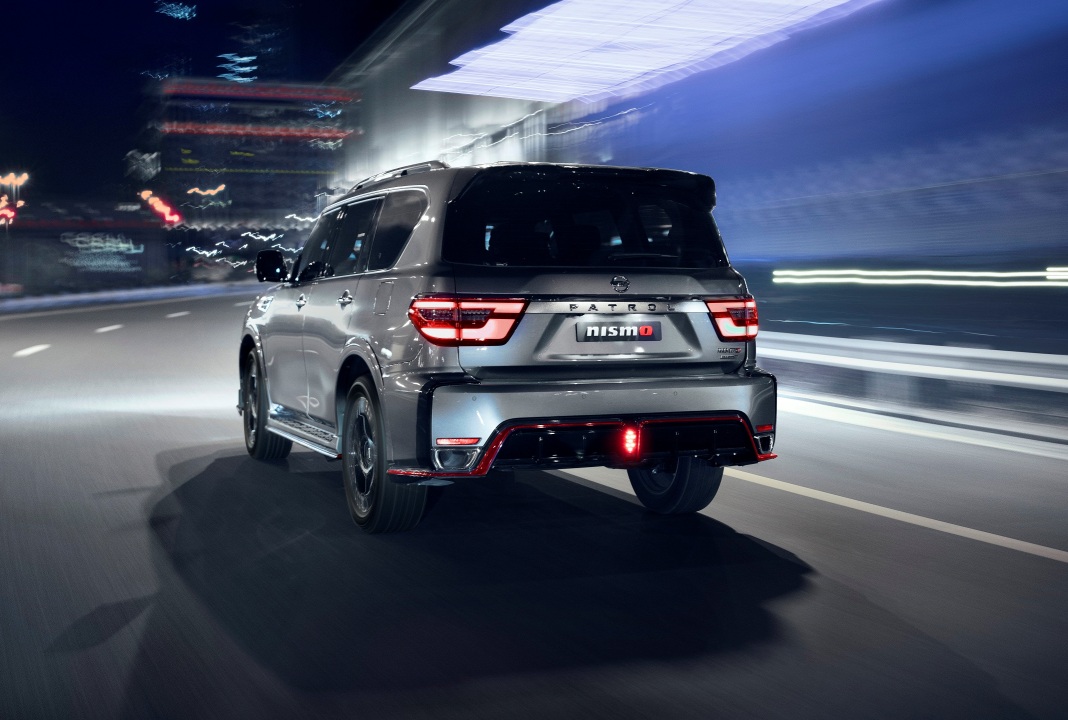 Sculpted to Perfection
Sculpted to Perfection Passion for Performance
Passion for Performance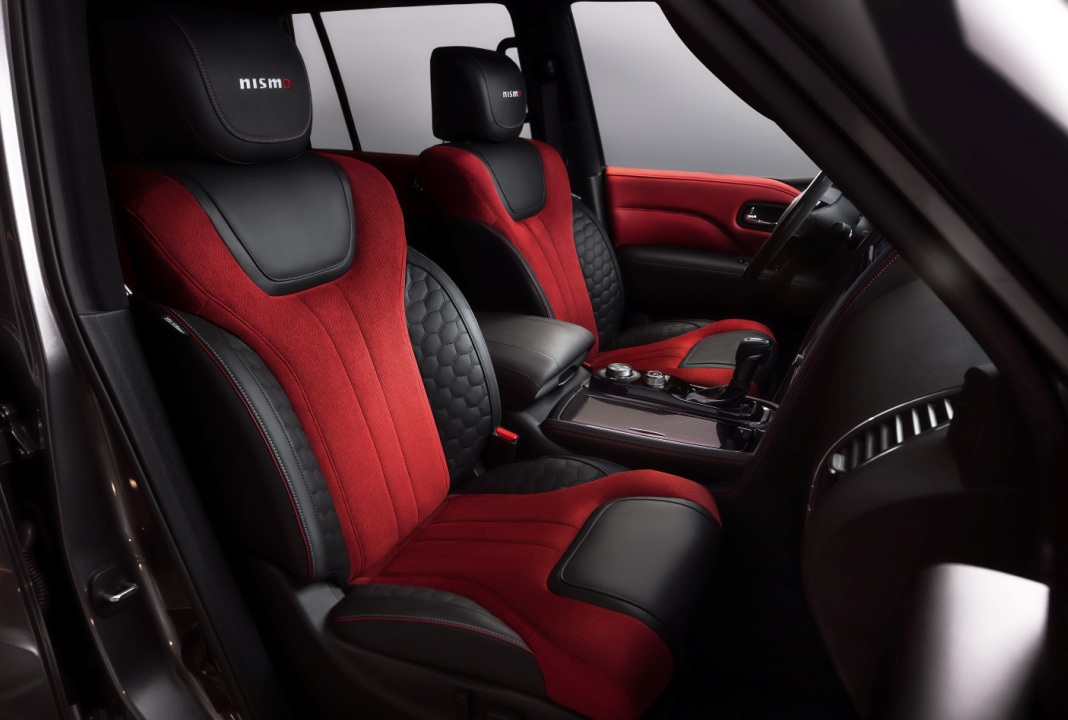
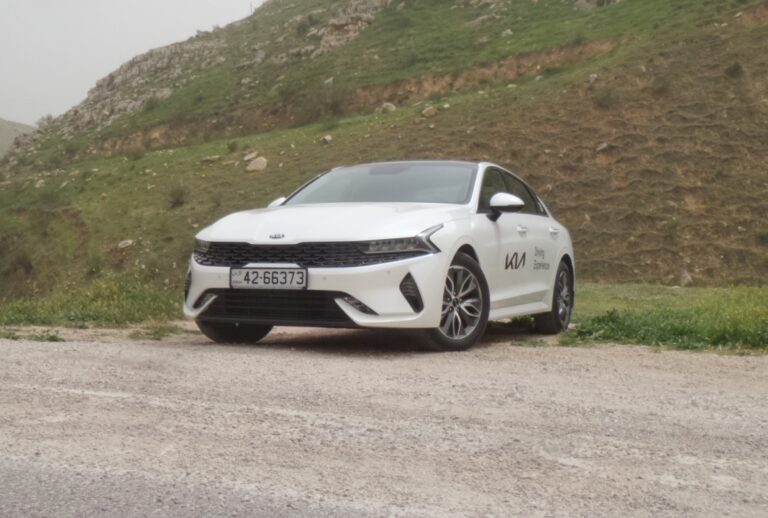
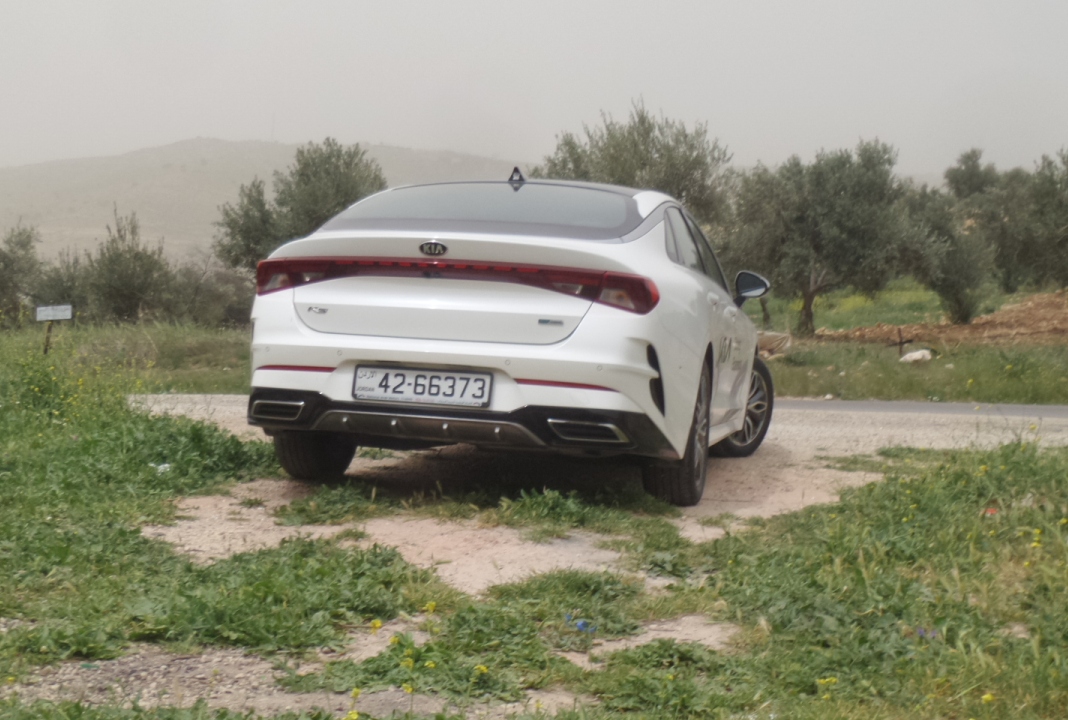 Hyper aggressive in design for a middle of the road, eco-oriented family car, the K5 Hybrid may not be a performance saloon, but packs a good punch when both combustion engine and electric motor are operating in unison. Developing 153BHP at 6,000rpm and 140lb/ft 5,000rpm from its naturally-aspirated 2-litre 4-cylinder petrol engine and 51BHP at 1,770-2,000rpm and 151lb/ft at 0-1,770rpm from its parallel electric motor, the K5 Hybrid can call upon a meaningfully effective combined output of 192BHP at 6,000rpm and perhaps up to 270lb/ft as low as 1,770rpm.
Hyper aggressive in design for a middle of the road, eco-oriented family car, the K5 Hybrid may not be a performance saloon, but packs a good punch when both combustion engine and electric motor are operating in unison. Developing 153BHP at 6,000rpm and 140lb/ft 5,000rpm from its naturally-aspirated 2-litre 4-cylinder petrol engine and 51BHP at 1,770-2,000rpm and 151lb/ft at 0-1,770rpm from its parallel electric motor, the K5 Hybrid can call upon a meaningfully effective combined output of 192BHP at 6,000rpm and perhaps up to 270lb/ft as low as 1,770rpm.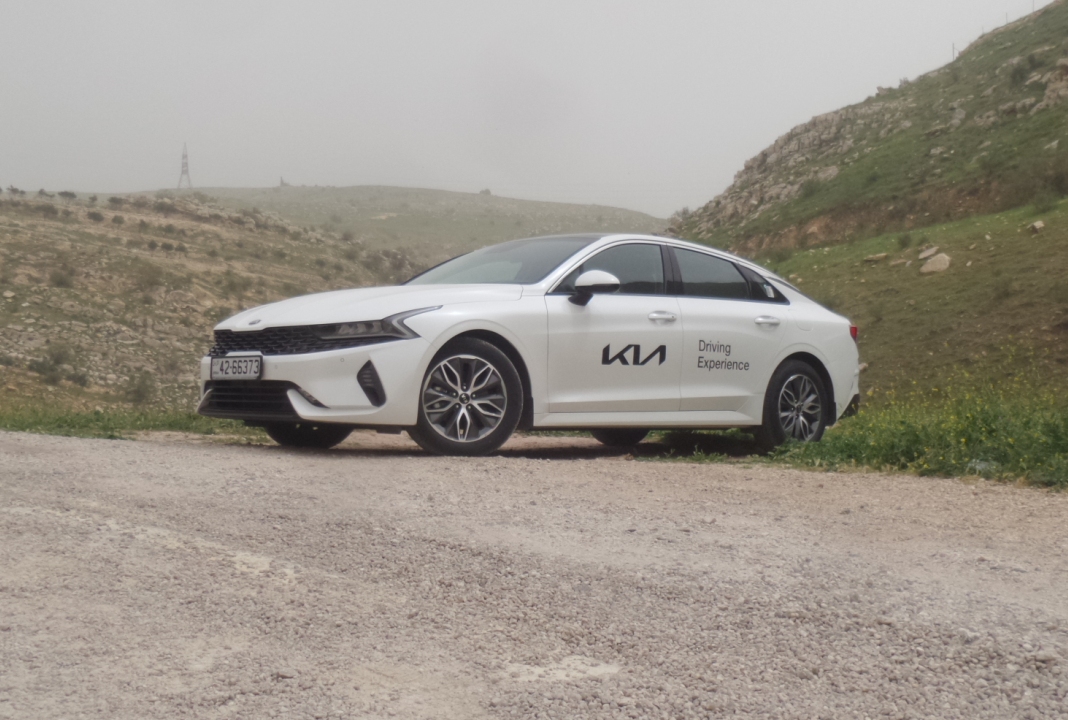 A comfortable, quiet and stable highway cruiser or town car, the K5 Hybrid is a natural long distance companion that smoothly irons out most road imperfections, if slightly on the firm side in its primary reaction to particularly jagged lumps and bumps owing to its sportily low profile 215/55R17 tyres. Easy to maneuver with its light steering and rear view camera and parking sensors, which make up for its low roofline’s visibility, the K5 Hybrid is meanwhile refined inside with a comfortably adjustable driving position and driver-oriented dash and console.
A comfortable, quiet and stable highway cruiser or town car, the K5 Hybrid is a natural long distance companion that smoothly irons out most road imperfections, if slightly on the firm side in its primary reaction to particularly jagged lumps and bumps owing to its sportily low profile 215/55R17 tyres. Easy to maneuver with its light steering and rear view camera and parking sensors, which make up for its low roofline’s visibility, the K5 Hybrid is meanwhile refined inside with a comfortably adjustable driving position and driver-oriented dash and console.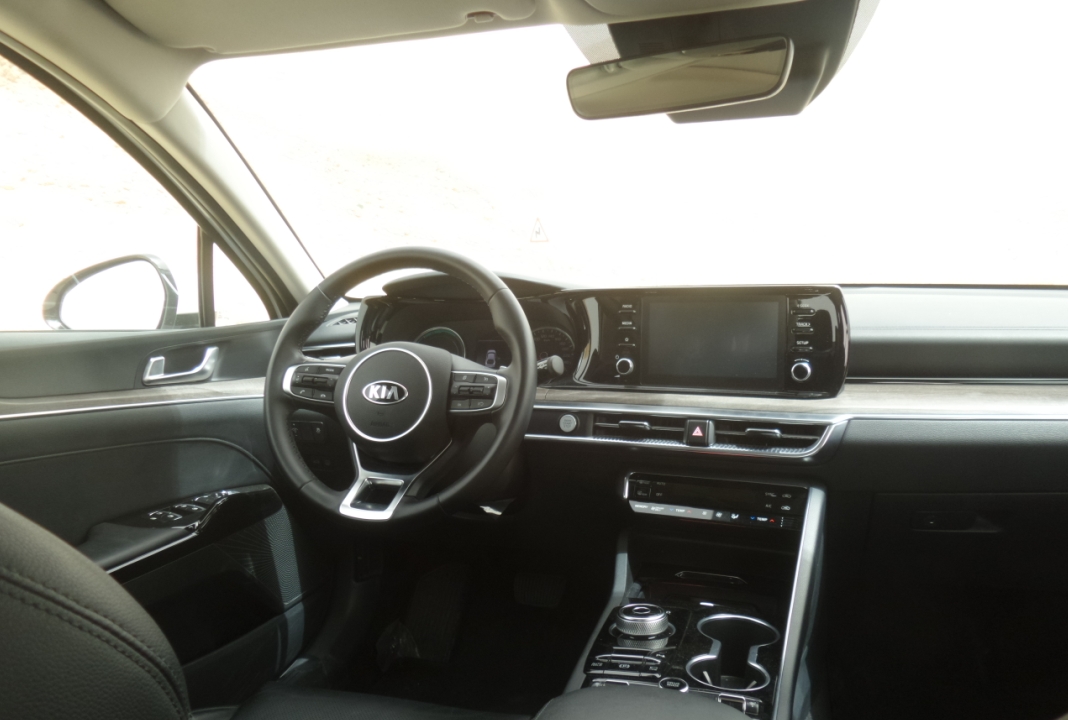 Specifications: Kia K5 Hybrid
Specifications: Kia K5 Hybrid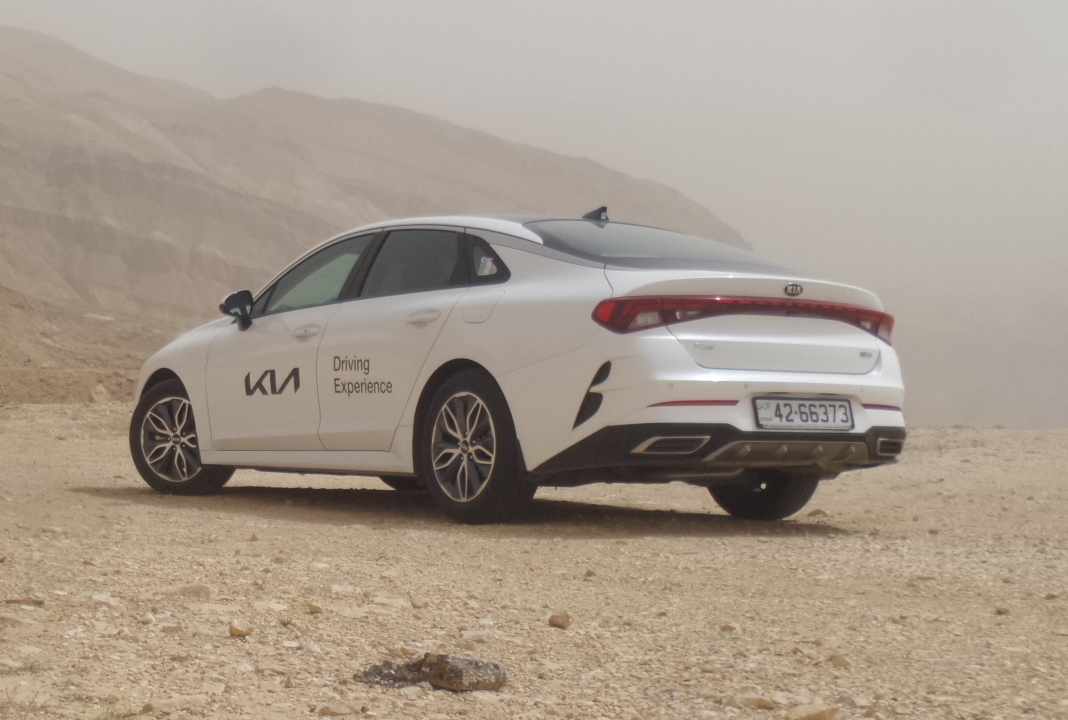
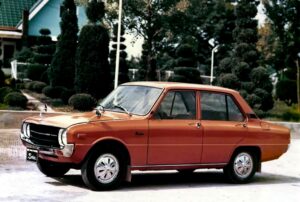 Kia’s first car after licensed Fiat 124 production, the Brisa was in fact a Korean built version of the Mazda Familia / 1000. A compact rear-drive saloon with independent front and live axle leaf spring suspension and a 1-litre engine, the Brisa saloon was known as the S-1000 and accounted for nearly half of the model’s production at 30,000 units. It was however the modified Brisa pick-up that sold over half, and became Kia’s first export, with 31 units shipped to Qatar in 1975.
Kia’s first car after licensed Fiat 124 production, the Brisa was in fact a Korean built version of the Mazda Familia / 1000. A compact rear-drive saloon with independent front and live axle leaf spring suspension and a 1-litre engine, the Brisa saloon was known as the S-1000 and accounted for nearly half of the model’s production at 30,000 units. It was however the modified Brisa pick-up that sold over half, and became Kia’s first export, with 31 units shipped to Qatar in 1975.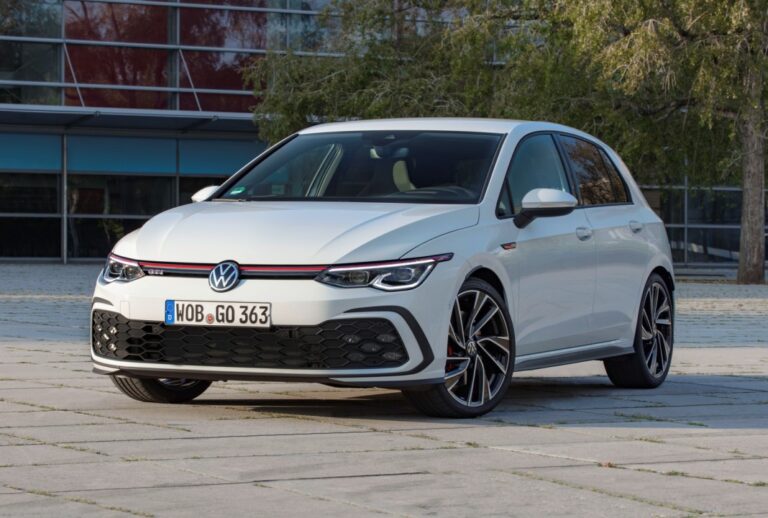
 The new Golf GTI has also become lower, more elongated and dynamic. The new exterior of the vehicle features an array of traditional and new GTI features. The infamous GTI strip has been redefined by a parallel LED crossbar and LED high taillights. The GTI has a turbocharged engine that generates 180 kW (245 HP) in terms of performance and the agility and sportiness has been perfected with the new, networked Vehicle Dynamics Manager.
The new Golf GTI has also become lower, more elongated and dynamic. The new exterior of the vehicle features an array of traditional and new GTI features. The infamous GTI strip has been redefined by a parallel LED crossbar and LED high taillights. The GTI has a turbocharged engine that generates 180 kW (245 HP) in terms of performance and the agility and sportiness has been perfected with the new, networked Vehicle Dynamics Manager.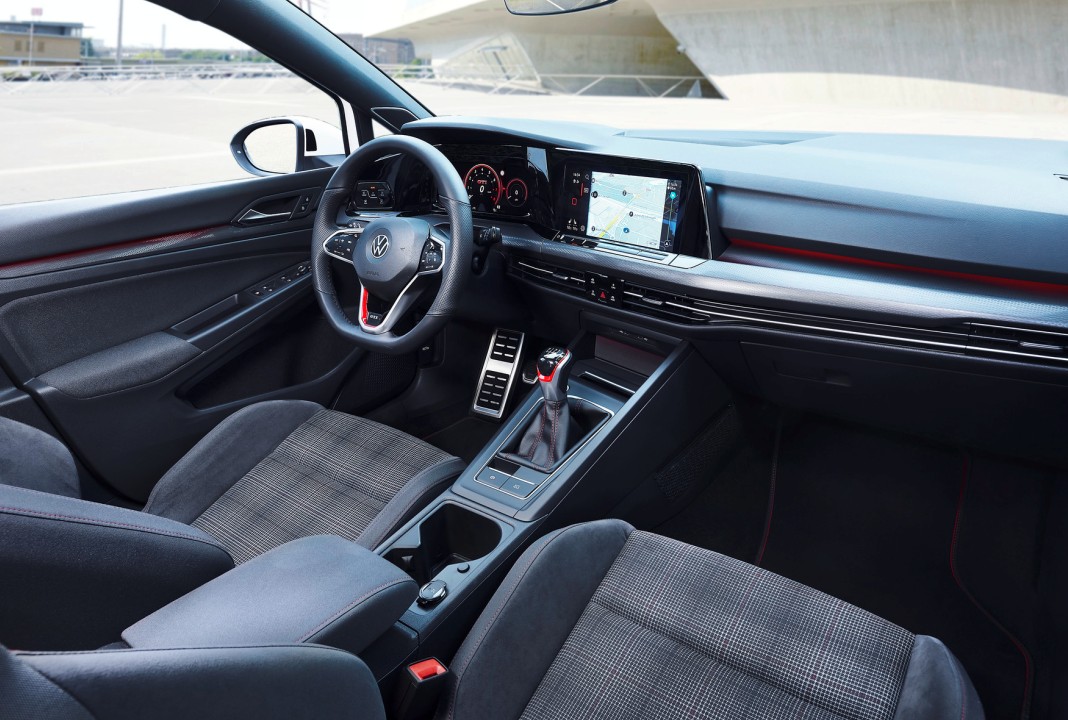
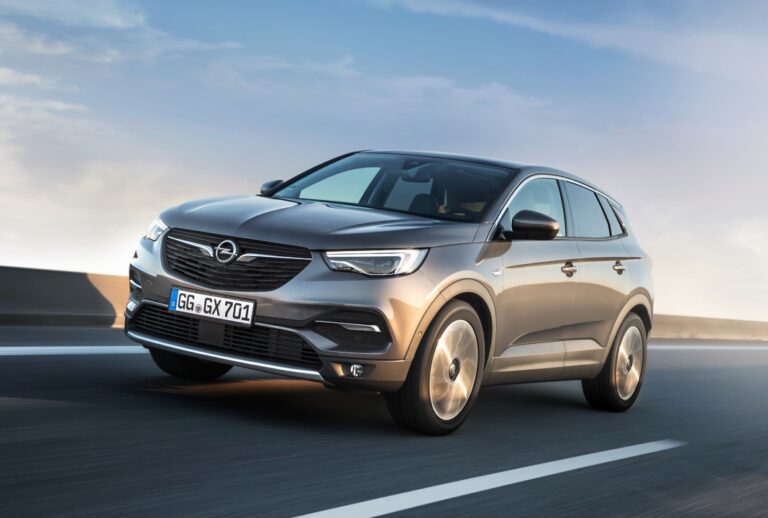
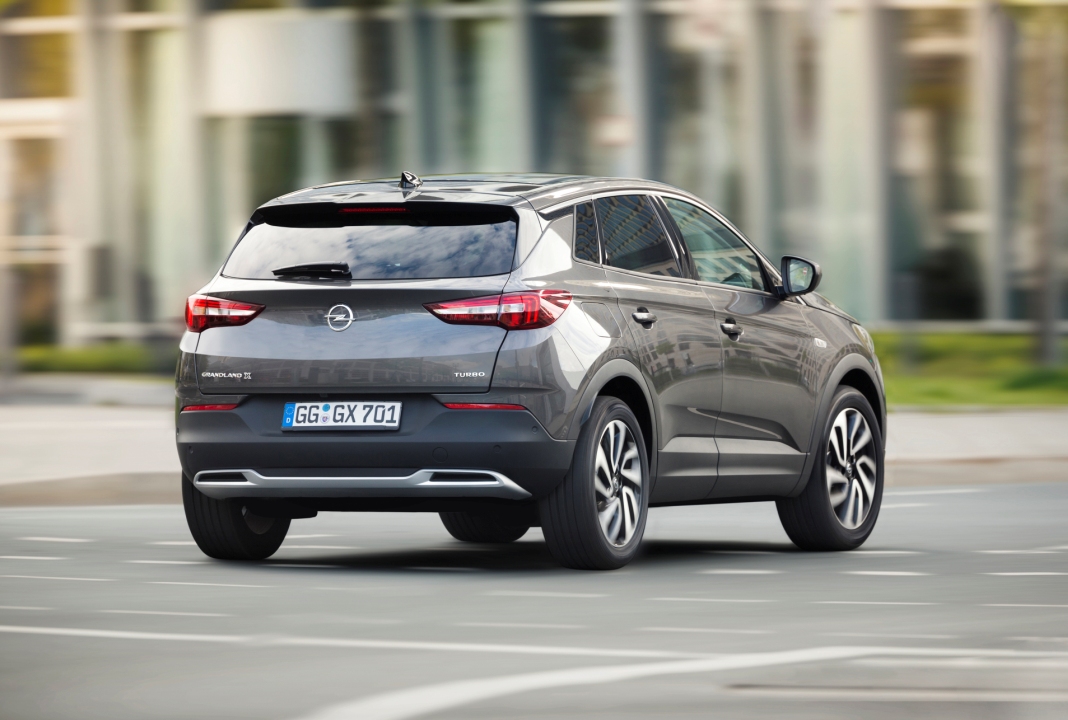 Sitting under its muscular bonnet, the Grandland X’s turbocharged direct injection 1.6-litre four-cylinder engine powers the front wheels through a slick-shifting and responsive 6-speed automatic gearbox, as driven and available in Jordan. Offered elsewhere with other engine options including a more powerful 1.6-litre, new 8-speed automatic gearbox, and optional front-biased four-wheel-drive, the Grandland X 1.6T is however served perfectly well with front-wheel-drive, which imbues it a perky, playful and almost hatchback-like driving character and keeps weight and fuel consumption comparatively low at around 1.4-tonnes and 7l/100km on the combined cycle, respectively.
Sitting under its muscular bonnet, the Grandland X’s turbocharged direct injection 1.6-litre four-cylinder engine powers the front wheels through a slick-shifting and responsive 6-speed automatic gearbox, as driven and available in Jordan. Offered elsewhere with other engine options including a more powerful 1.6-litre, new 8-speed automatic gearbox, and optional front-biased four-wheel-drive, the Grandland X 1.6T is however served perfectly well with front-wheel-drive, which imbues it a perky, playful and almost hatchback-like driving character and keeps weight and fuel consumption comparatively low at around 1.4-tonnes and 7l/100km on the combined cycle, respectively.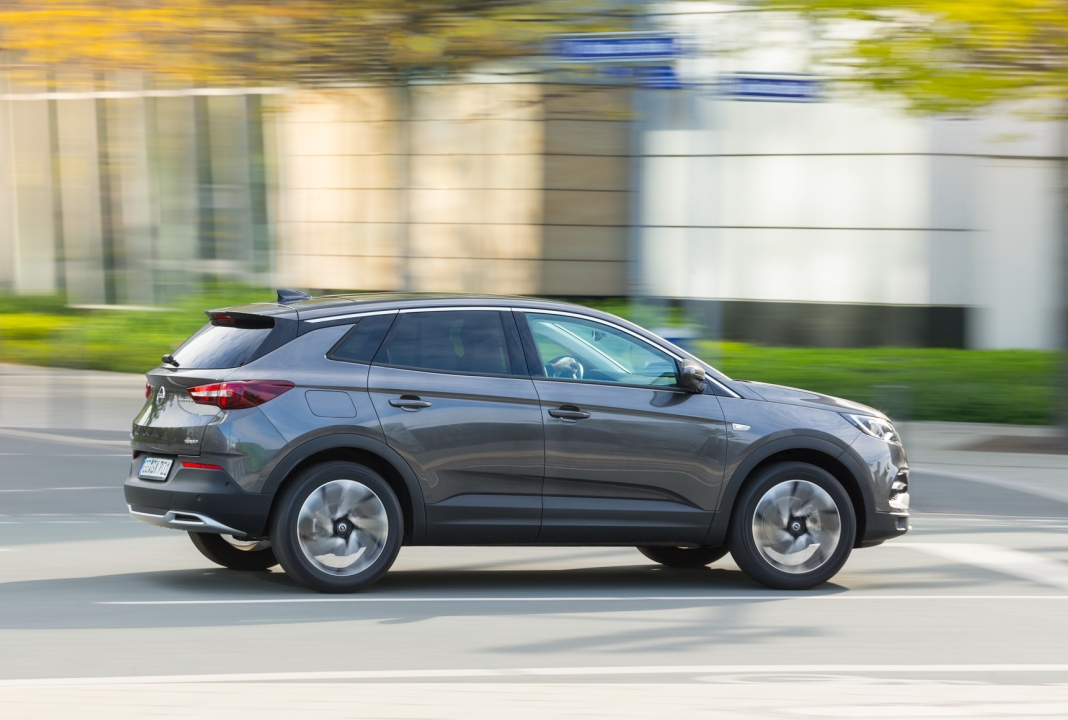 Stable from sudden unintended inputs on the straight ahead, the Grandland X’s steering is however direct, quick and accurate, if somewhat clinical rather than layered with textured feel and nuance. Turning tidily and gripping taut into corners, the Grandland X proved surprisingly nimble and agile for a moderately high riding crossover. Eager into and through corners, its rear follows through just as willingly and seems like it would be quite adjustable and eager should the occasion arise. That said, the Grandland X feel committed through corners, while body lean was well controlled.
Stable from sudden unintended inputs on the straight ahead, the Grandland X’s steering is however direct, quick and accurate, if somewhat clinical rather than layered with textured feel and nuance. Turning tidily and gripping taut into corners, the Grandland X proved surprisingly nimble and agile for a moderately high riding crossover. Eager into and through corners, its rear follows through just as willingly and seems like it would be quite adjustable and eager should the occasion arise. That said, the Grandland X feel committed through corners, while body lean was well controlled.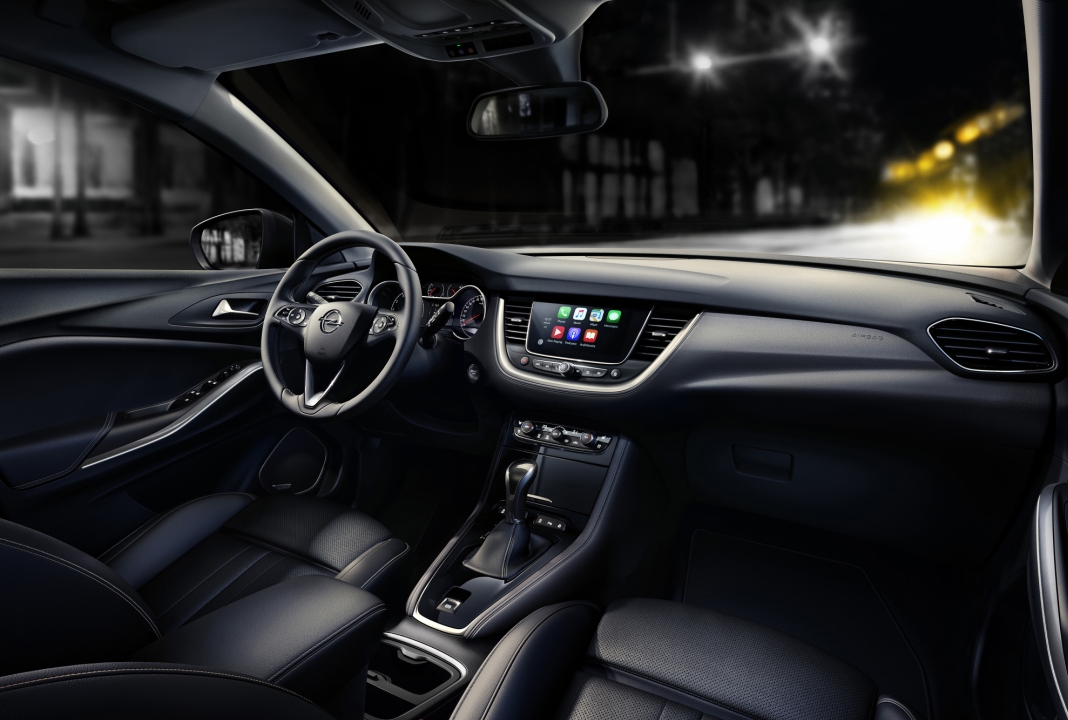 Specifications: Opel Grandland X 1.6T
Specifications: Opel Grandland X 1.6T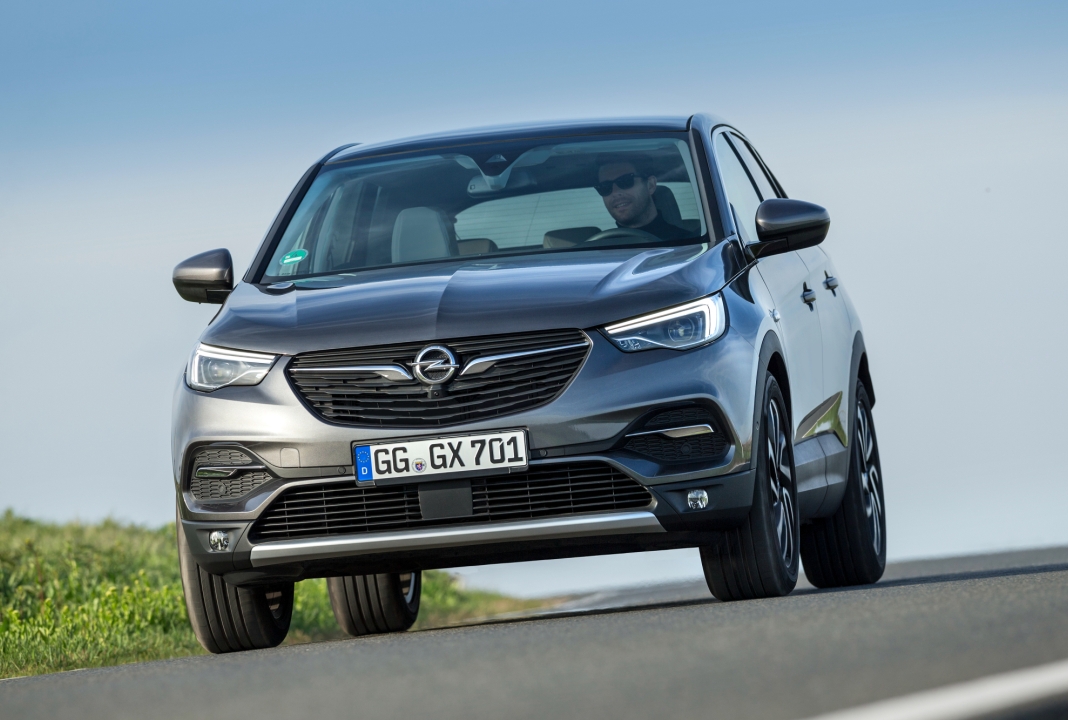
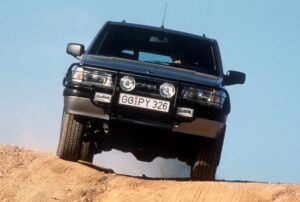

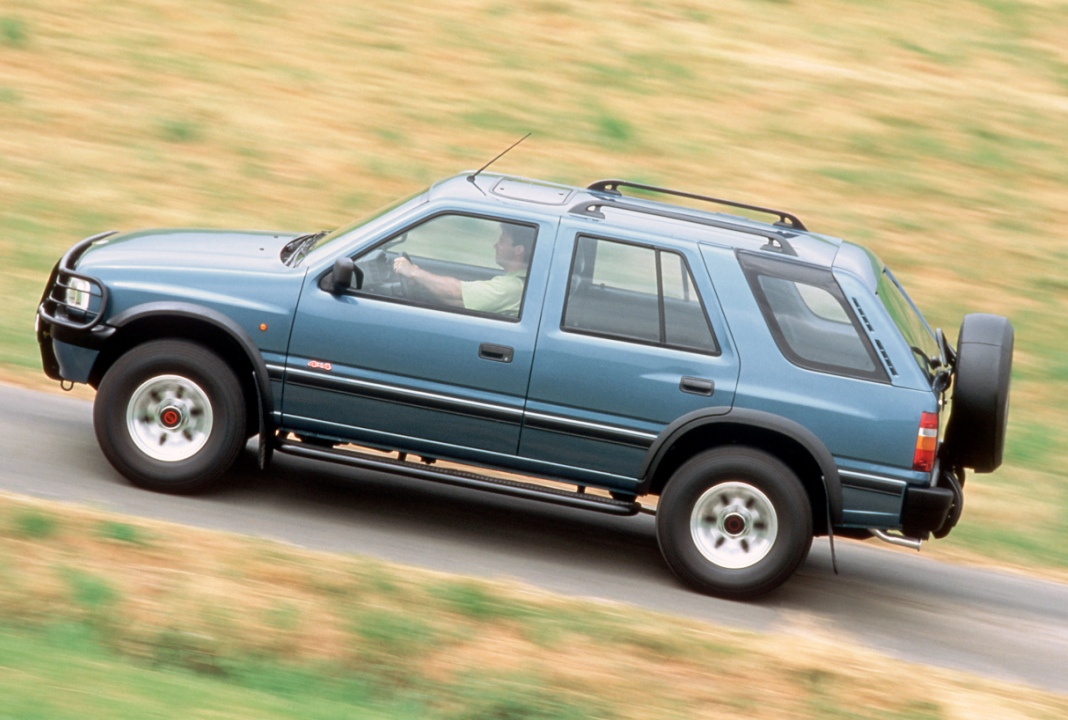 Powered by a broad range of petrol and diesel 4-cylinder and V6 engines ranging between 2.0- to 3.5-litres, the first generation Frontera ‘A’ 5-door version also included an Opel-developed 2.4-litre borrowed from the Opel Manta coupe. Never a quick vehicle by any measure in any guise, the Frontera was however a capable off-road and towing machine, with a low-revving torque-biased delivery. The Frontera 2.4L’s 8-valve SOHC engine developed 123BHP at just 4,800rpm and 143lb/ft at 2,400rpm, and in 5-door guise was capable of 0-100km/h in an estimated 18.6-seconds and a top speed of 153km/h.
Powered by a broad range of petrol and diesel 4-cylinder and V6 engines ranging between 2.0- to 3.5-litres, the first generation Frontera ‘A’ 5-door version also included an Opel-developed 2.4-litre borrowed from the Opel Manta coupe. Never a quick vehicle by any measure in any guise, the Frontera was however a capable off-road and towing machine, with a low-revving torque-biased delivery. The Frontera 2.4L’s 8-valve SOHC engine developed 123BHP at just 4,800rpm and 143lb/ft at 2,400rpm, and in 5-door guise was capable of 0-100km/h in an estimated 18.6-seconds and a top speed of 153km/h.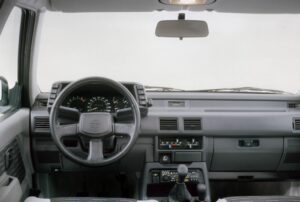 Engine: 2.4-litre, 8-valve SOHC, in-line 4-cylinders
Engine: 2.4-litre, 8-valve SOHC, in-line 4-cylinders
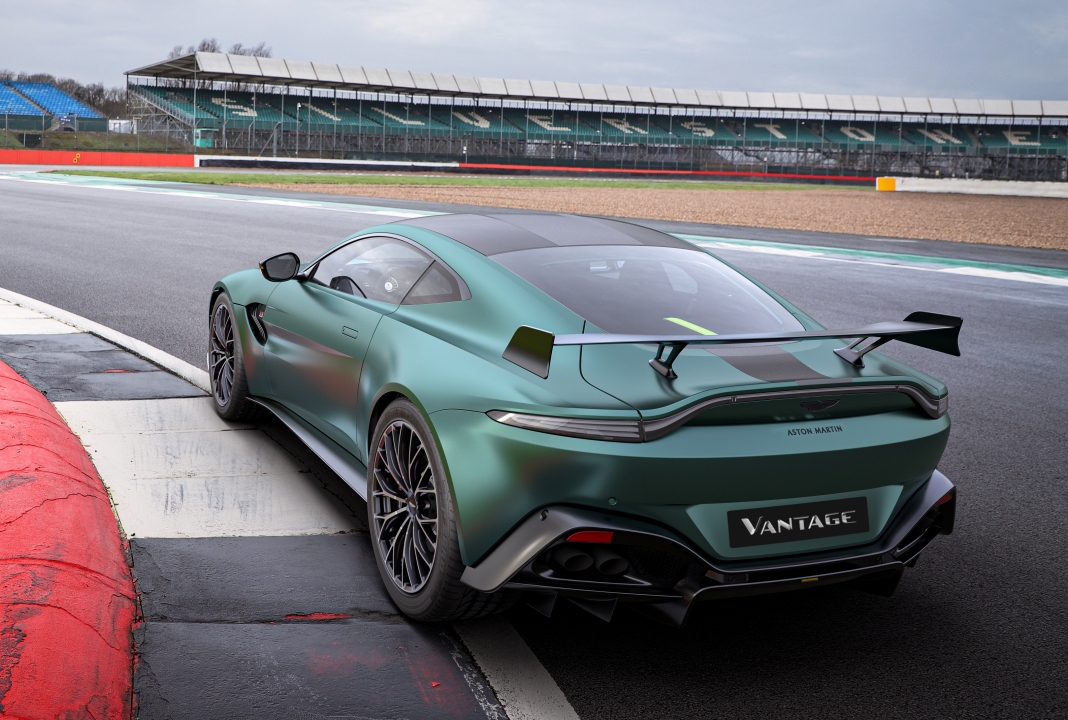 Not only is it the most powerful, but the Vantage F1 Edition benefits from unique and significant chassis and aerodynamic improvements developed by Aston Martin’s hugely experienced engineering team. While the luxury brand’s Aston Martin Cognizant Formula One team was busy preparing a return to the grid, the engineering team behind the infamous road cars were too, creating the ultimate Aston Martin Vantage which could take on the role of an Official Safety Car of Formula 1. Set to work by Chief Executive Officer, Tobias Moers, the task was to develop significant performance enhancements, driven by improved lap time performance in order to successfully carry out its role on the F1 track, but without compromising its on-road capabilities. Notably, it would do so without the fitment of aggressively track-optimised tyres. Following the success of these enhancements, Moers instructed the integration of these into the production car, ultimately developing the new Vantage F1 Edition. The most sporting Vantage in the production range and in essence, a replica of the Vantage Official Safety Car of Formula 1. An exciting proposition for Aston Martin customers.
Not only is it the most powerful, but the Vantage F1 Edition benefits from unique and significant chassis and aerodynamic improvements developed by Aston Martin’s hugely experienced engineering team. While the luxury brand’s Aston Martin Cognizant Formula One team was busy preparing a return to the grid, the engineering team behind the infamous road cars were too, creating the ultimate Aston Martin Vantage which could take on the role of an Official Safety Car of Formula 1. Set to work by Chief Executive Officer, Tobias Moers, the task was to develop significant performance enhancements, driven by improved lap time performance in order to successfully carry out its role on the F1 track, but without compromising its on-road capabilities. Notably, it would do so without the fitment of aggressively track-optimised tyres. Following the success of these enhancements, Moers instructed the integration of these into the production car, ultimately developing the new Vantage F1 Edition. The most sporting Vantage in the production range and in essence, a replica of the Vantage Official Safety Car of Formula 1. An exciting proposition for Aston Martin customers.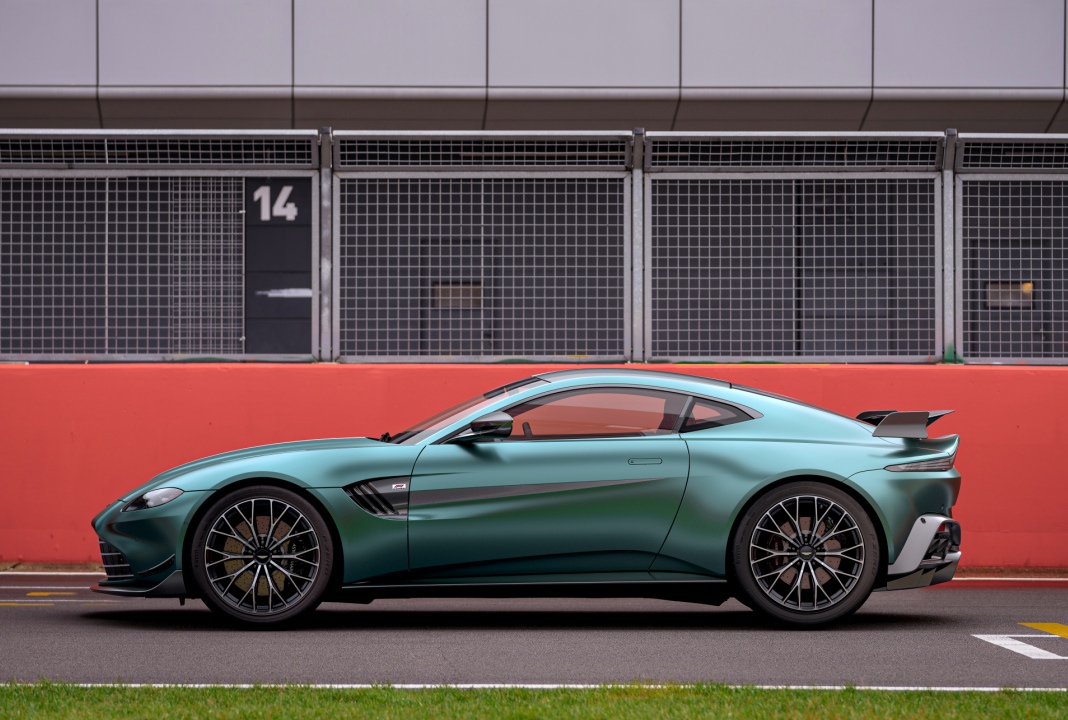 Moving to the chassis, the team’s focus centered on the suspension and steering, with further detailed underbody modifications to increase front structural stiffness for a further improvement in steering feel and response. Reworked damper internals have increased the dampers’ effective force range. This increase in bandwidth brings a noticeable improvement in vertical body control – both through high speed compressions and over crests – without any deterioration in low-speed compliance.
Moving to the chassis, the team’s focus centered on the suspension and steering, with further detailed underbody modifications to increase front structural stiffness for a further improvement in steering feel and response. Reworked damper internals have increased the dampers’ effective force range. This increase in bandwidth brings a noticeable improvement in vertical body control – both through high speed compressions and over crests – without any deterioration in low-speed compliance.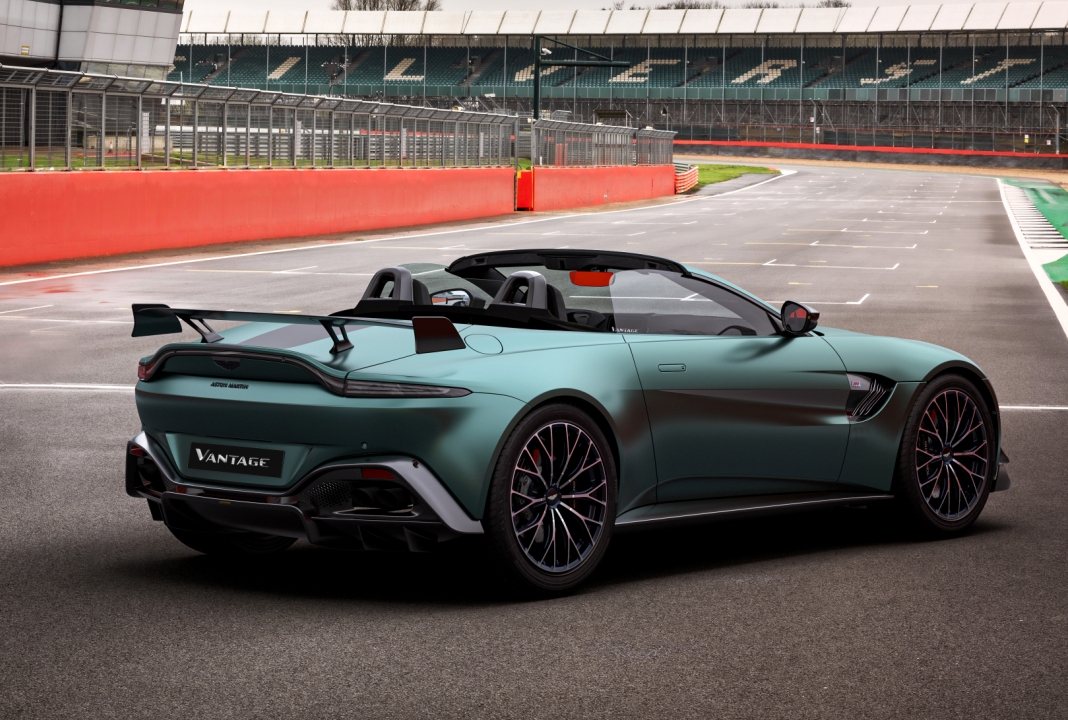 Completing the Vantage F1 Edition’s performance enhancements is a comprehensive aero kit, bringing improvements that can be felt from the driver’s seat and measured against the clock. Designed to deliver positive front and rear downforce, totaling 200kg more downforce than Vantage at top speed – as well as optimising the overall balance of the car, the aerodynamic changes comprise a full-width front splitter, front dive planes, underbody turning vanes, and – most obviously – the new rear wing. The rear diffuser remains unchanged but is still a core feature in the delivery of the aerodynamic performance working in tandem with the new aerodynamic features
Completing the Vantage F1 Edition’s performance enhancements is a comprehensive aero kit, bringing improvements that can be felt from the driver’s seat and measured against the clock. Designed to deliver positive front and rear downforce, totaling 200kg more downforce than Vantage at top speed – as well as optimising the overall balance of the car, the aerodynamic changes comprise a full-width front splitter, front dive planes, underbody turning vanes, and – most obviously – the new rear wing. The rear diffuser remains unchanged but is still a core feature in the delivery of the aerodynamic performance working in tandem with the new aerodynamic features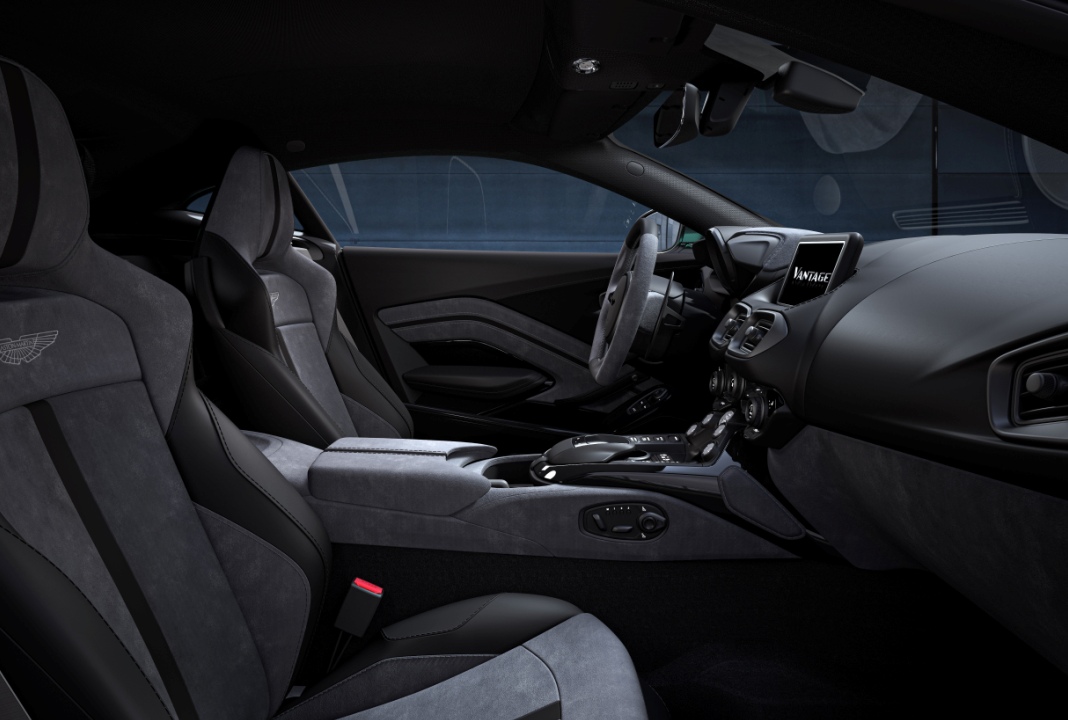 The Vantage F1 Edition – available as Coupe and Roadster – is further distinguished by its vaned grille as standard, 2×2 Twill Carbon Fibre exterior detailing, unique graphics, quad exhausts and a new design of Satin Black Diamond Turned 21” alloy wheel.
The Vantage F1 Edition – available as Coupe and Roadster – is further distinguished by its vaned grille as standard, 2×2 Twill Carbon Fibre exterior detailing, unique graphics, quad exhausts and a new design of Satin Black Diamond Turned 21” alloy wheel.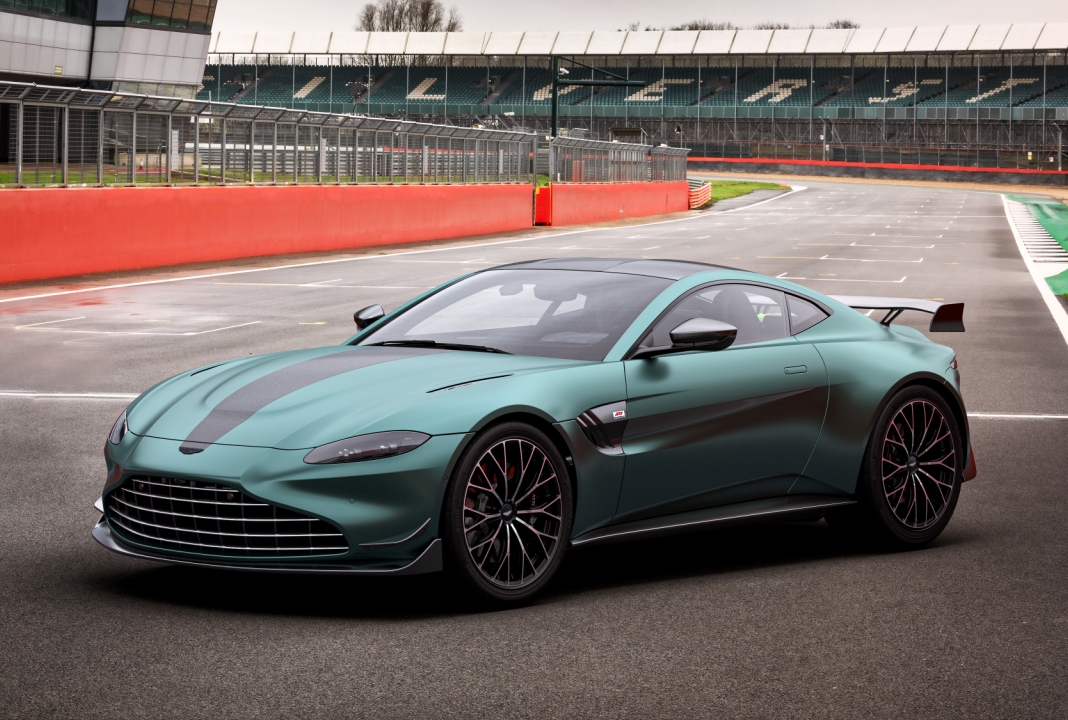
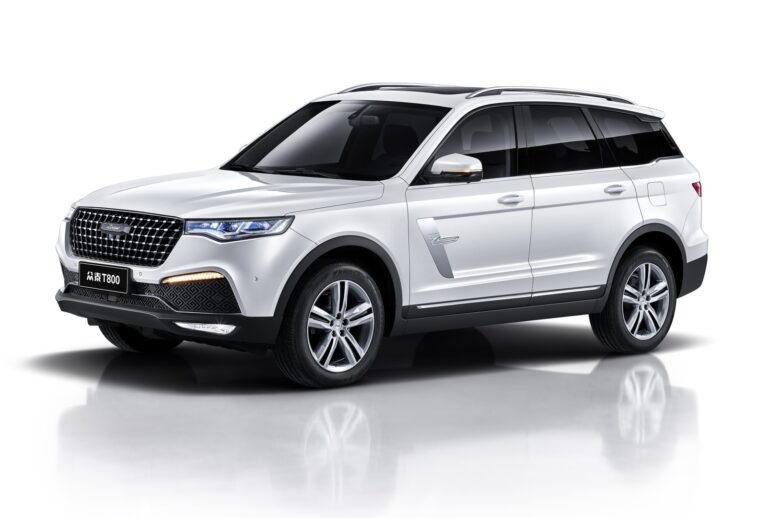
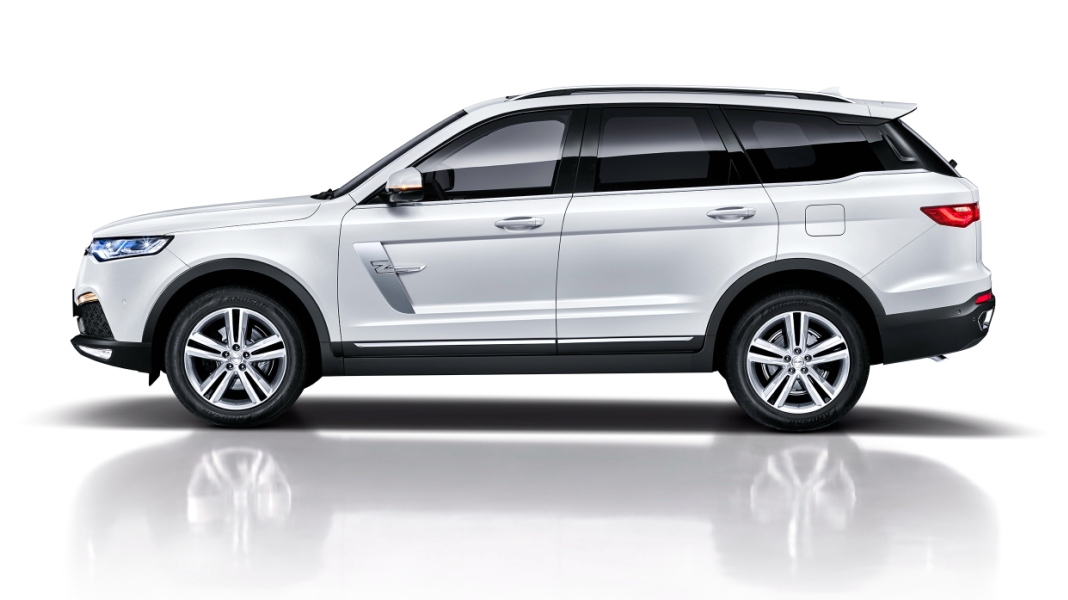 Powered by a Mitsubishi-derived 2-litre turbocharged direct injection 4-cylinder engine driving the front wheels through a slick shifting ZF-sourced 6-speed automated dual-clutch gearbox, the Zotye T700 develops 228BHP at a somewhat low-revving 5,000-5,300rpm plateau and a mighty 258lb/ft torque throughout a broad 2,500-4,000rpm band. Expected to be capable of up to 200km/h, the T700 is meanwhile no slouch in the acceleration department, and is loosely estimated to propel its approximate 1,875kg mass through the 0-100km/h benchmark in 9-seconds or less. Meanwhile, combined cycle fuel efficiency is estimated at 9-litres/100km.
Powered by a Mitsubishi-derived 2-litre turbocharged direct injection 4-cylinder engine driving the front wheels through a slick shifting ZF-sourced 6-speed automated dual-clutch gearbox, the Zotye T700 develops 228BHP at a somewhat low-revving 5,000-5,300rpm plateau and a mighty 258lb/ft torque throughout a broad 2,500-4,000rpm band. Expected to be capable of up to 200km/h, the T700 is meanwhile no slouch in the acceleration department, and is loosely estimated to propel its approximate 1,875kg mass through the 0-100km/h benchmark in 9-seconds or less. Meanwhile, combined cycle fuel efficiency is estimated at 9-litres/100km. During a brief test drive, the T700 proved to be a comfortable cruiser and well refined in terms of noise, vibration and harshness isolation, but with its sporty low profile 235/55R19 tyres, it did feel slightly on the firm side over sudden jagged bumps, lumps and imperfections. On the few opportunities to push hard through corners to explore its handling and dynamic traits, the T700 did seem unexpectedly composed, committed and eager, with quick, tidy turn-in and a willingness for sudden directional change, while body roll seemed well-controlled and grip levels reassuring.
During a brief test drive, the T700 proved to be a comfortable cruiser and well refined in terms of noise, vibration and harshness isolation, but with its sporty low profile 235/55R19 tyres, it did feel slightly on the firm side over sudden jagged bumps, lumps and imperfections. On the few opportunities to push hard through corners to explore its handling and dynamic traits, the T700 did seem unexpectedly composed, committed and eager, with quick, tidy turn-in and a willingness for sudden directional change, while body roll seemed well-controlled and grip levels reassuring.
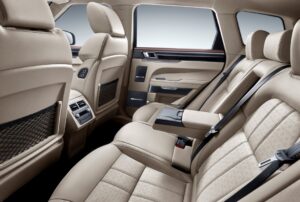
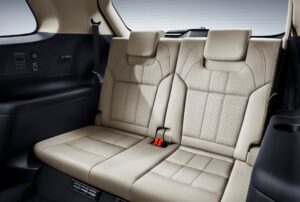
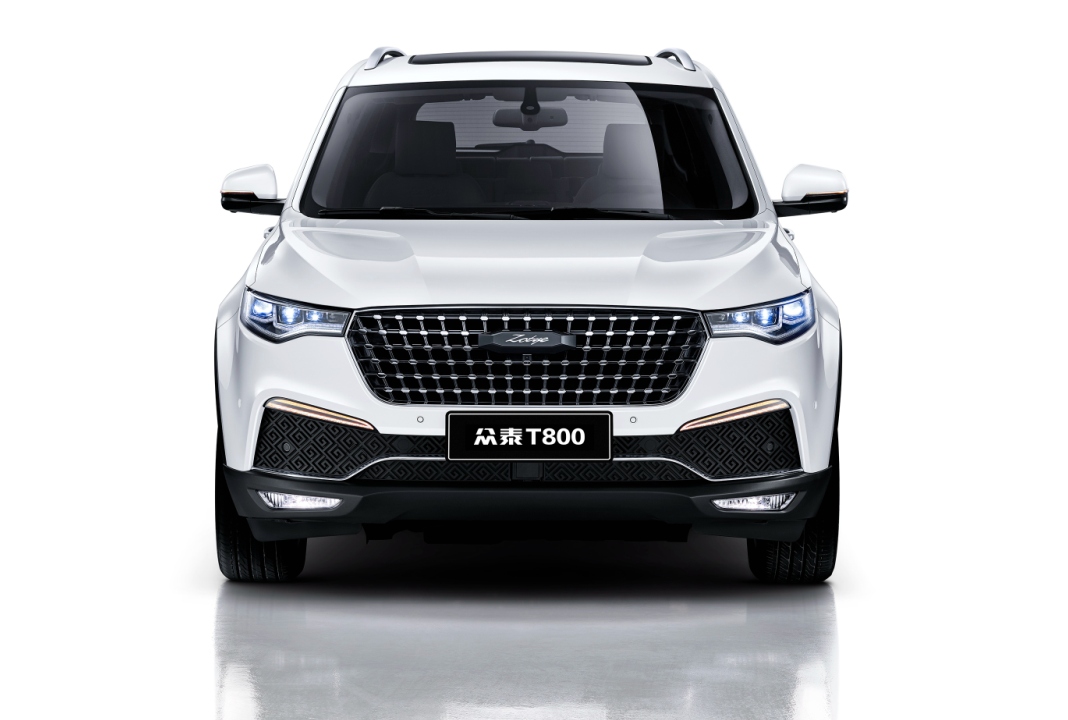
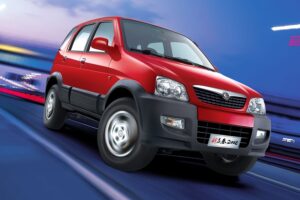 Established in 2005, Zotye’s first model was introduced the following year. Named the RX6400 and later Nomad, it was a licensed version of Daihatsu’s tiny Terios SUV. Powered by a longitudinal 1.3-litre engine developing 87BHP and 85lb/ft, the Nomad was capable of 140km/h and 0-100km/h in 22-seconds. Export models were only available in rear-drive guise under the 2008 nameplate, in honour of the Beijing Olympics.
Established in 2005, Zotye’s first model was introduced the following year. Named the RX6400 and later Nomad, it was a licensed version of Daihatsu’s tiny Terios SUV. Powered by a longitudinal 1.3-litre engine developing 87BHP and 85lb/ft, the Nomad was capable of 140km/h and 0-100km/h in 22-seconds. Export models were only available in rear-drive guise under the 2008 nameplate, in honour of the Beijing Olympics.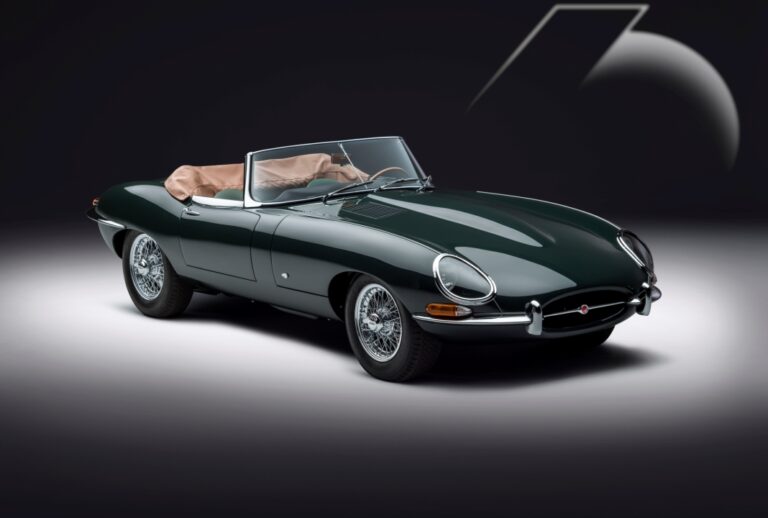
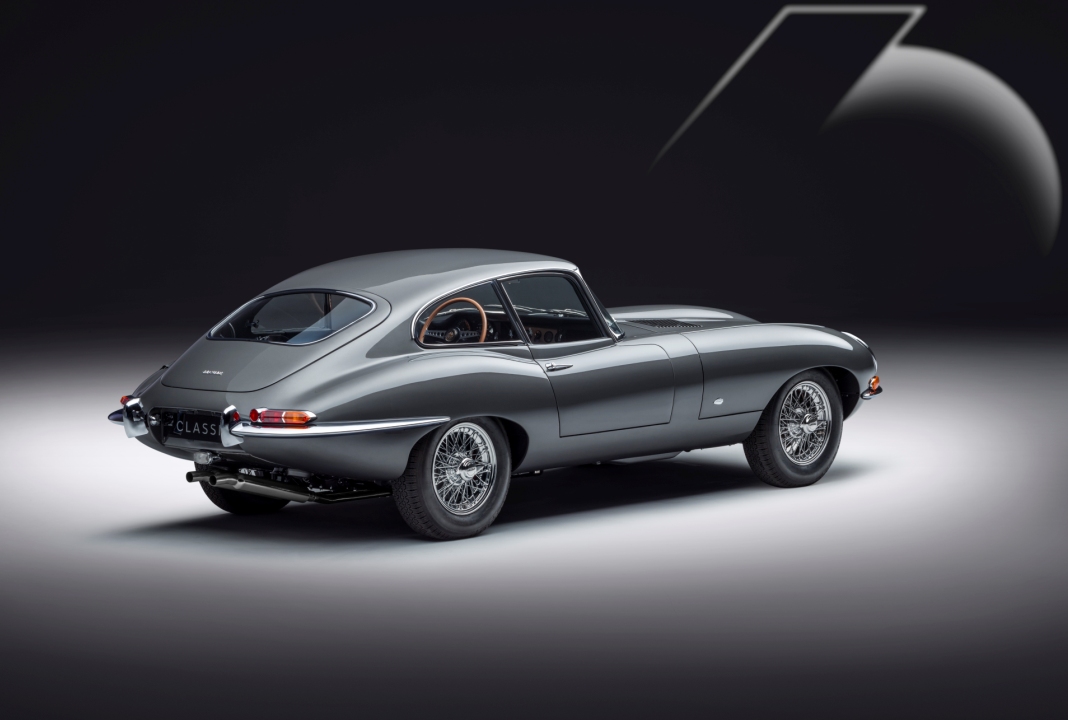 14 March 2021, Dubai, United Arab Emirates – Jaguar Classic has unveiled its first matched pair of E-type 60 Collection cars, and revealed full specification details for the 12 expertly restored and sympathetically uprated 3.8-litre E-types built to celebrate 60 years of the iconic sports car.
14 March 2021, Dubai, United Arab Emirates – Jaguar Classic has unveiled its first matched pair of E-type 60 Collection cars, and revealed full specification details for the 12 expertly restored and sympathetically uprated 3.8-litre E-types built to celebrate 60 years of the iconic sports car.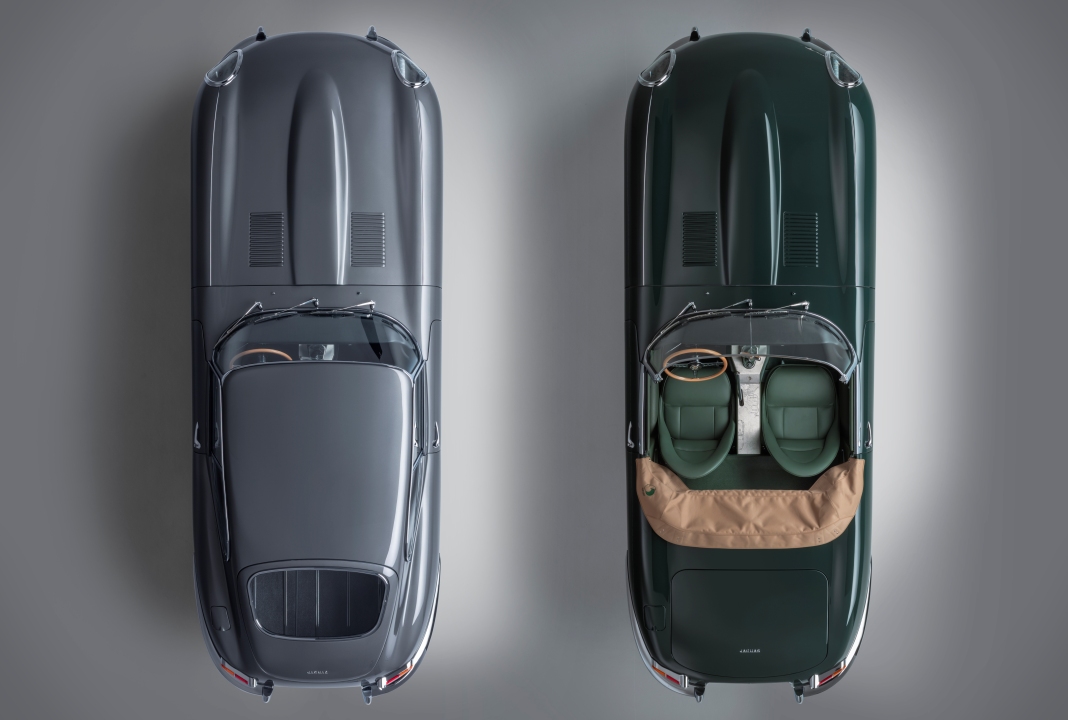 The E-type 60 Collection cars, which are sold as a pair (one E-type 60 Edition coupé, one E-type 60 Edition roadster) are finished in exclusive Flat Out Grey and Drop Everything Green paint colours respectively. These colour formulations are inspired by the original 1961 colours and won’t be used on any other Jaguar.
The E-type 60 Collection cars, which are sold as a pair (one E-type 60 Edition coupé, one E-type 60 Edition roadster) are finished in exclusive Flat Out Grey and Drop Everything Green paint colours respectively. These colour formulations are inspired by the original 1961 colours and won’t be used on any other Jaguar.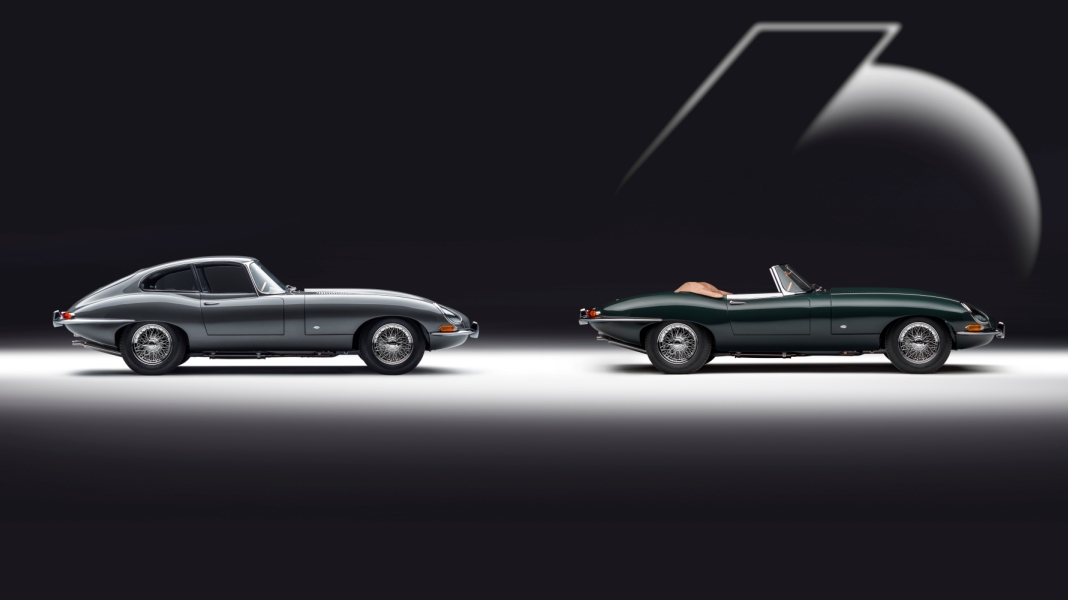 Dan Pink, Director, Jaguar Classic, said: “Sixty years after its unveiling at the Geneva Motor Show in March 1961, the talented team at Jaguar Classic are releasing the ultimate birthday present to the E-type: The E-type 60 Collection. The attention to detail demonstrates how this project has been a labour of love for our designers, engineers, craftspeople and partners. Exquisite detailing combined with enhanced usability ensure these E-types will be coveted and enjoyed for decades to come by their discerning owners, starting with a once-in-a-lifetime Coventry to Geneva pilgrimage for our six customers and their guests in Summer 2022.
Dan Pink, Director, Jaguar Classic, said: “Sixty years after its unveiling at the Geneva Motor Show in March 1961, the talented team at Jaguar Classic are releasing the ultimate birthday present to the E-type: The E-type 60 Collection. The attention to detail demonstrates how this project has been a labour of love for our designers, engineers, craftspeople and partners. Exquisite detailing combined with enhanced usability ensure these E-types will be coveted and enjoyed for decades to come by their discerning owners, starting with a once-in-a-lifetime Coventry to Geneva pilgrimage for our six customers and their guests in Summer 2022.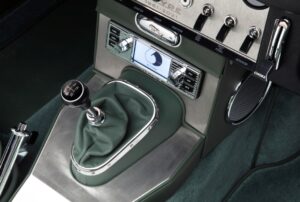 Restored and refined by the experts at Jaguar Classic in Coventry, the E-type 60 Collection cars combine flawless quality and exceptional engineering know-how.
Restored and refined by the experts at Jaguar Classic in Coventry, the E-type 60 Collection cars combine flawless quality and exceptional engineering know-how.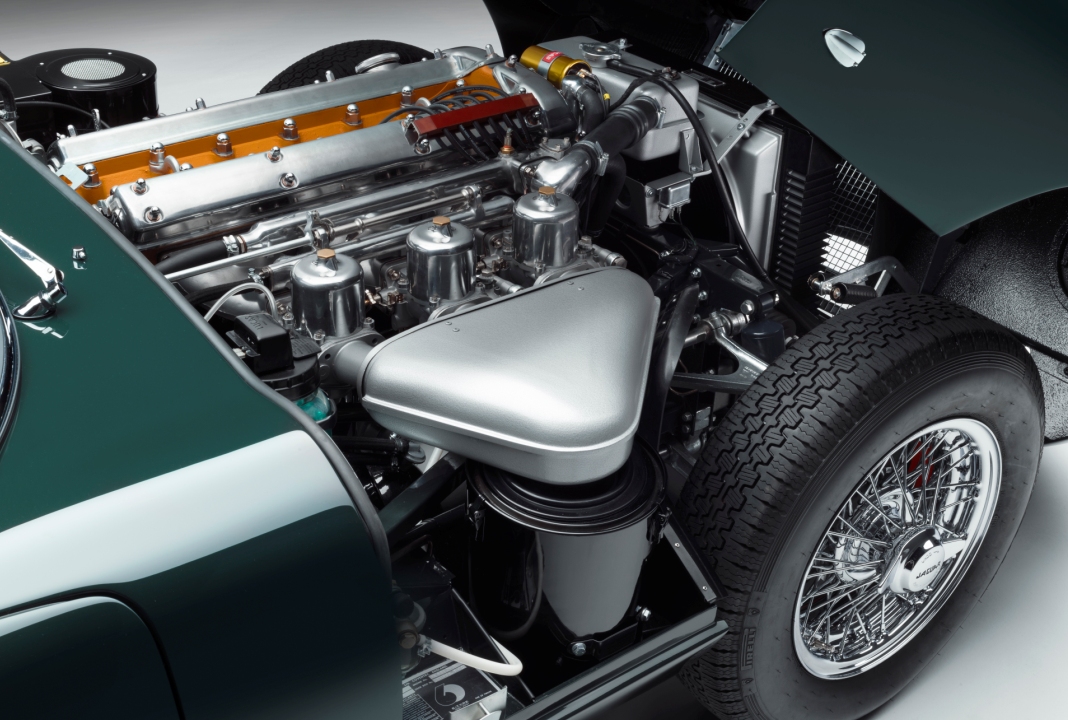 The highlight of the visual enhancements is a unique piece of metal engraving created by prominent artist and world-leading engraver, King Nerd. Johnny ‘King Nerd’ Dowell has inscribed the stainless steel centre consoles of the 12 cars with a bespoke etching relevant to each E-type 60 Edition.
The highlight of the visual enhancements is a unique piece of metal engraving created by prominent artist and world-leading engraver, King Nerd. Johnny ‘King Nerd’ Dowell has inscribed the stainless steel centre consoles of the 12 cars with a bespoke etching relevant to each E-type 60 Edition.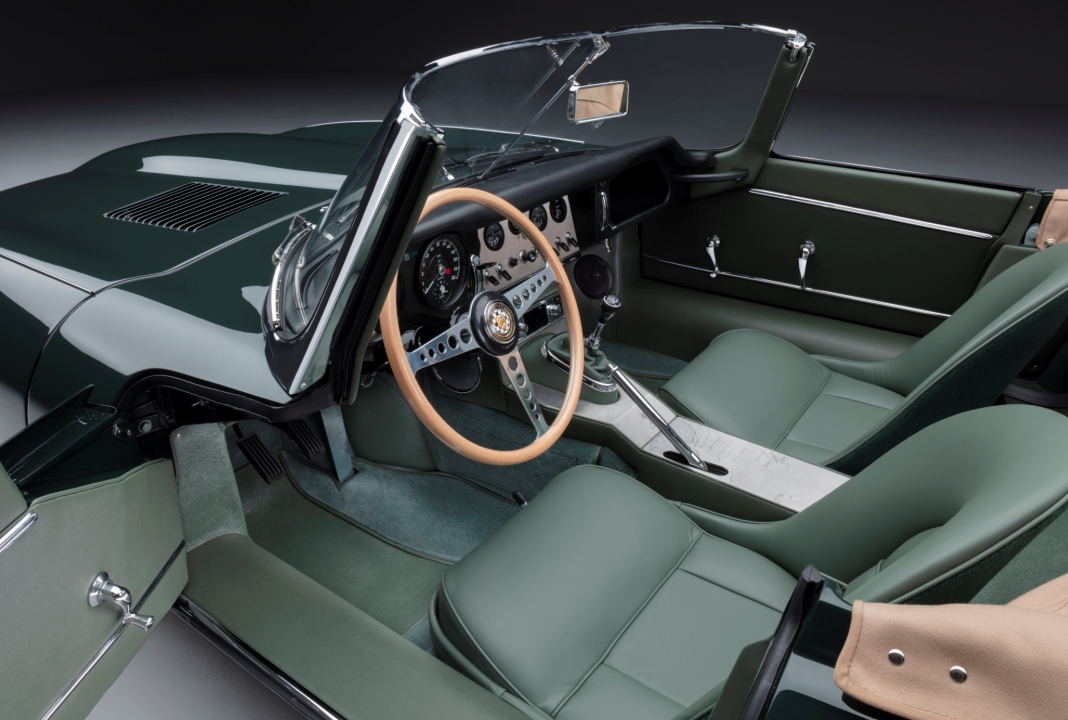 Johnny Dowell, artist and designer ‘King Nerd’, said: “This was a fantastic opportunity to design and engrave the stories of two epic drives by two Jaguar legends in these iconic and special cars. A permanent reminder of the anniversary, everywhere these E-types go, the memory of Bob Berry and Norman Dewis will travel with them.”
Johnny Dowell, artist and designer ‘King Nerd’, said: “This was a fantastic opportunity to design and engrave the stories of two epic drives by two Jaguar legends in these iconic and special cars. A permanent reminder of the anniversary, everywhere these E-types go, the memory of Bob Berry and Norman Dewis will travel with them.”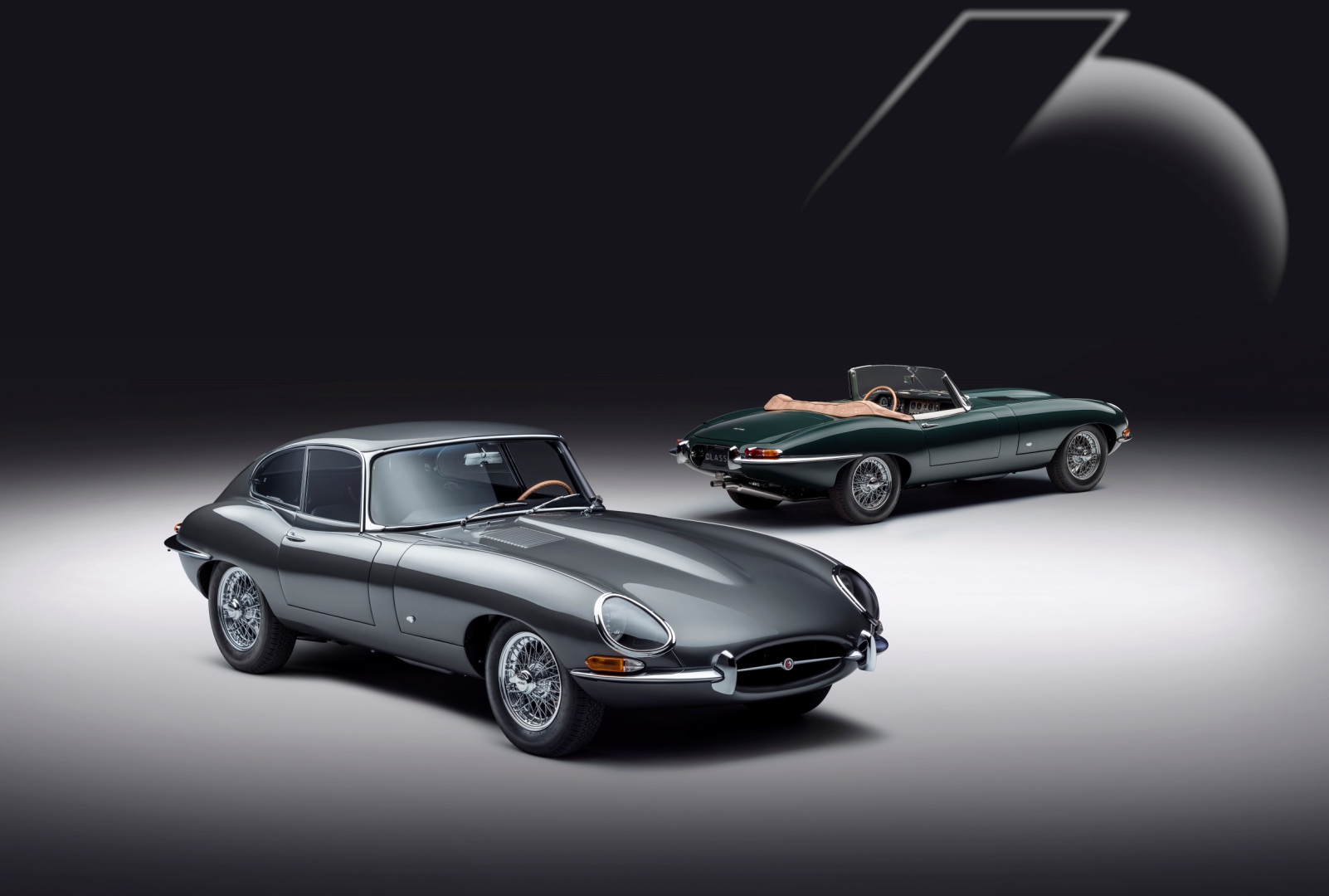
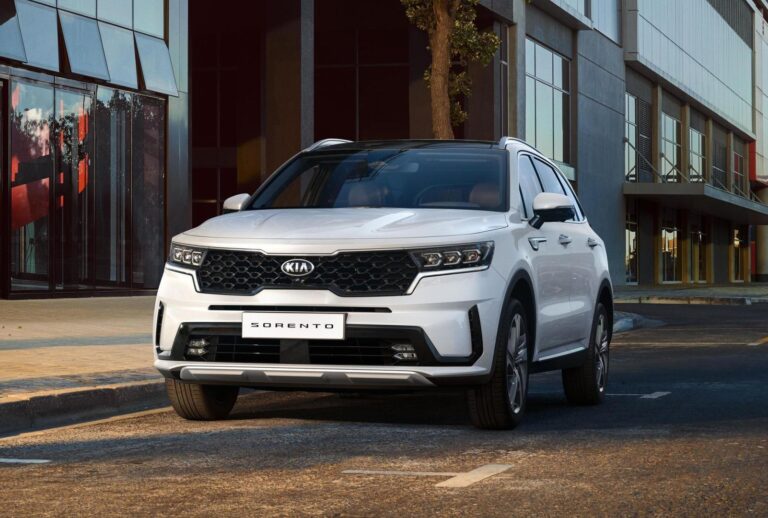
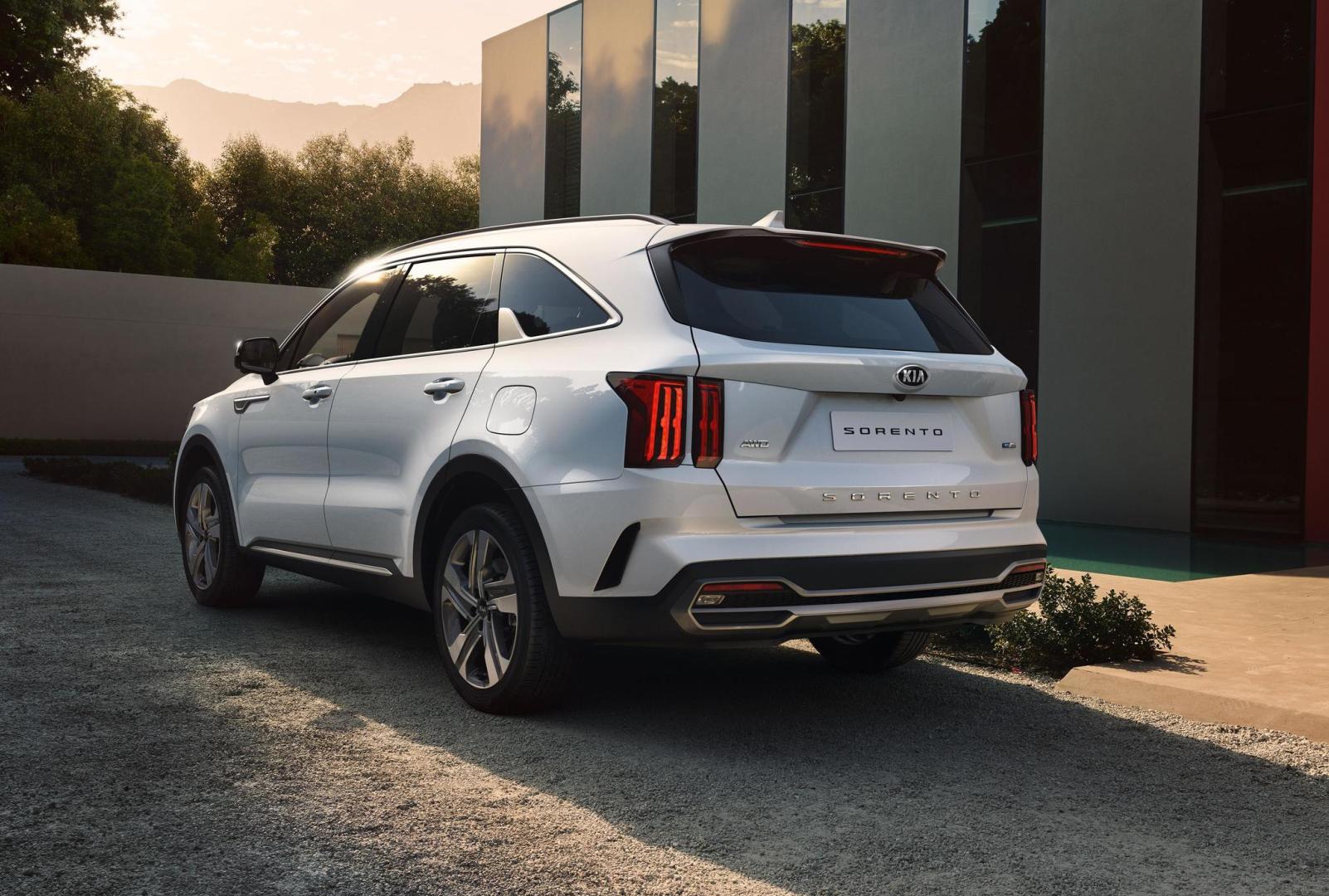 This experience is enlivened by a modern suite of leading-edge features that firmly establish the Sorento as Kia’s most high-tech car ever. The vehicle’s progressive connectivity, driver assistance and infotainment technologies immerse drivers in a connected world of ease. Along with the advanced graphics of its user-friendly twin digital displays, new telematics and smartphone connectivity, these features making travelling safer and less stressful, providing complete peace of mind.
This experience is enlivened by a modern suite of leading-edge features that firmly establish the Sorento as Kia’s most high-tech car ever. The vehicle’s progressive connectivity, driver assistance and infotainment technologies immerse drivers in a connected world of ease. Along with the advanced graphics of its user-friendly twin digital displays, new telematics and smartphone connectivity, these features making travelling safer and less stressful, providing complete peace of mind.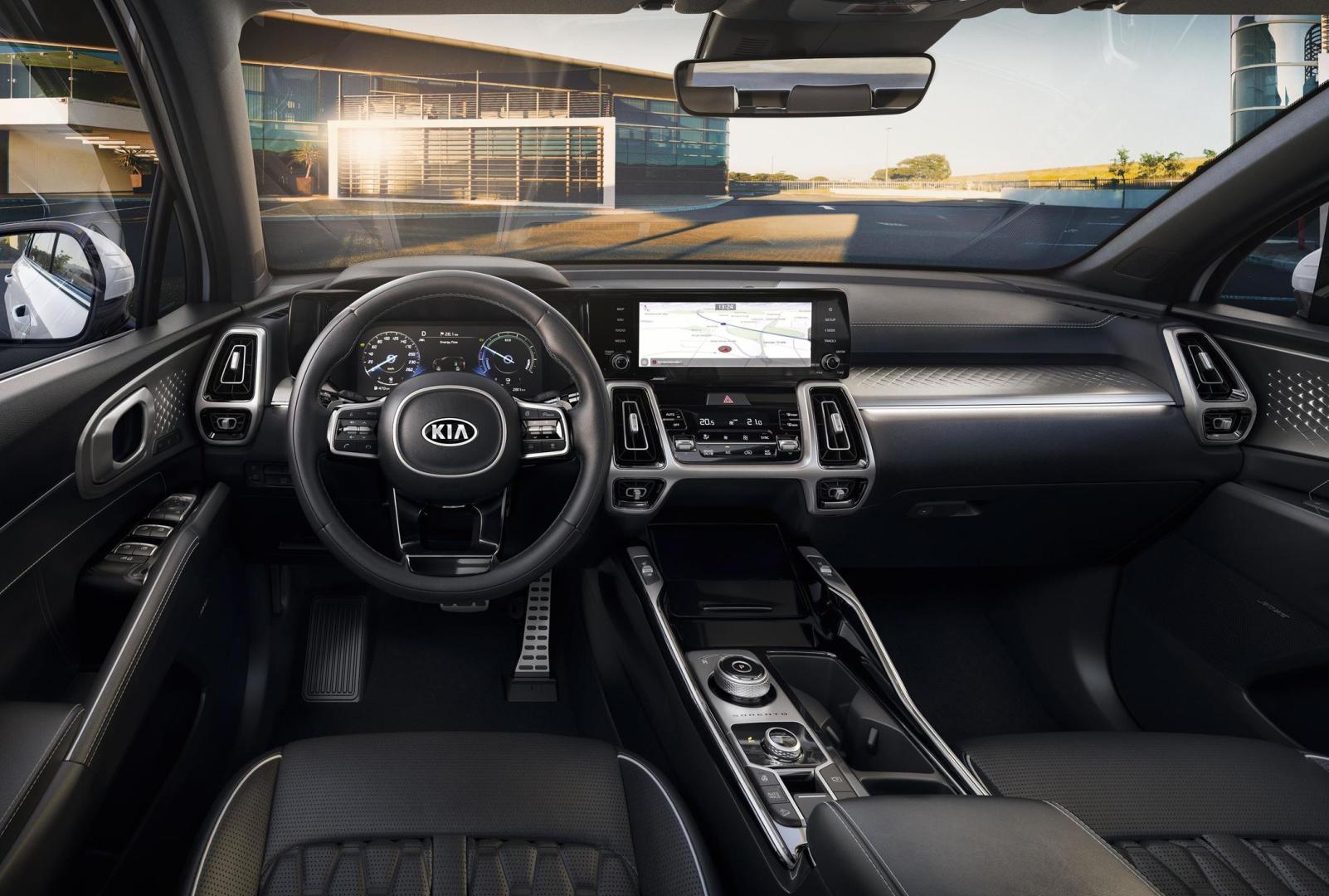 “The new Sorento flies the flag for Kia and our reinvigorated line-up of SUVs. It represents the very best of contemporary car-making, sitting on the shoulders of its predecessors to reach new heights of engineering excellence.”
“The new Sorento flies the flag for Kia and our reinvigorated line-up of SUVs. It represents the very best of contemporary car-making, sitting on the shoulders of its predecessors to reach new heights of engineering excellence.”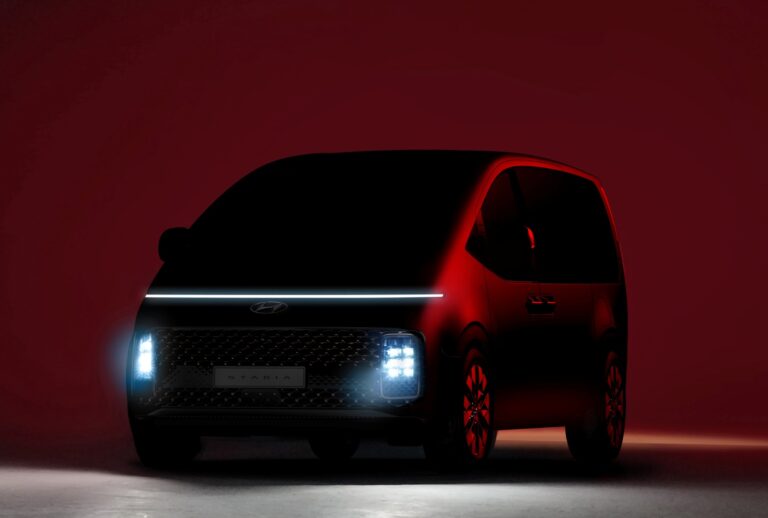
 The STARIA name combines ‘star’ and ‘ria’, in reference to the vehicle’s future-oriented product values and streamlined design characteristics defined by one curve gesture silhouettes as well as clean and pure body volume.
The STARIA name combines ‘star’ and ‘ria’, in reference to the vehicle’s future-oriented product values and streamlined design characteristics defined by one curve gesture silhouettes as well as clean and pure body volume.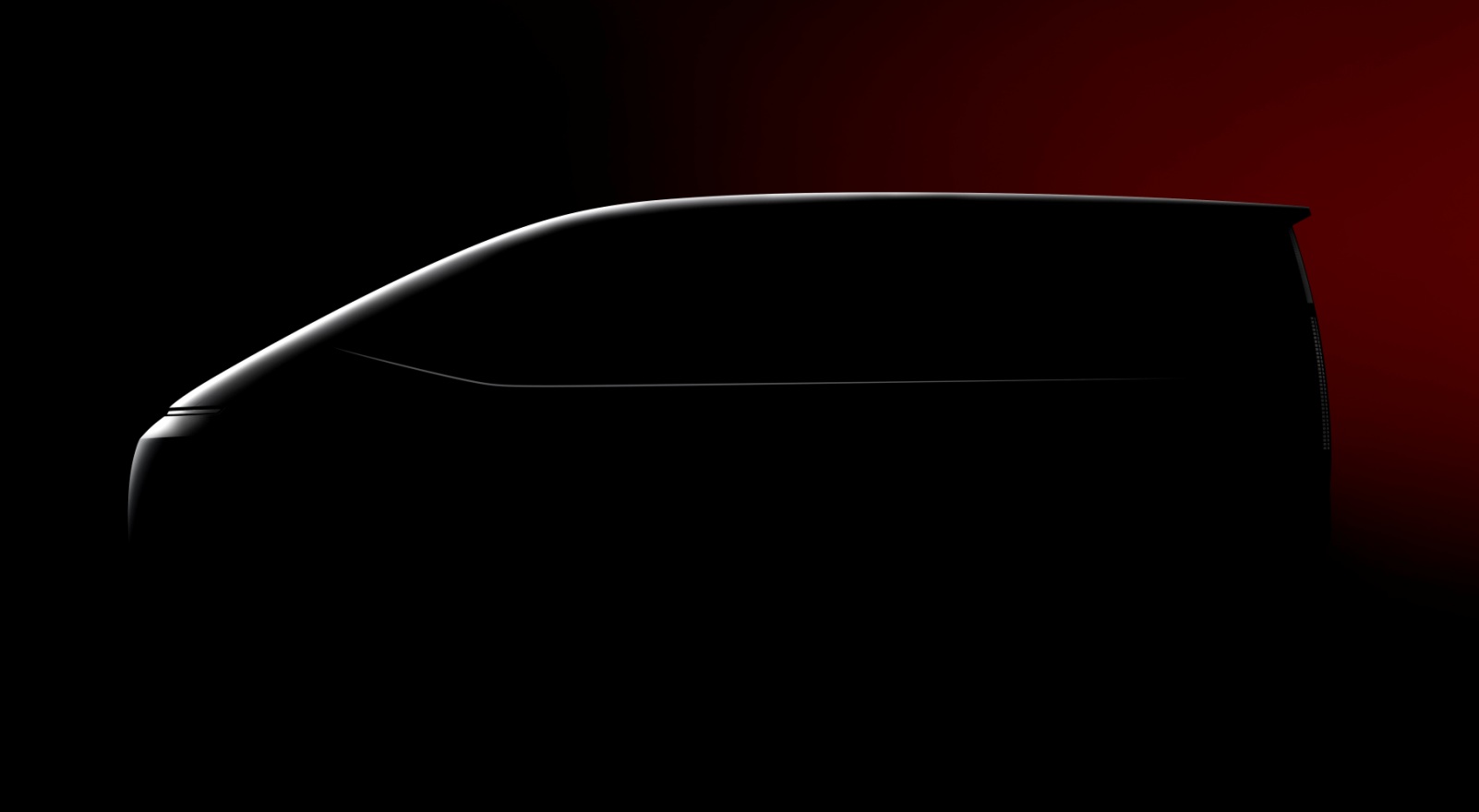 STARIA offers a strikingly futuristic and mysterious exterior, resembling a spaceship. The front is highlighted by a long, horizontal daytime running light and headlamps positioned underneath. The spaceship vibe is echoed by its expansive panoramic windows and lower belt lines, underscoring the openness of the interior. The height of the cabin is also optimized for premium comfort and convenience, making it ideal for both business and family use.
STARIA offers a strikingly futuristic and mysterious exterior, resembling a spaceship. The front is highlighted by a long, horizontal daytime running light and headlamps positioned underneath. The spaceship vibe is echoed by its expansive panoramic windows and lower belt lines, underscoring the openness of the interior. The height of the cabin is also optimized for premium comfort and convenience, making it ideal for both business and family use.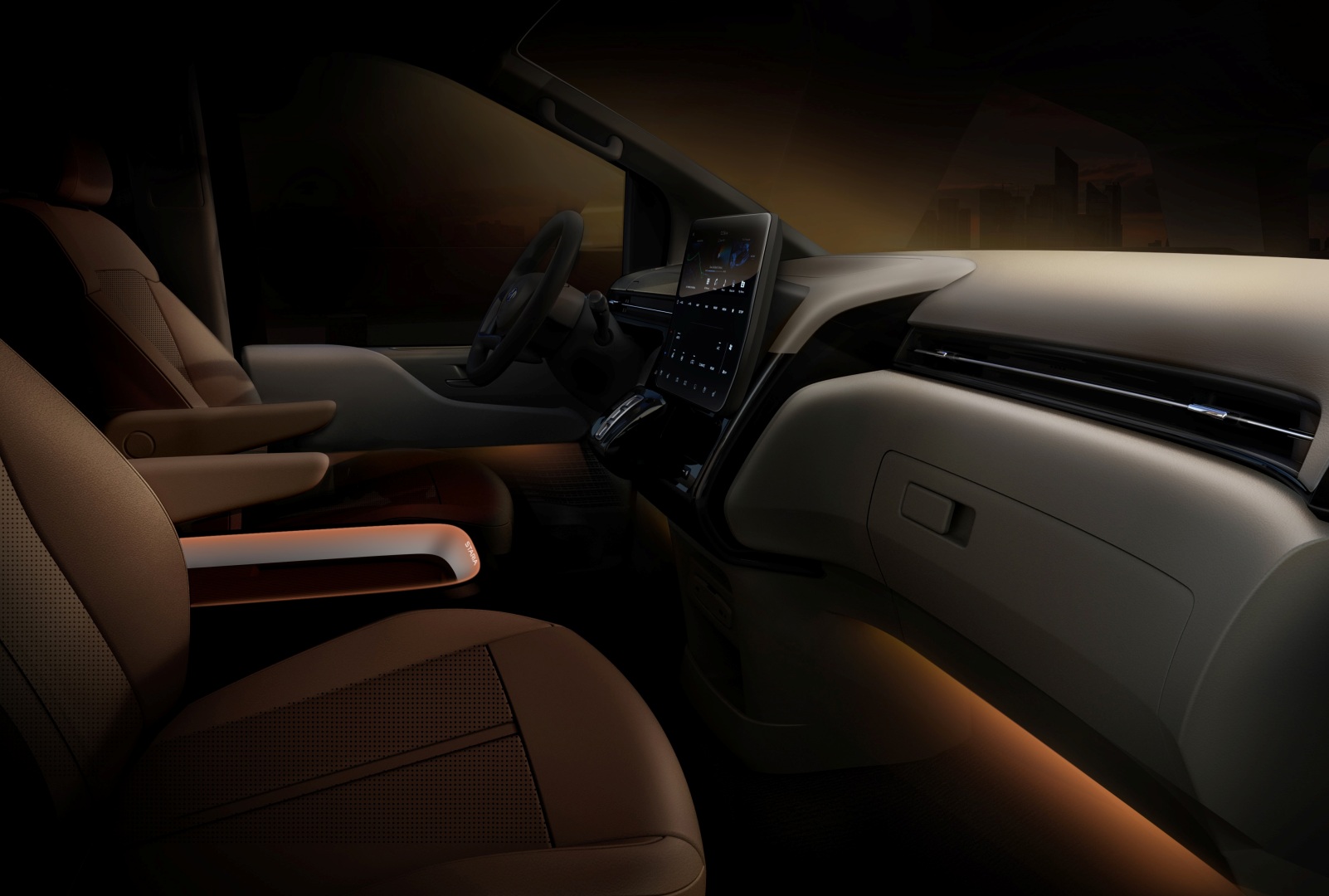 STARIA Premium, which will be available in select markets, takes mobility to the next level, sporting premium features and variant-exclusive finishes for a more luxurious look and feel.
STARIA Premium, which will be available in select markets, takes mobility to the next level, sporting premium features and variant-exclusive finishes for a more luxurious look and feel.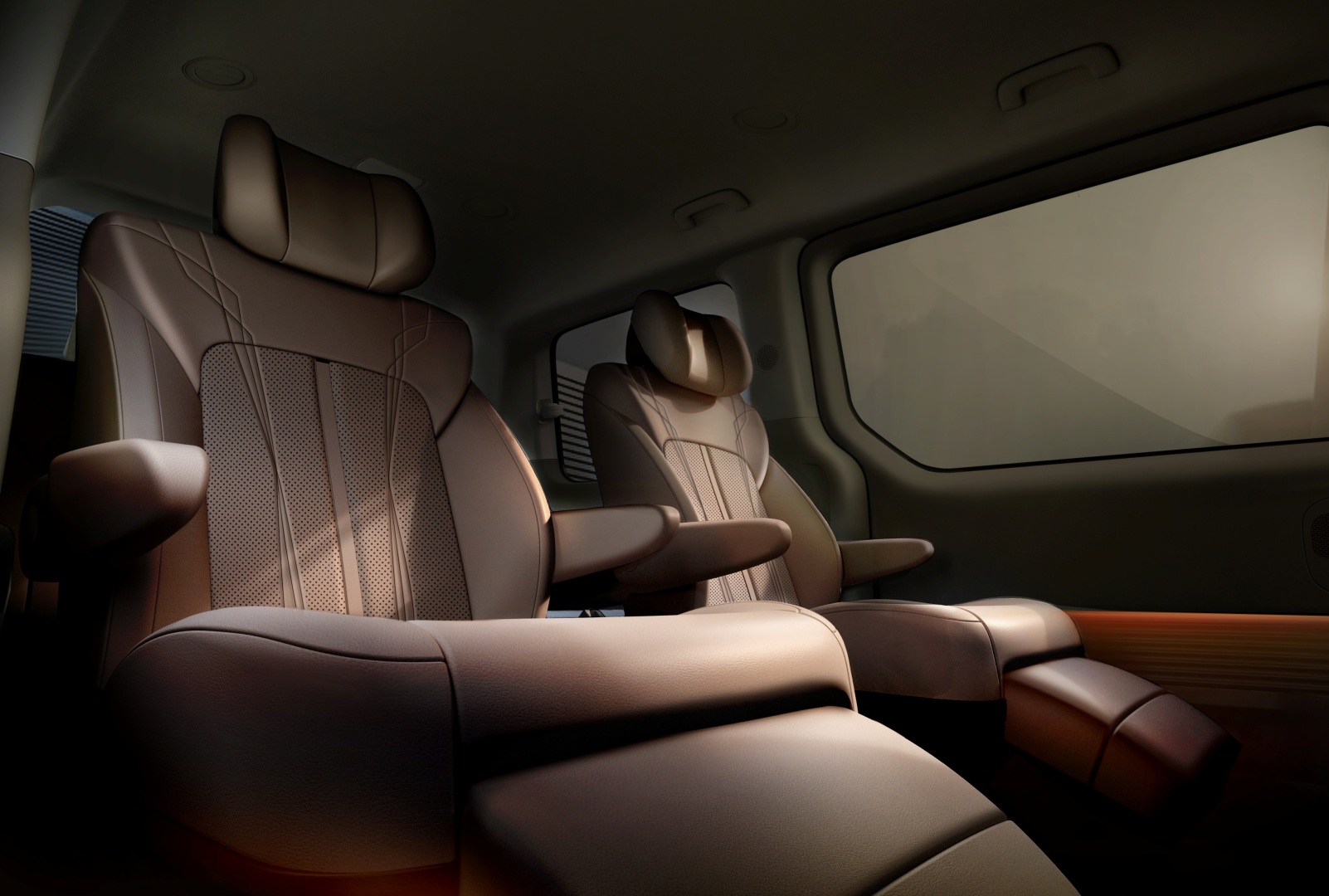


























Recent Comments